Rash From Bed Sheets
Rash From Bed Sheets
You too facing rash from the bed sheets, right! There are several people facing the same problem of rashes and trying to get rid of them. In this blog, we will be discussing the problem of rash from bed sheets and how to prevent it. We will also see other points related to it. After having a discussion with several experts and doctors about what I come to know about it, I'll tell you.

Rash From Bed Sheets
You apply oils and lotions on your body or other cosmetics on your face and fall asleep on your bed. These things do rub off on your bedding sheets and pillows. All these oils, lotions, cosmetics, and dirt that do rub off on your bed sheets allow bacteria and bugs to bread on your sheet. Actually, your bed can be a great breeding ground for bacteria and, above things make your sheet dirty and bacteria grow on your bed. This is the actual problem so change your sheet frequently and wash them regularly. Don’t let your bedding sheet be a breeding ground for bacteria.
Hypoallergenic bed sheets to prevent the rash from bed sheets

Hypoallergenic sheets are those sheets that don't provide a sophisticated environment for indoor allergens. They have a right-weave structure to eliminate gaps and provide a harsh environment for allergens. Hypoallergenic sheers are naturally resistant to dust particles and mildew and generally made with cotton, silk, etc. Bacteria need a damp and humid atmosphere to grow, they cannot live and grow on airy breathable surfaces. Most hypoallergenic sheets made with cotton, silk, linen, wool, etc. They are natural fabrics and weaving them allows air to pass from one side to another side. Wool has the moisture-wicking quality to keep sheets dry that prevents allergens to grown, but you cannot use them in a humid climate so, opt for cotton and linen they are perfect for all-season sometimes they also known as season-friendly fabrics as we can use them in any season. Some man-made fabrics also can be hypoallergenic but still, they can target our skin and we can face skin diseases because of them.
Sheets itchy after washing
I’ve seen, when people come to know that they are facing itching or rash problems because of dirty sheets. They wash them and again start using them and again complain that sheets are still itchy even after washing them. Either your sheet is not washed properly or your sheet is not skin-friendly. If your sheet is neat and clean but still you are facing the same problem, kindly change your sheet.
New bed sheet making me itch
I’ve seen so many times that even new bed sheets make us itch. Now you must be thinking that the new bed sheet would be clean so how it can make us itch? But yes, sometimes it happened because it may be a new bed sheet but may not be of a skin-friendly fabric. What are skin-friendly fabrics? Fabrics made from natural resources such as cotton, linen, and silk. These are natural fabrics and skin-friendly fabrics that do not harm your skin and are good for sensitive skin as well. There are so many men-made fabrics, we cannot count on fingers. So, while purchasing a new bed sheet you should see the label on it, what is it made of?
What are the best sheets for sensitive skin?
If anyone has sensitive skin we suggest them to have bedding accessories that are made with natural fabric such as cotton or linen or silk. Your whole body touches your bedding like a pillow, flat sheet or fitted sheet, duvet cover, or comforter. It is better to have all the bedding of natural fabric. As I have a White Sheet Set of Linen that is hypoallergenic, wrinkle-resistant, highly absorbent, and good for sensitive skin. As it is made with 100% linen it does not cause skin problems to my sensitive skin. So be natural and buy natural try to find 100% cotton bedding sheet Set to add to your bedroom.
What does a dust mite rash look like?
A dust mite rash, also known as dust mite allergy or dust mite dermatitis, is not typically characterized by a rash in the traditional sense, like a red or raised skin eruption. Instead, it usually manifests as allergic reactions to proteins found in the feces and body fragments of dust mites, which are tiny microscopic arachnids commonly found in household dust. These allergic reactions can lead to various skin symptoms, such as:
- Redness and Itching: Affected areas of the skin may become red and itchy. This can be particularly uncomfortable and irritating.
- Eczema or Dermatitis: In some cases, prolonged exposure to dust mite allergens can exacerbate pre-existing skin conditions like eczema, causing red, inflamed, and itchy patches on the skin.
- Hives: Some individuals may develop hives, which are raised, itchy welts that can appear on the skin. Hives often have a central pale area surrounded by a red, swollen border.
- Allergic Conjunctivitis: Dust mite allergens can also affect the eyes, causing symptoms such as redness, itching, tearing, and swelling.
- Respiratory Symptoms: In addition to skin reactions, dust mite allergies can cause symptoms like sneezing, a runny or stuffy nose, and coughing, as well as exacerbate asthma in individuals with the condition.
It's important to note that the symptoms of a dust mite allergy can vary from person to person. If you suspect you have a dust mite allergy or are experiencing skin or respiratory symptoms, it's advisable to consult a healthcare provider or allergist for proper evaluation and diagnosis. They can recommend appropriate treatments or allergen avoidance strategies to help alleviate your symptoms.
How do I know if I have mites in my bed?
Detecting the presence of mites in your bed typically involves a combination of visual inspection and being aware of common signs. Here's how you can check for mites in your bedding:
- Visible Signs:
- Visible Mites: Dust mites are microscopic and not typically visible to the naked eye. However, you may sometimes see tiny specks that appear as dust or debris, which can be their feces and shed skin fragments.
- Small Bites or Skin Irritations: If you wake up with unexplained red, itchy bites or skin irritations, especially if they are concentrated around areas that come into contact with your bedding (e.g., arms, neck, and face), this may be an indicator of mites. Keep in mind that these symptoms can be caused by various other factors as well.
- Allergy Symptoms: Allergic Reactions: Dust mites can trigger allergies, leading to symptoms like sneezing, a runny or stuffy nose, coughing, itchy or watery eyes, and even skin rashes. If you experience these symptoms consistently when in bed or shortly after waking up, it may suggest the presence of dust mites.
- Bedding Inspection:
- Inspect Your Bedding: Examine your mattress, pillows, and bedding. Look for any visible signs of dust mites, such as tiny specks or debris. You might need a magnifying glass to spot them if they are present.
- Check for Dust: Dust mites thrive in dust, so if you notice a significant accumulation of dust on your bedding, it can be an indication that mites may also be present.
- Lift the Sheets and Covers: Lift your sheets and covers to check for any signs of mites, especially in the seams, folds, and crevices.
- Allergen Testing: Allergen Testing Kits: If you suspect mites but can't confirm their presence through visual inspection, you can use dust mite allergen testing kits available at many home improvement stores or online. These kits can help identify the presence of dust mite allergens in your bedding.
- Professional Inspection: If you're unable to determine the presence of mites or if you have persistent allergy symptoms, you can consider hiring a professional pest control service or allergist to inspect your bedding and test for dust mite allergens.
To reduce the risk of dust mites in your bedding, you can take preventive measures like using dust mite-resistant mattress and pillow covers, washing your bedding regularly in hot water, and vacuuming your mattress and bedroom frequently. Maintaining a clean and allergen-free sleeping environment can help alleviate allergy symptoms and reduce the likelihood of dust mites in your bed.
What is the best way to get rid of bed mites?
Getting rid of dust mites can be a challenging task, but there are several effective strategies you can use to reduce their presence and alleviate allergy symptoms associated with dust mite allergies. Here are some of the best ways to manage and minimize dust mites in your home:
- Wash Bedding: Regularly wash your bedding, including sheets, pillowcases, blankets, and comforters, in hot water (at least 130°F or 54°C) to kill dust mites and remove their allergens. Aim to do this every one to two weeks.
- Use Dust Mite-Proof Covers: Encase your mattress, box spring, and pillows with dust mite-proof covers. These covers create a barrier that prevents dust mites from infesting your bedding.
- Frequent Vacuuming: Use a vacuum cleaner with a HEPA filter to thoroughly vacuum your mattress, carpets, and upholstered furniture. Pay close attention to seams, crevices, and areas where dust tends to accumulate.
- Reduce Humidity: Dust mites thrive in humid environments. Maintain a humidity level in your home of around 30-50% to make it less hospitable for dust mites. You can use a dehumidifier if necessary.
- Choose Allergen-Reducing Bedding: Opt for hypoallergenic bedding materials and pillows. Some materials are less likely to harbor dust mites.
- Regular Dusting: Dust your bedroom regularly, using a damp cloth to trap and remove dust instead of simply spreading it around.
- Wash Stuffed Toys: If you have stuffed animals or soft toys in your bedroom, wash them in hot water or freeze them for several hours to kill dust mites.
- Reduce Clutter: Minimize the number of items in your bedroom that can collect dust and provide hiding spots for mites.
- HEPA Air Purifiers: Consider using a high-efficiency particulate air (HEPA) air purifier in your bedroom to help remove airborne allergens, including dust mite particles.
- Steam Cleaning: Use a steam cleaner to clean your mattress and upholstery. The heat from the steam can kill dust mites and their allergens.
- Freezing: Place smaller items like pillows, cushions, or small rugs in the freezer for several hours to kill dust mites. This is especially useful for items that can't be washed in hot water.
- Professional Cleaning: Consider hiring a professional allergen cleaning service to deep clean your home and eliminate dust mites and their allergens.
It's important to note that completely eradicating dust mites from your home may be difficult, but these measures can significantly reduce their population and the associated allergy symptoms. It's also a good idea to consult an allergist for advice on managing dust mite allergies and other potential allergens specific to your situation.
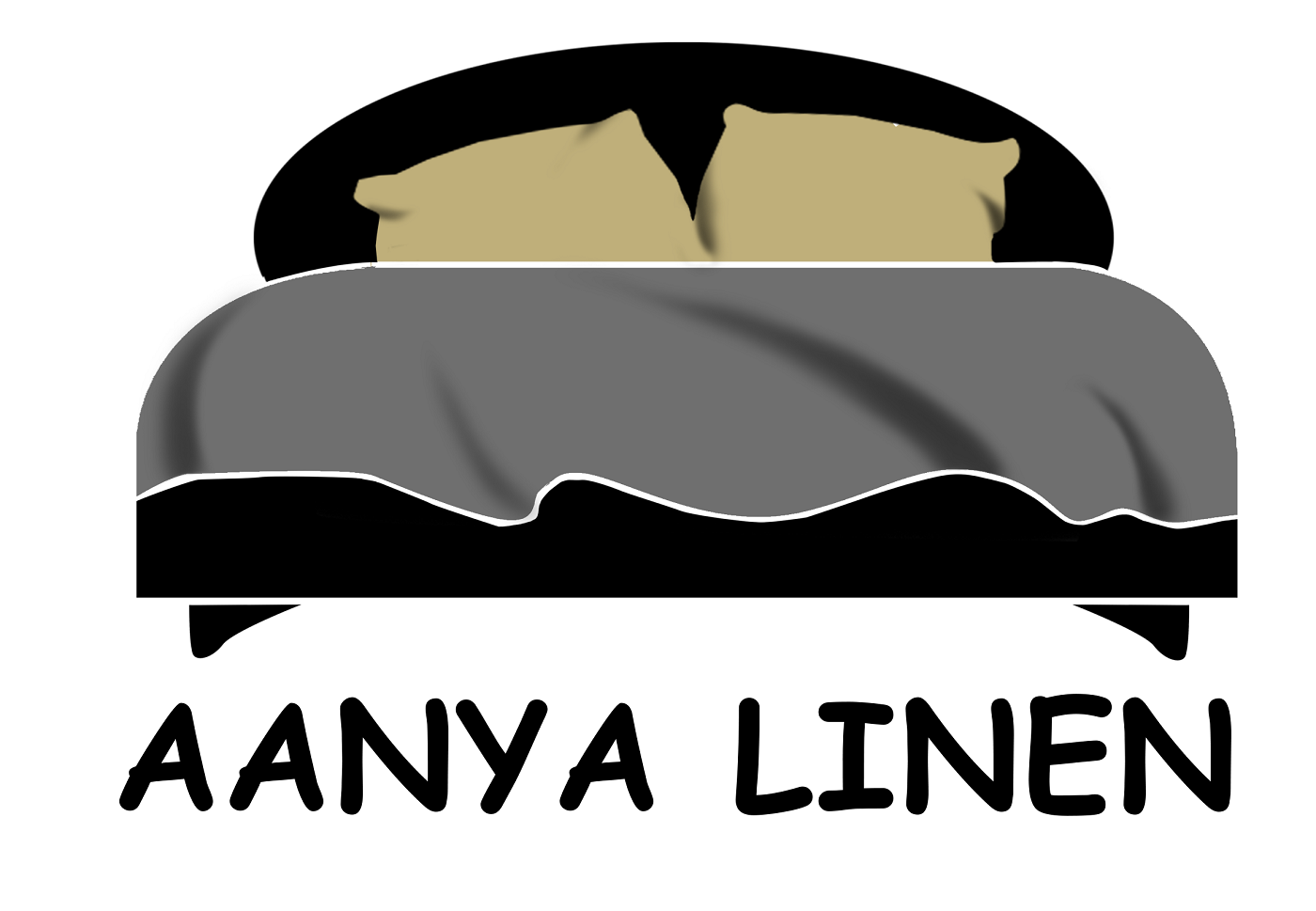
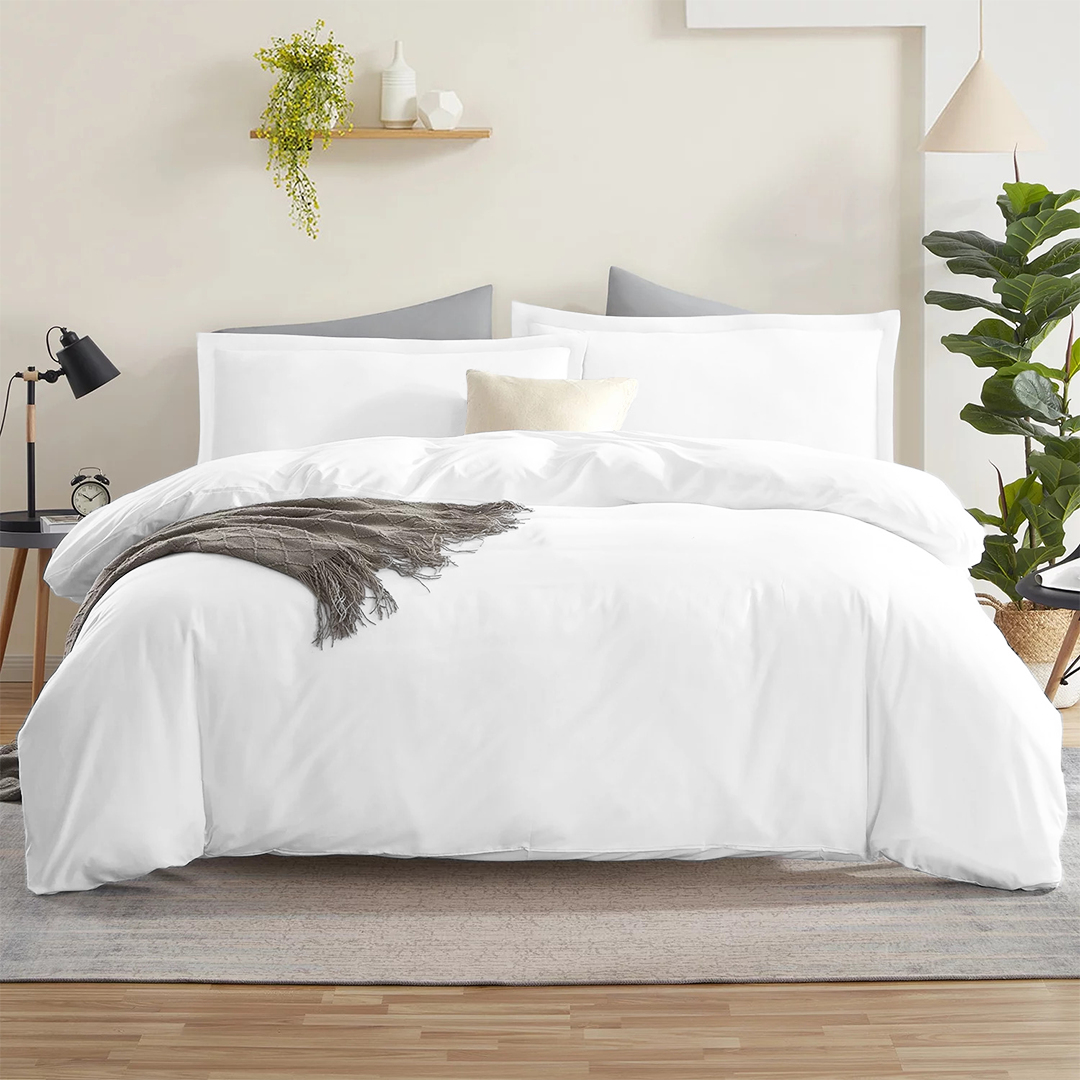
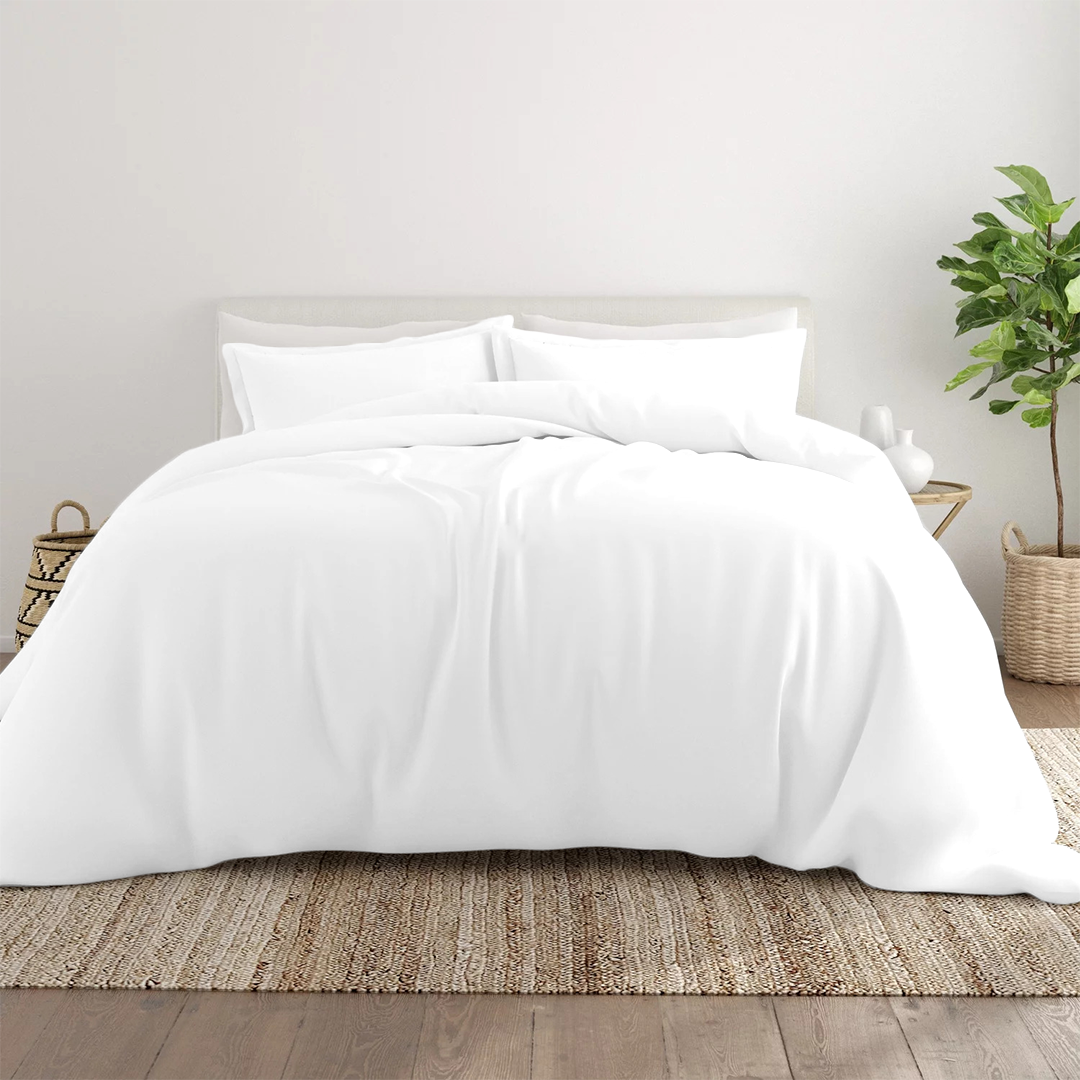
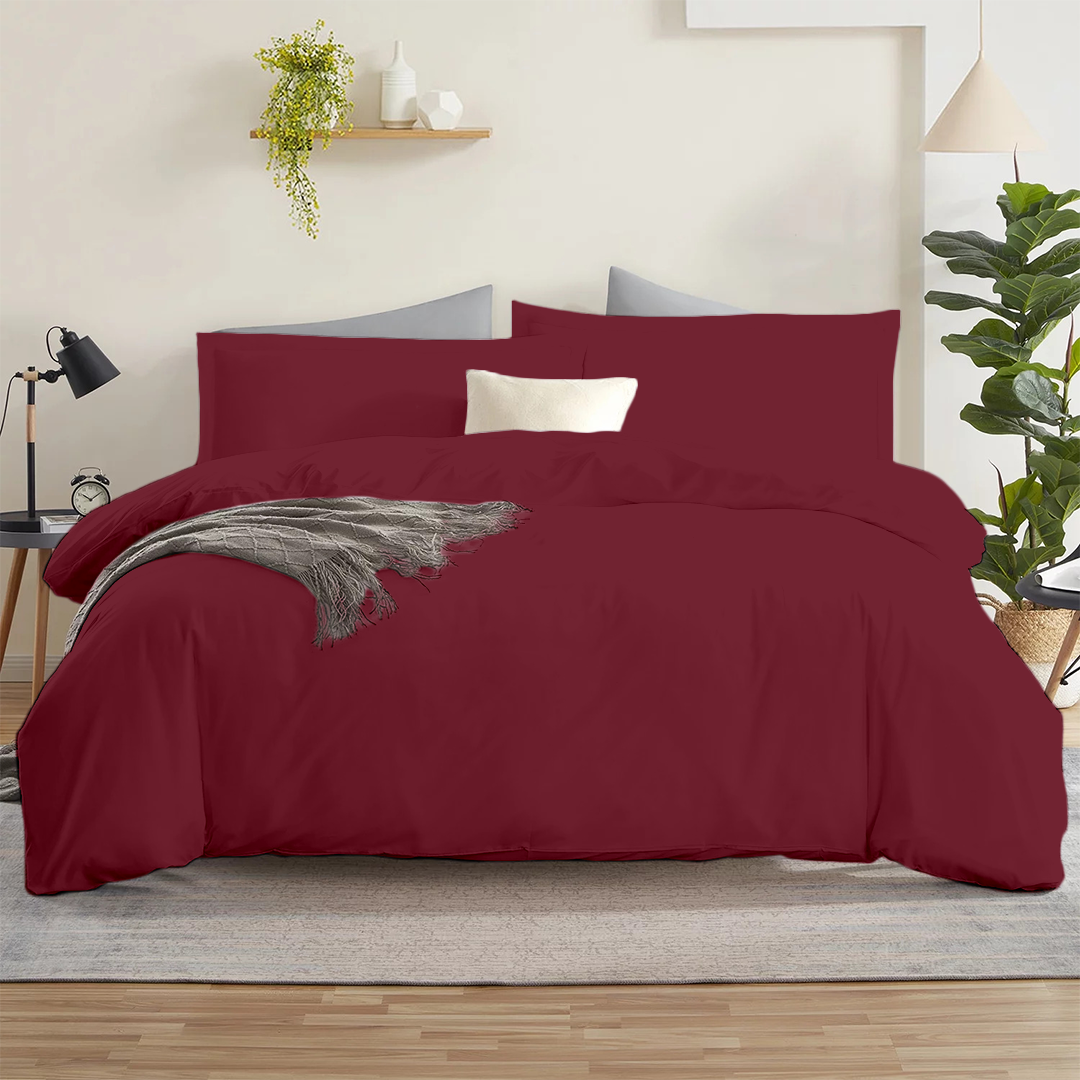
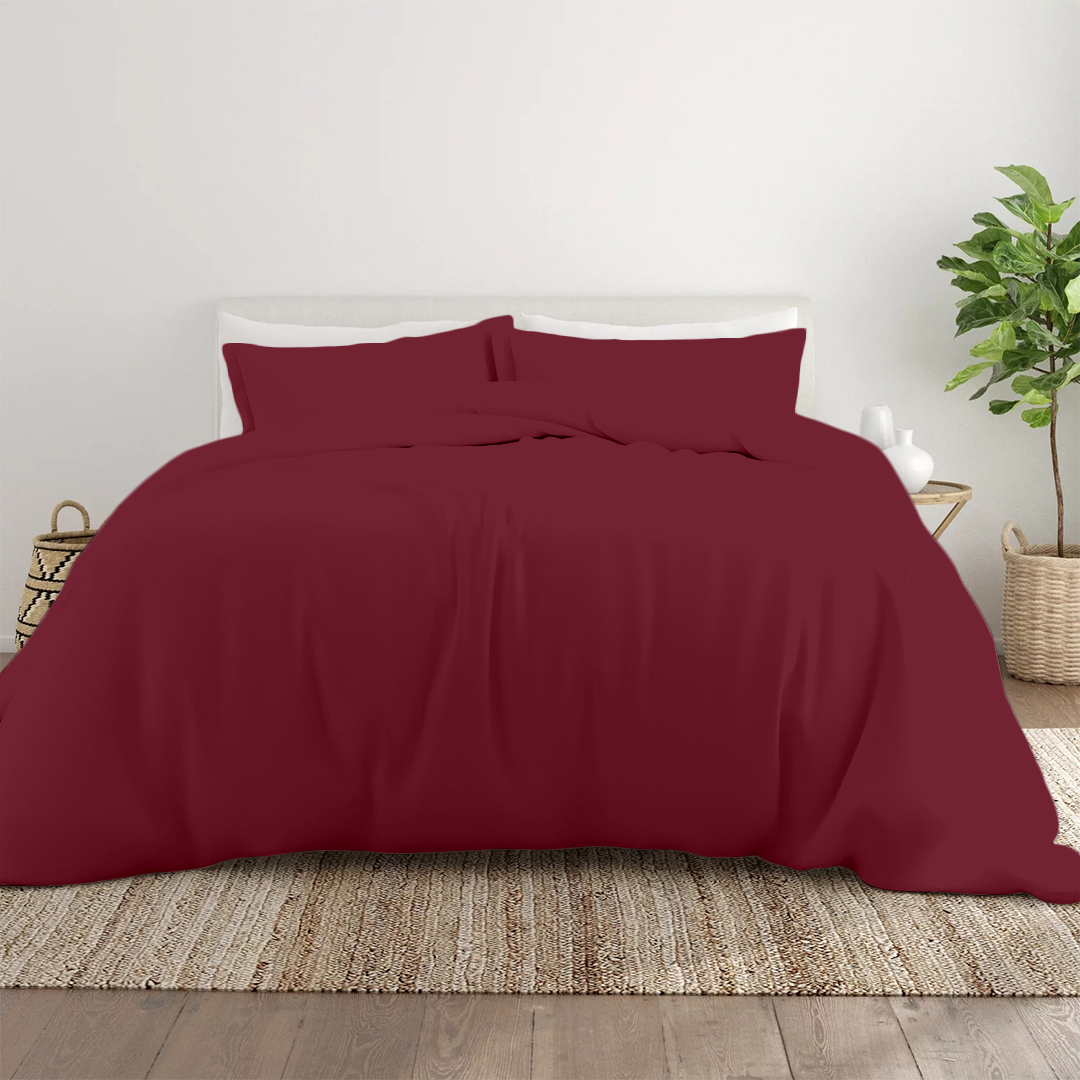
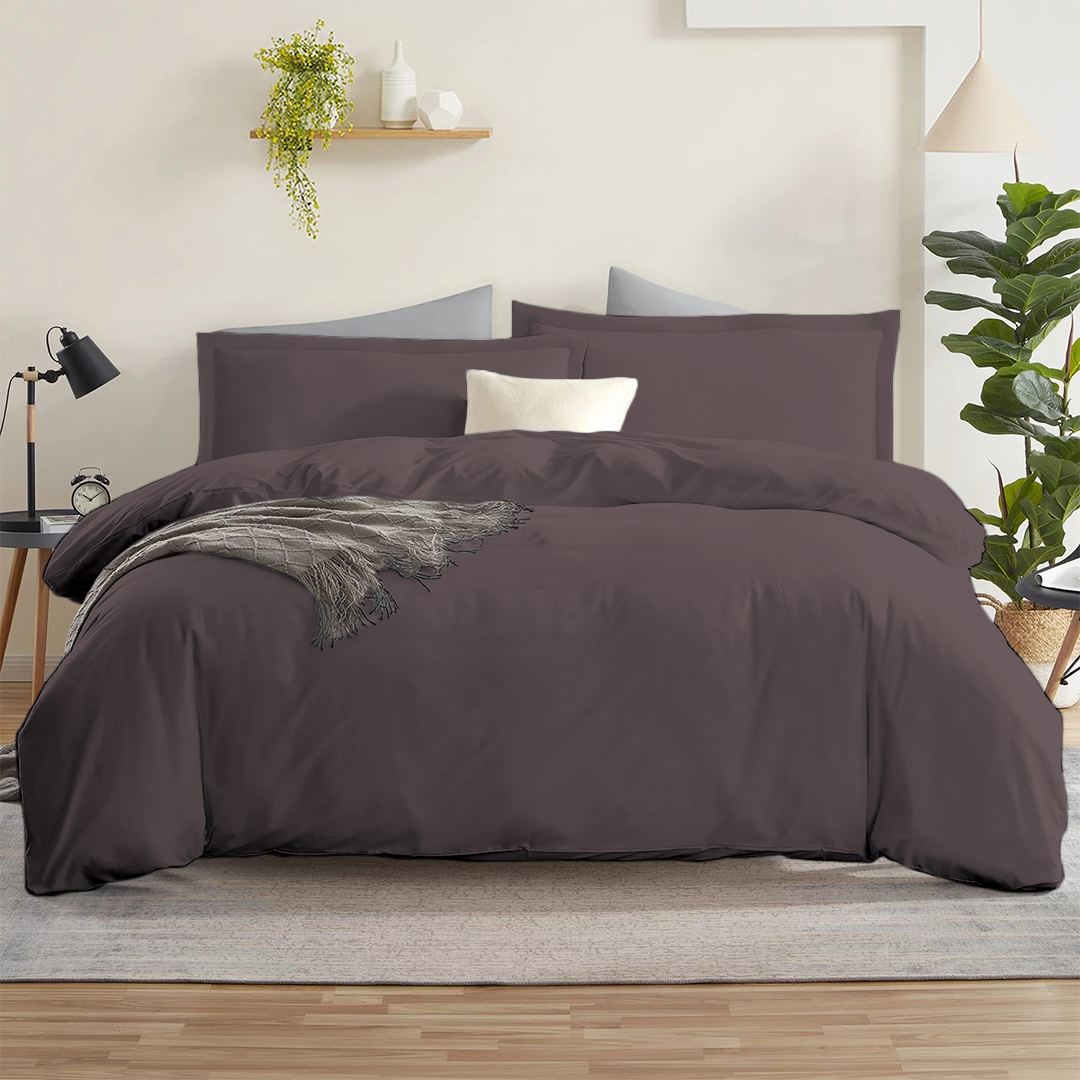
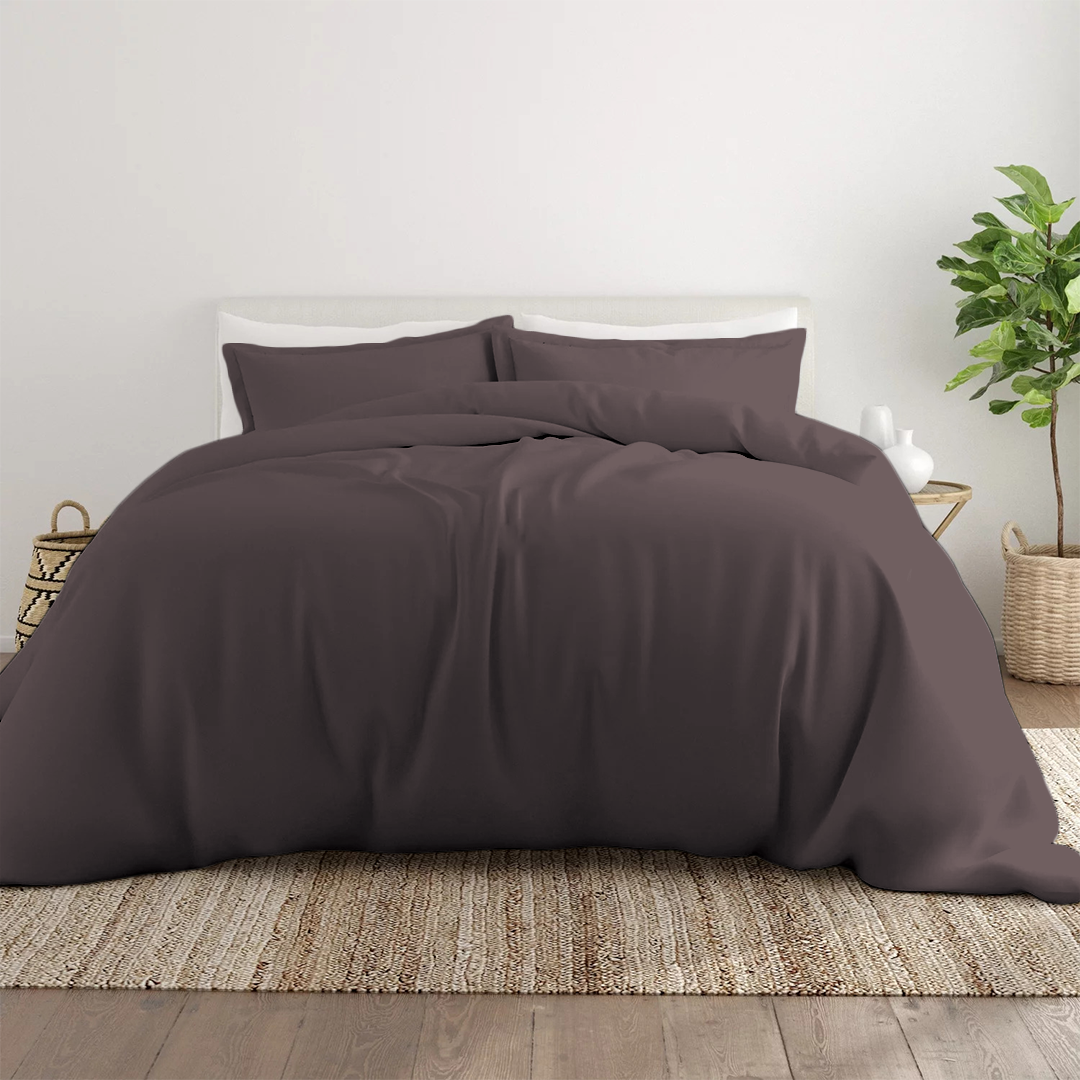
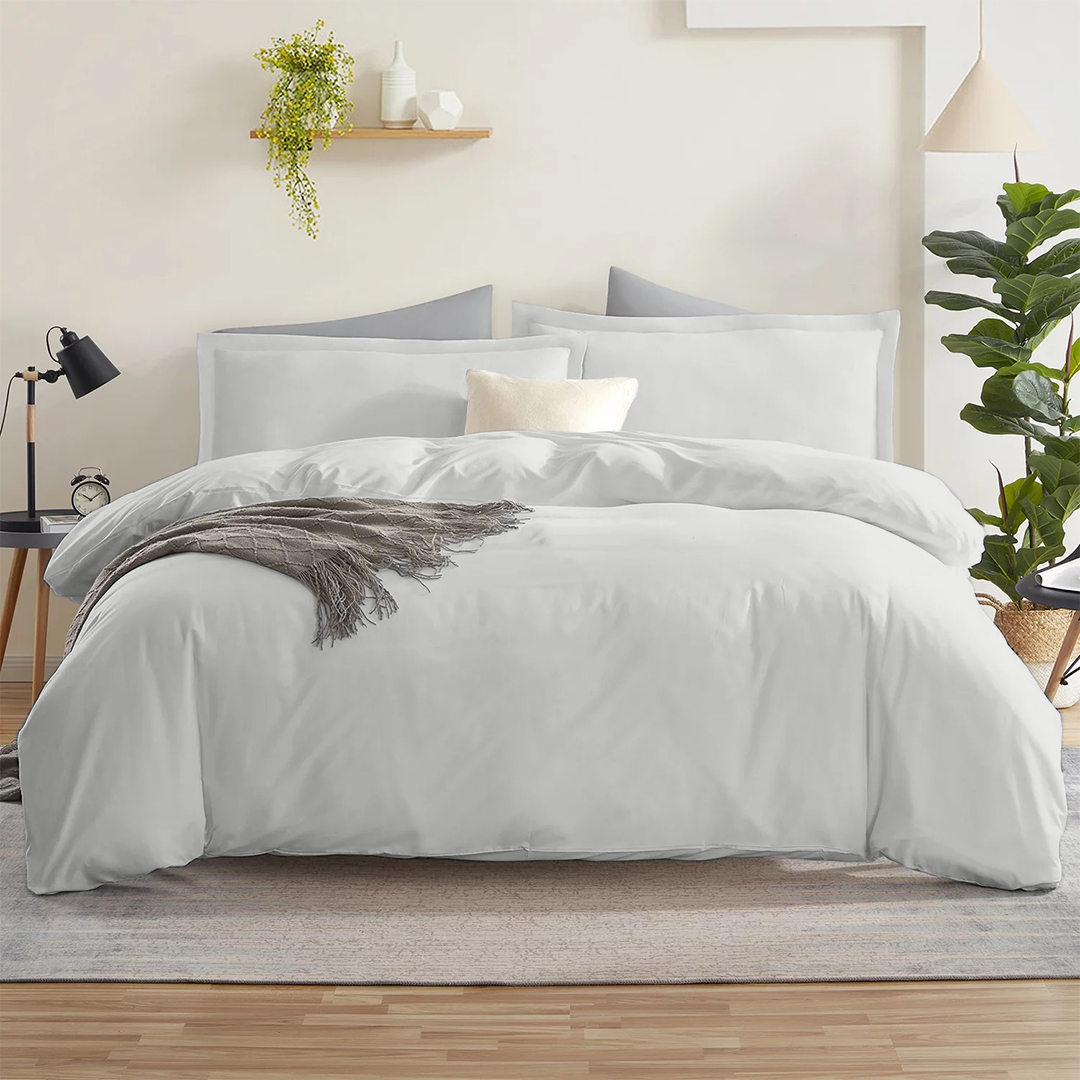
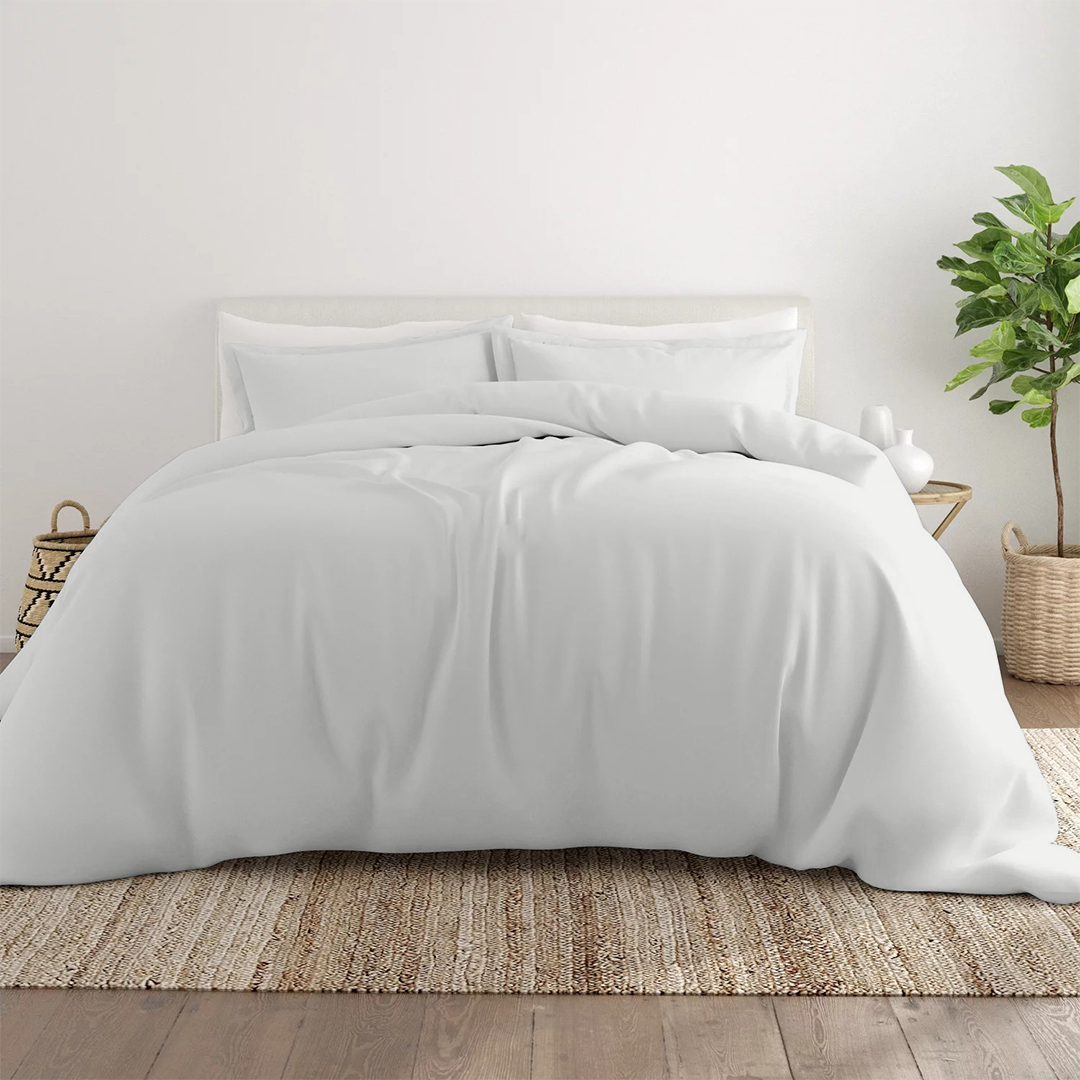
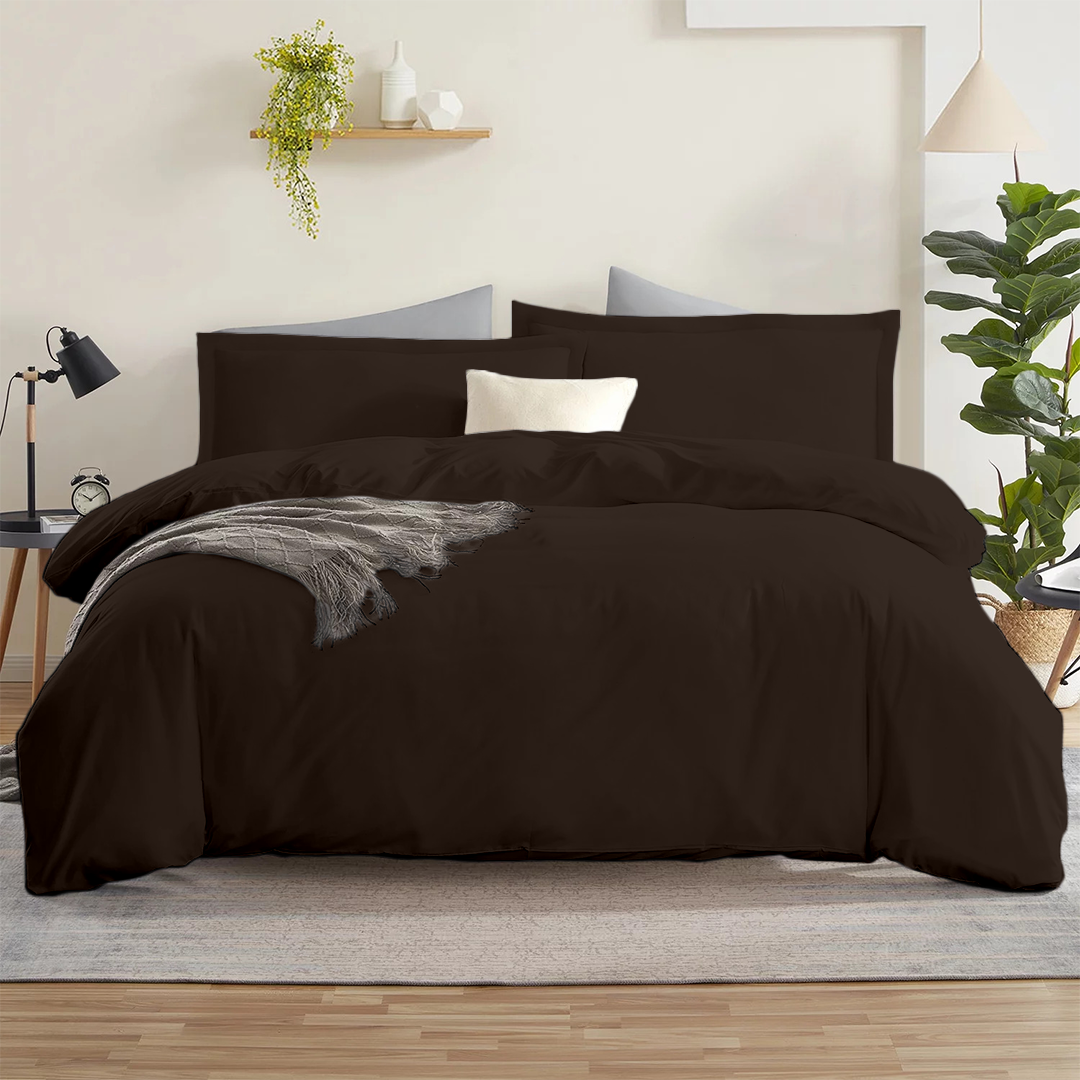
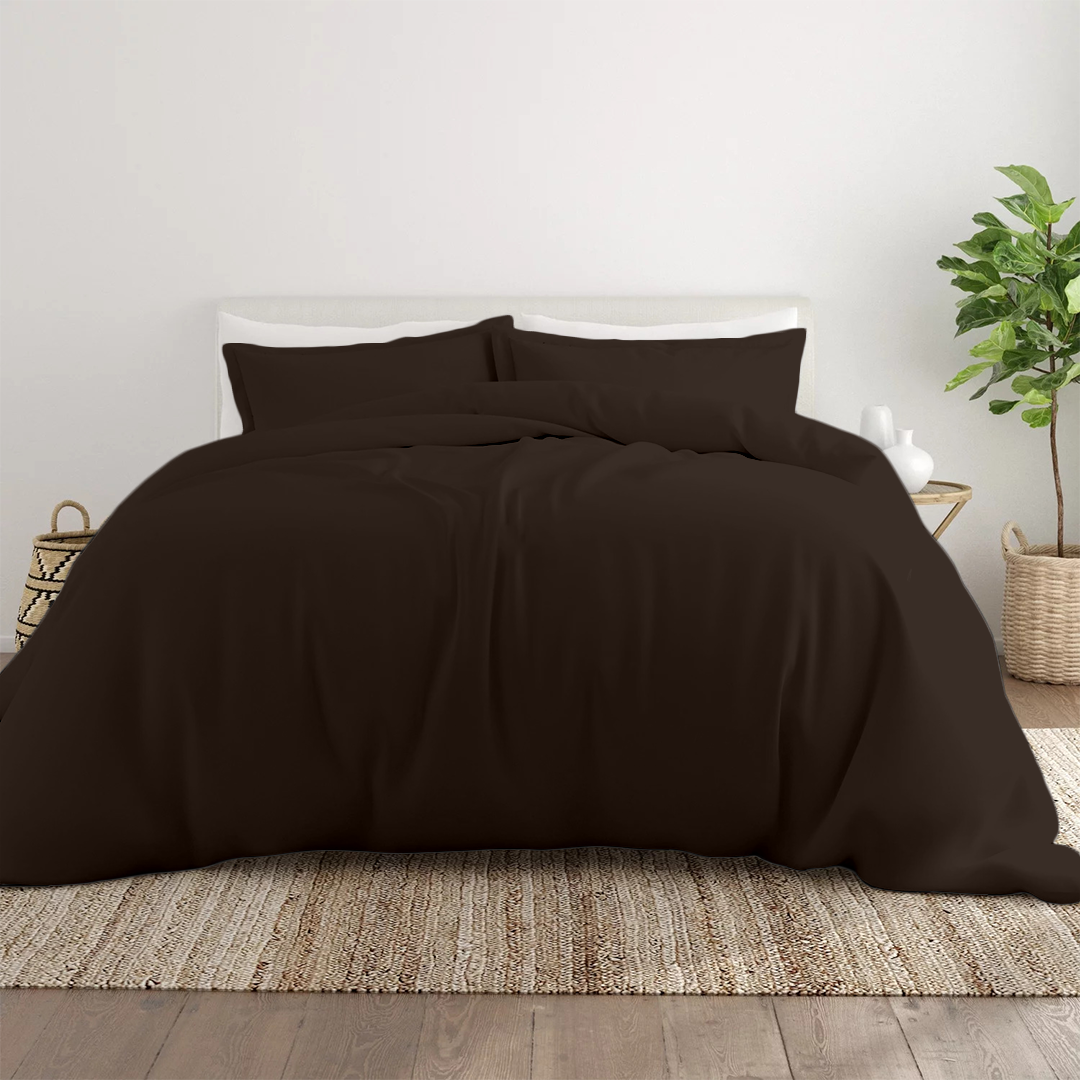
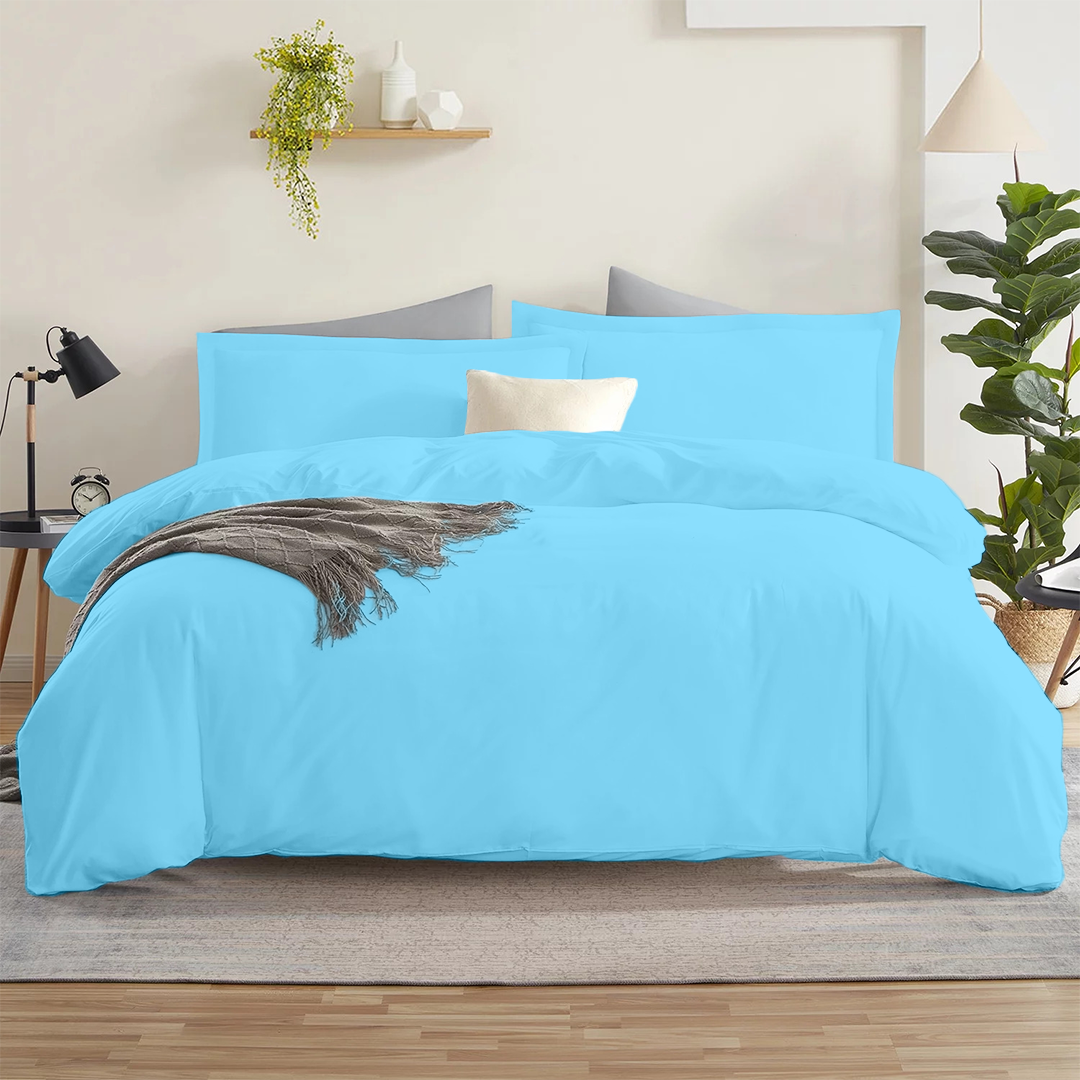
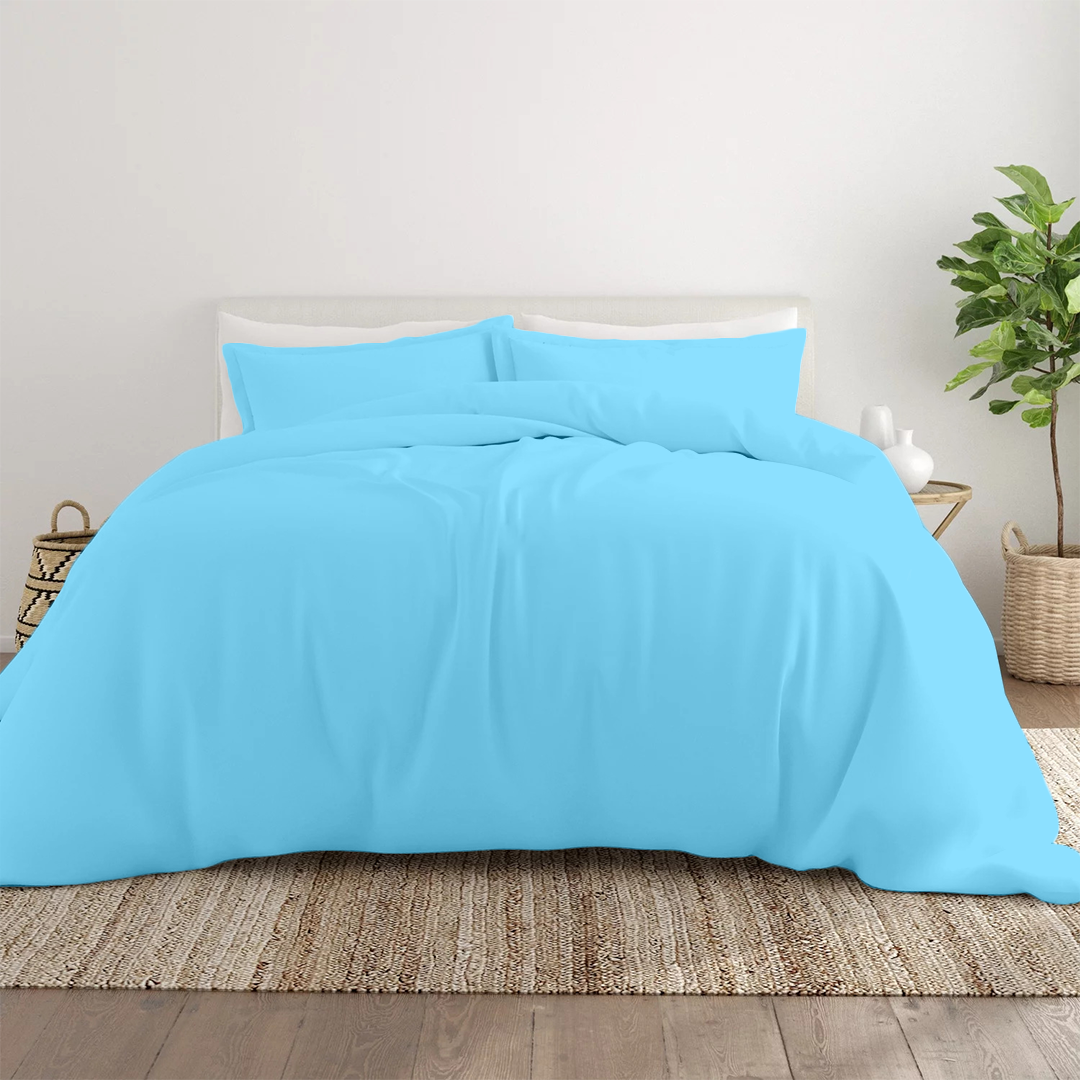
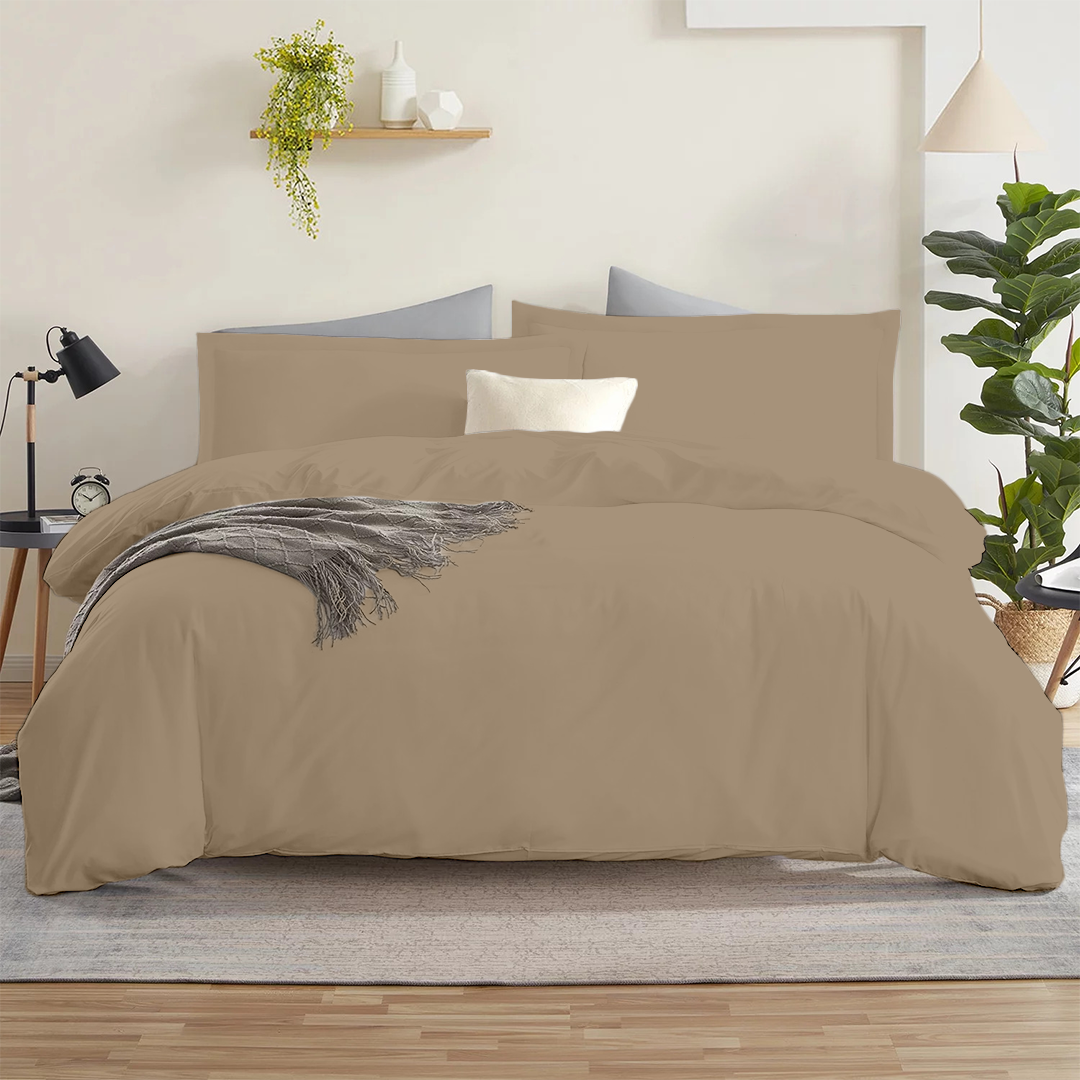
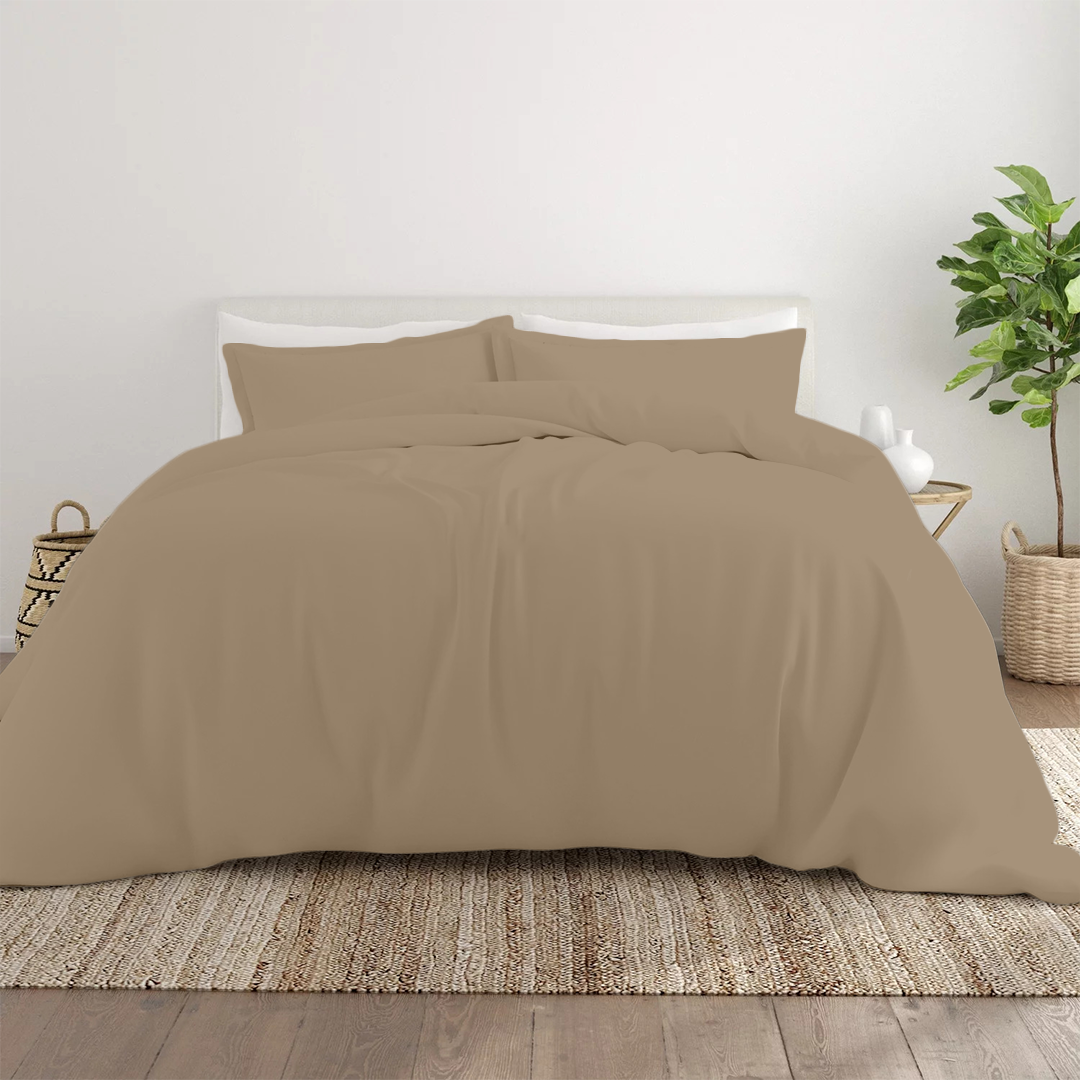
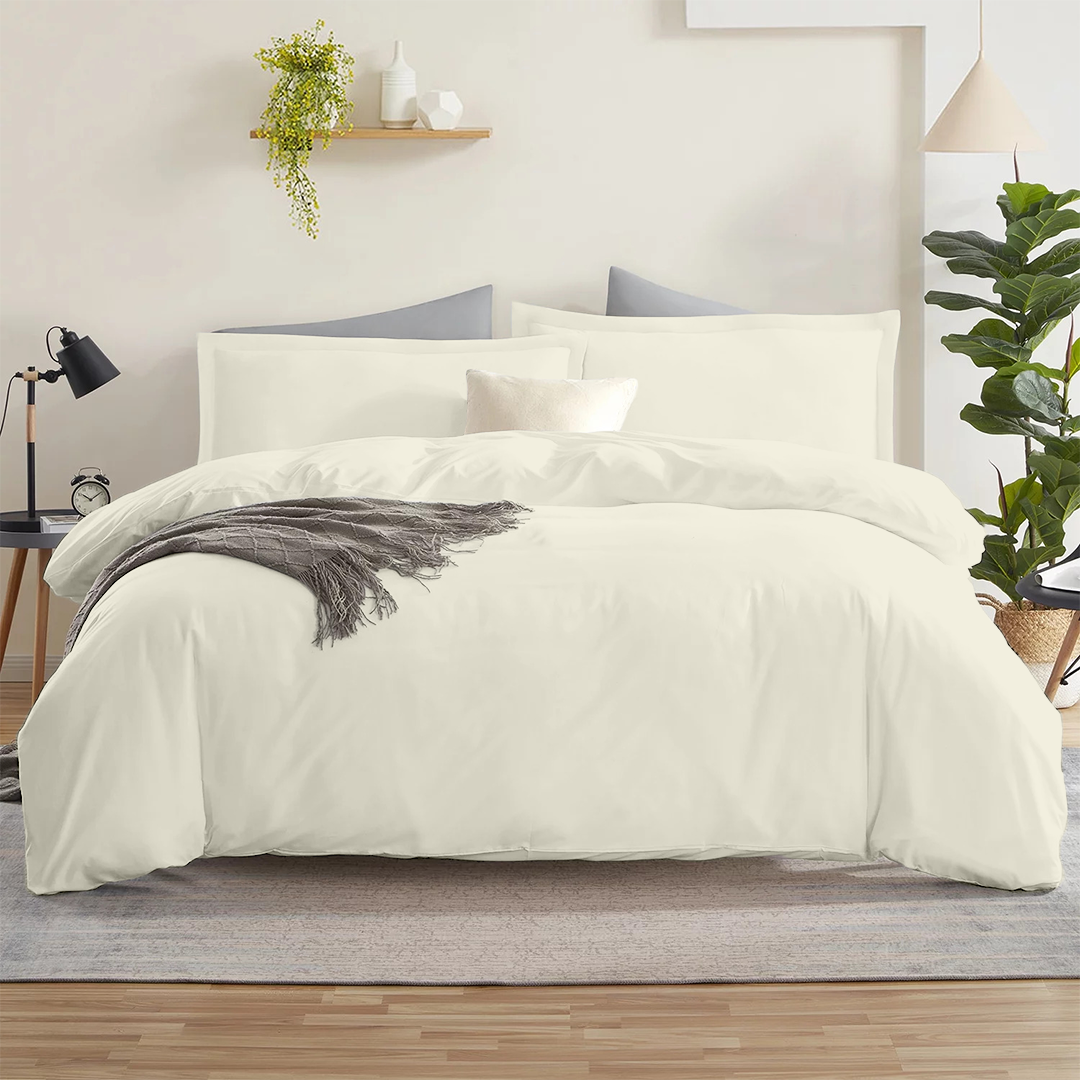
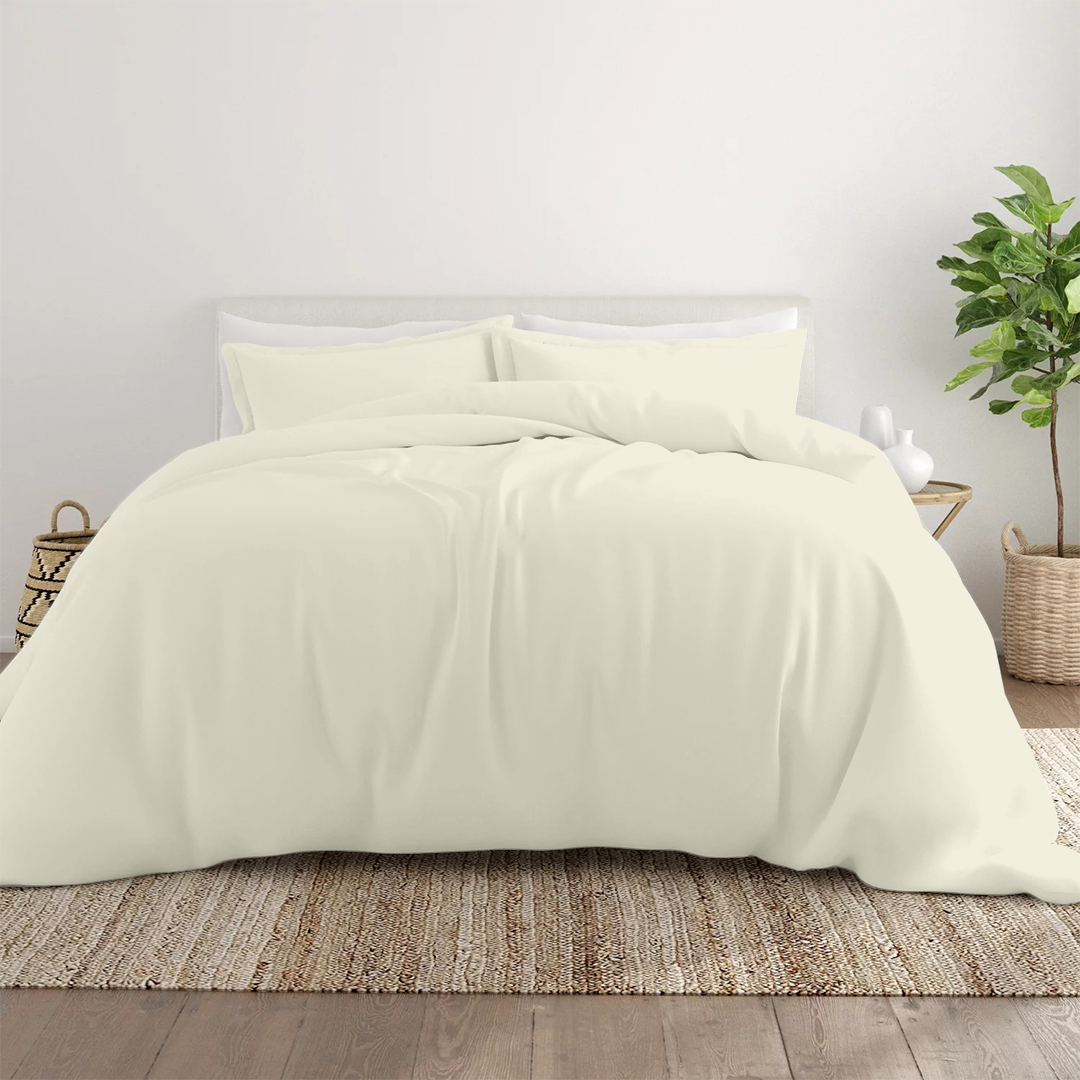
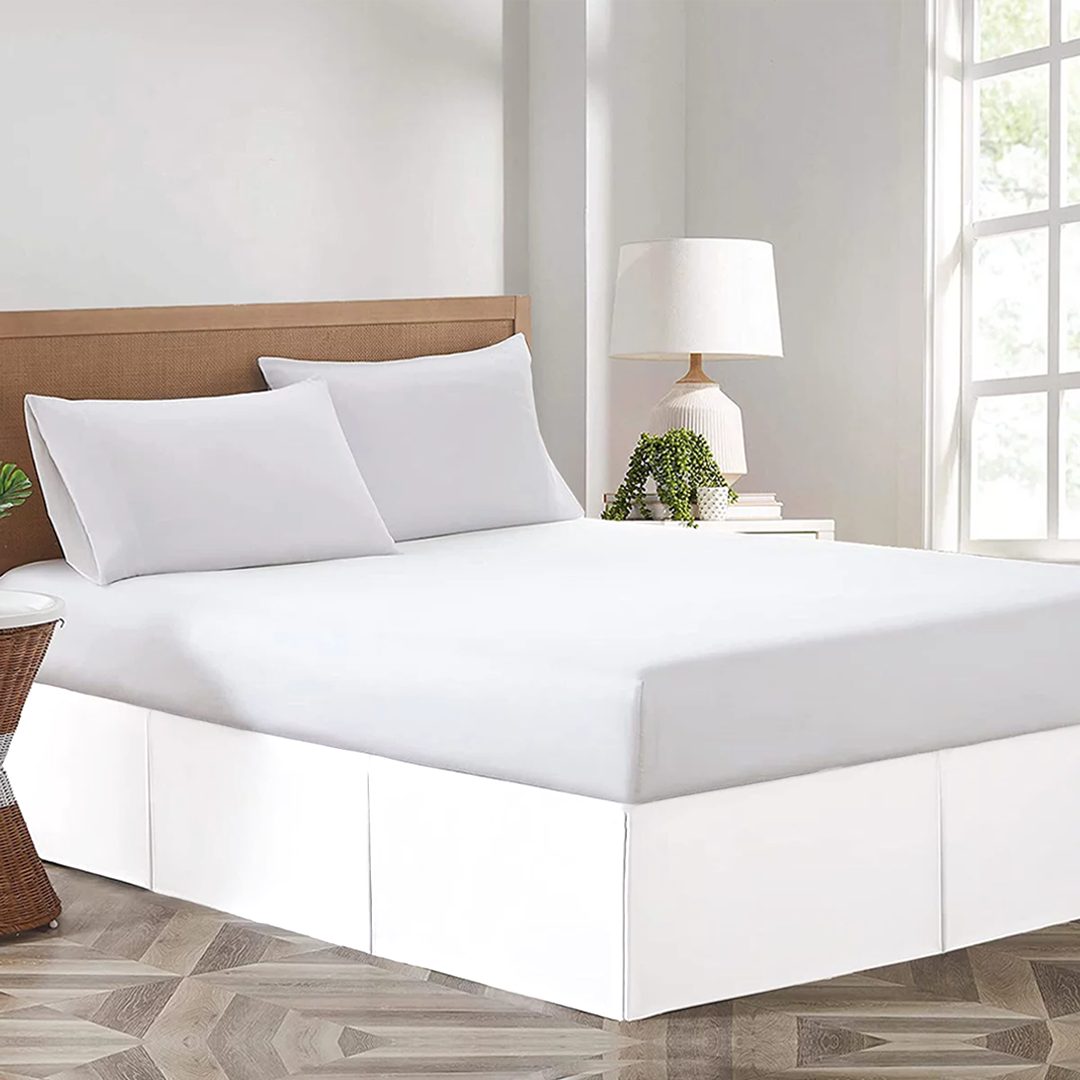
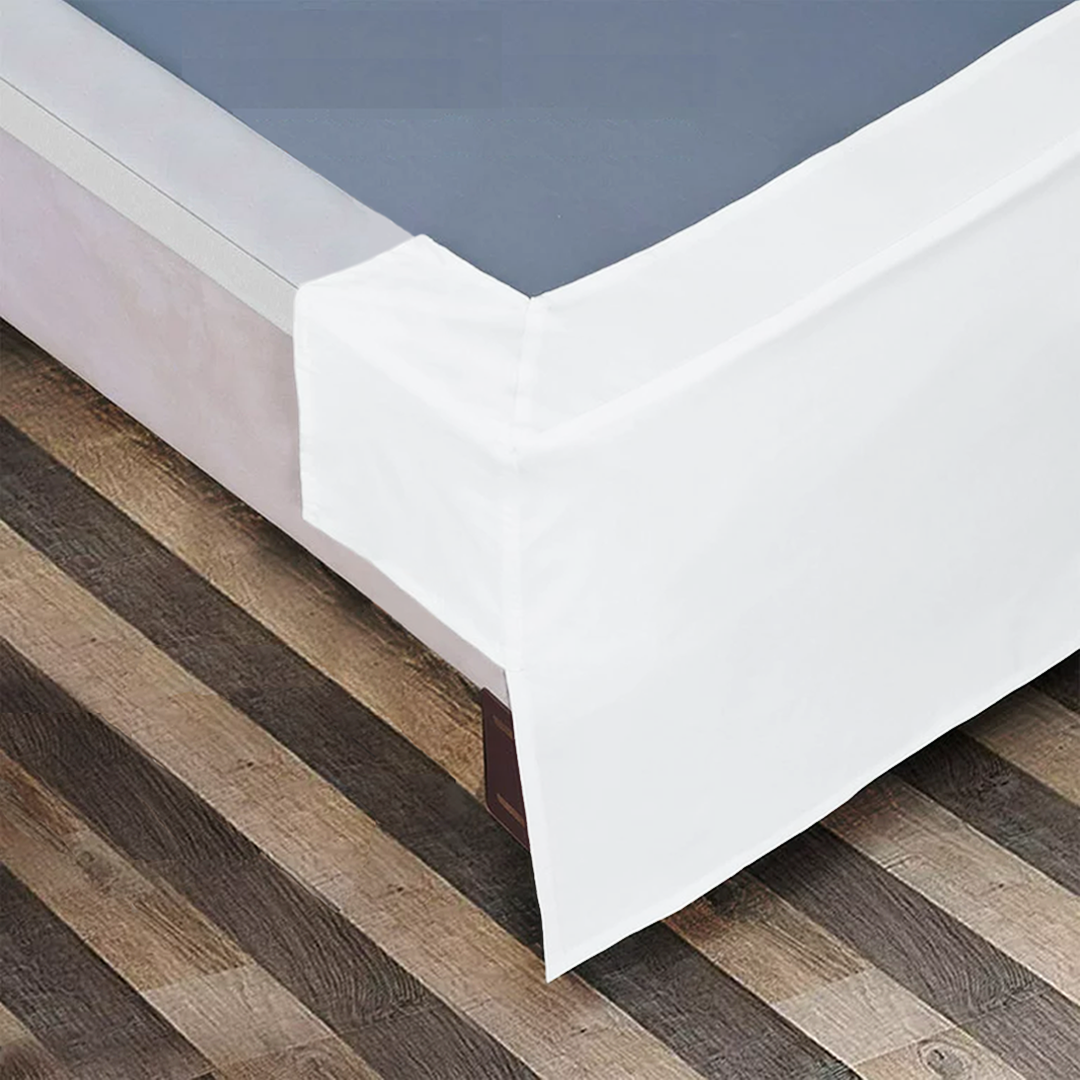
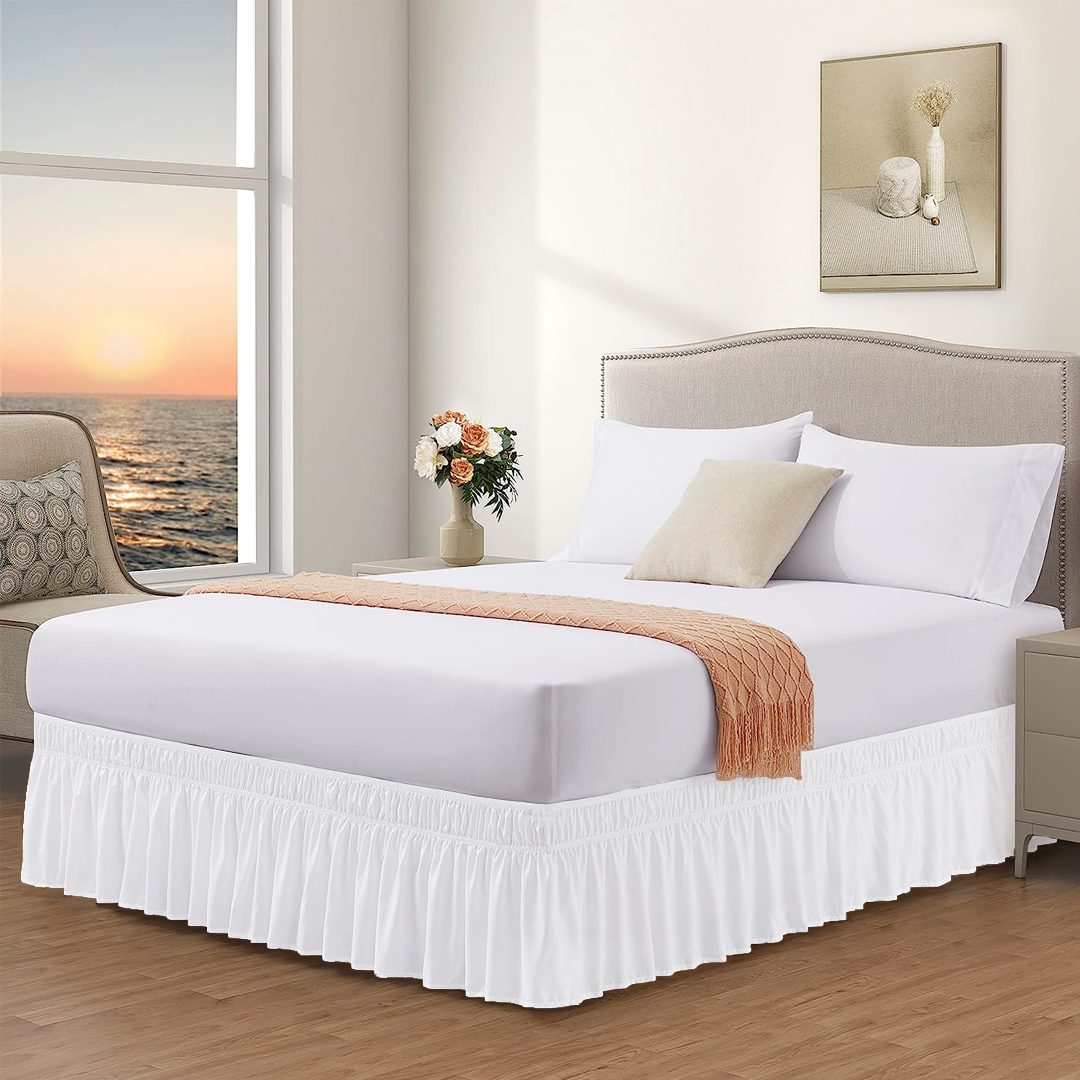
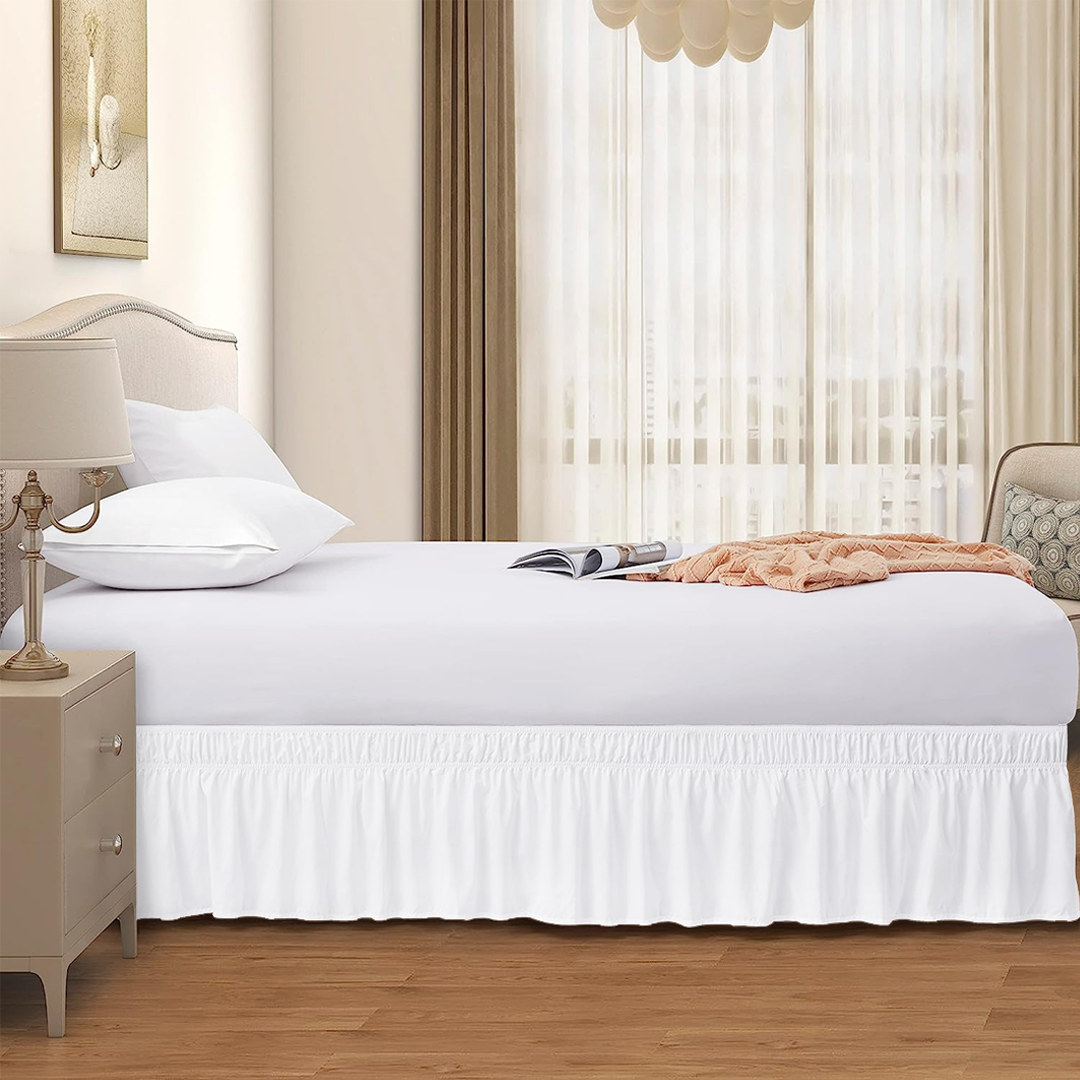
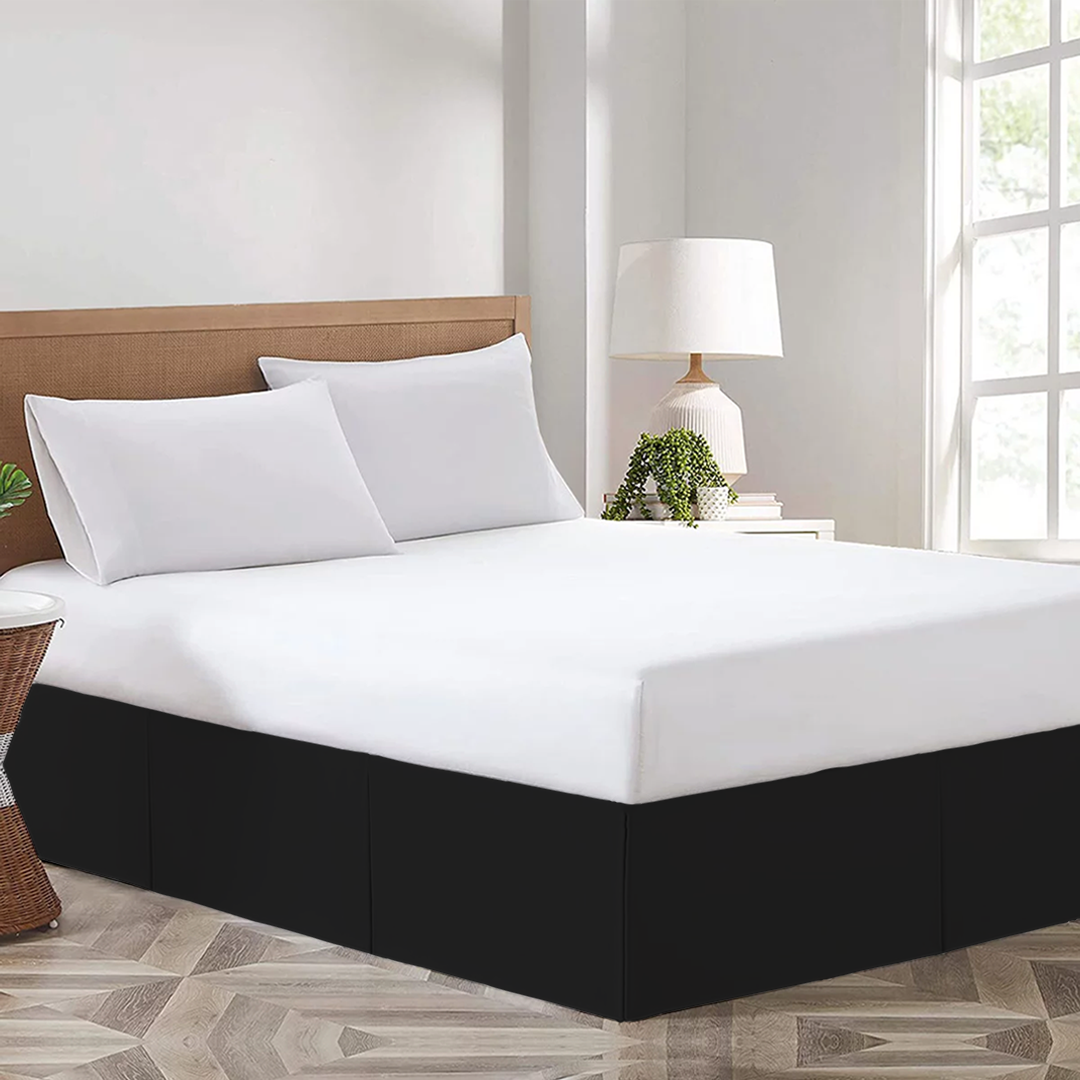
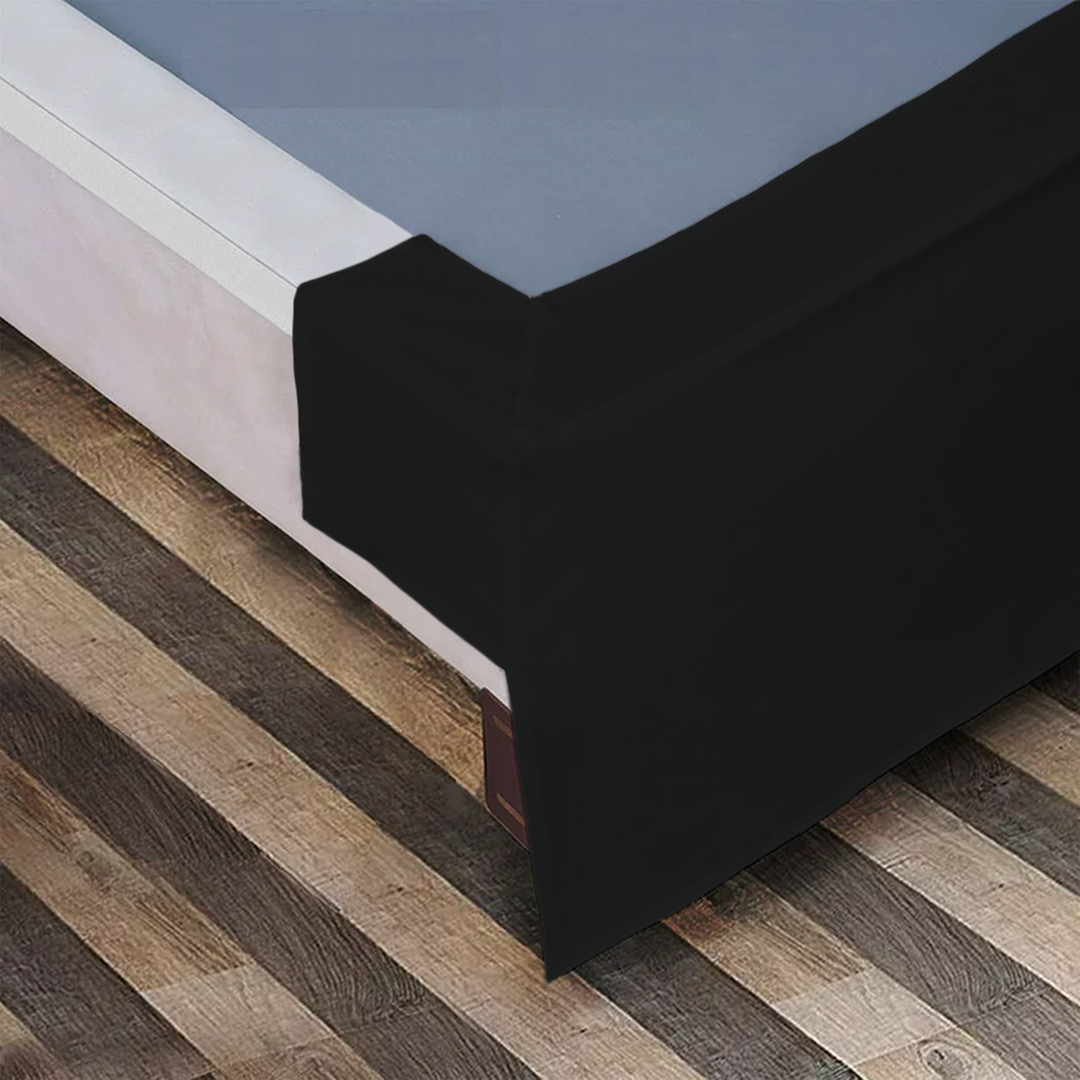
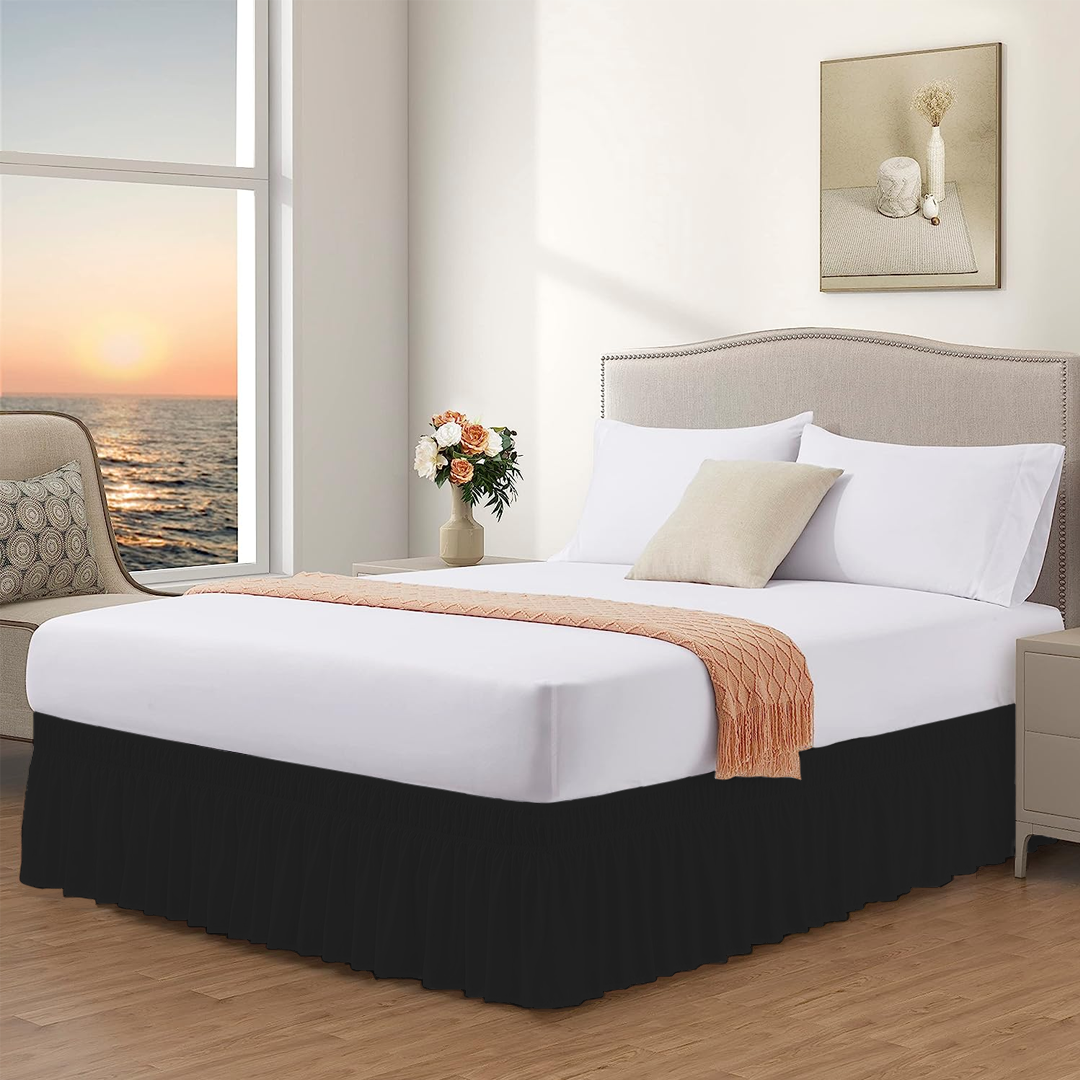
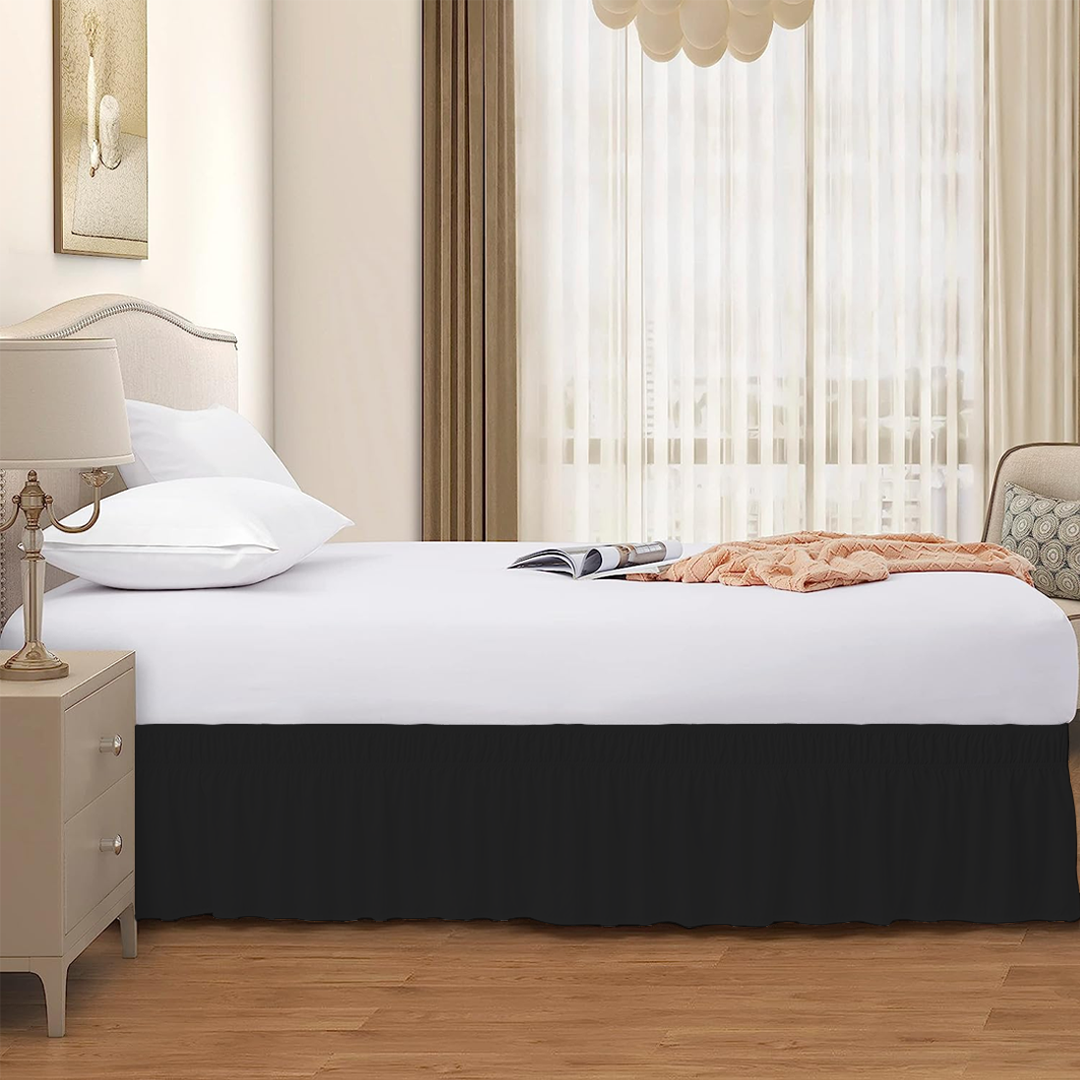
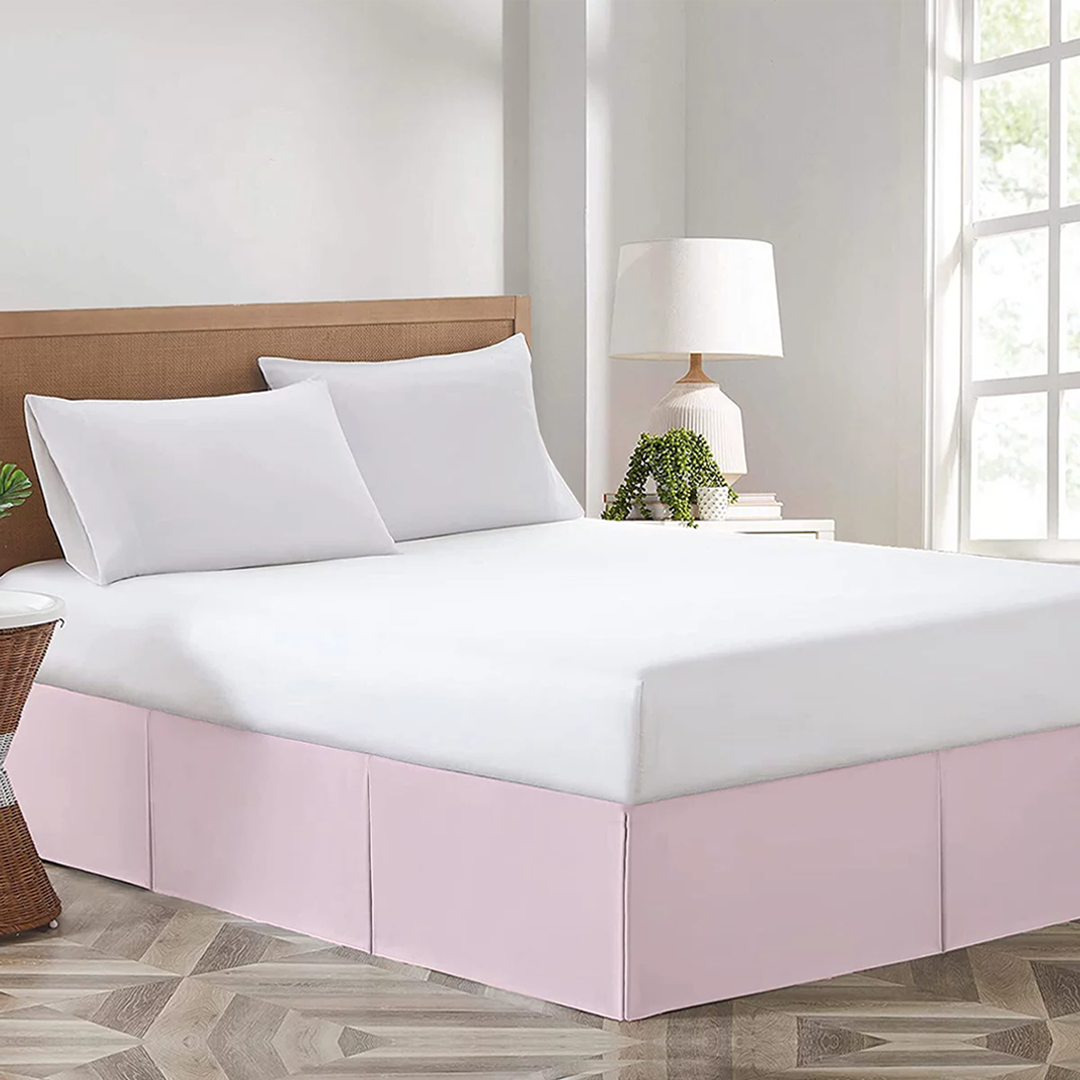
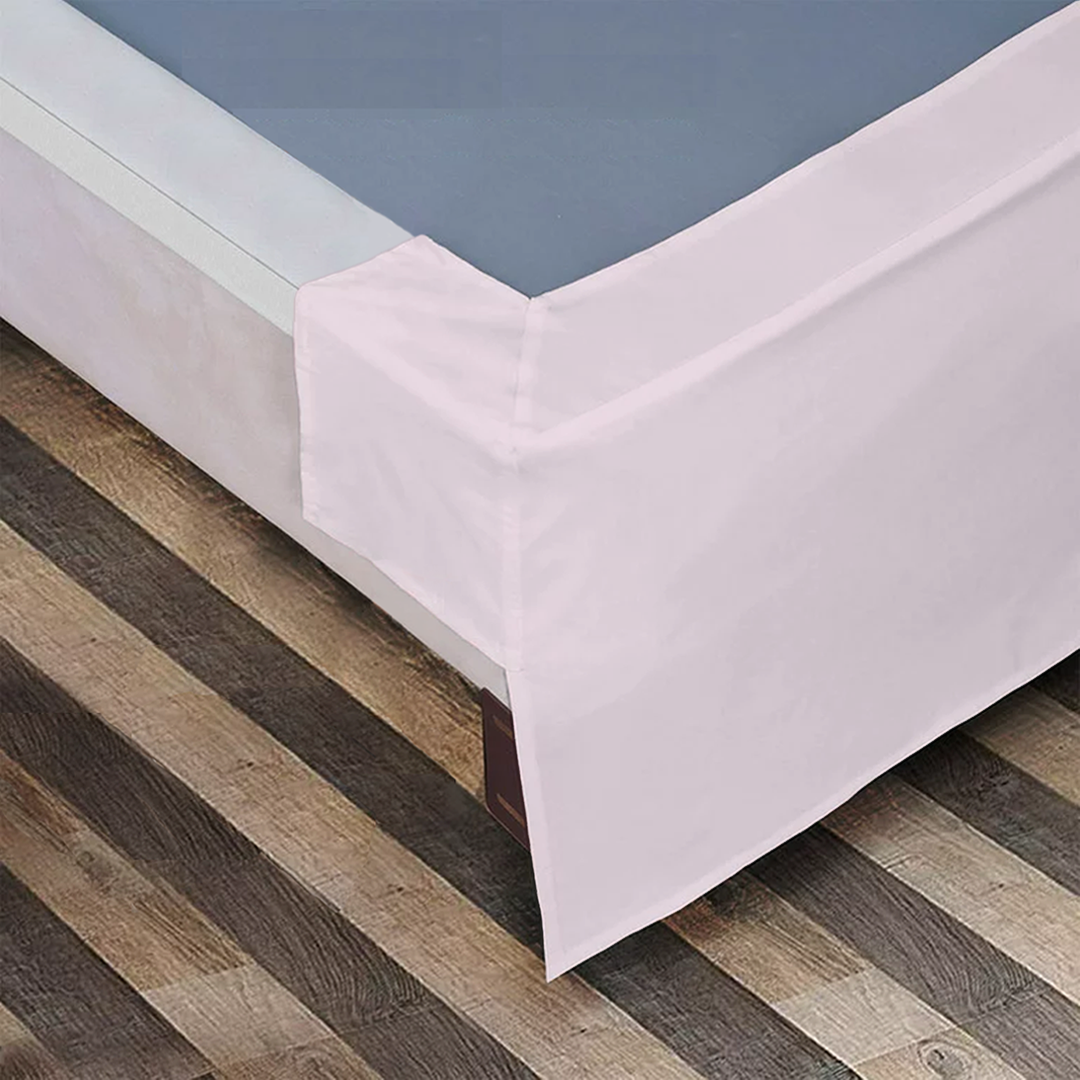
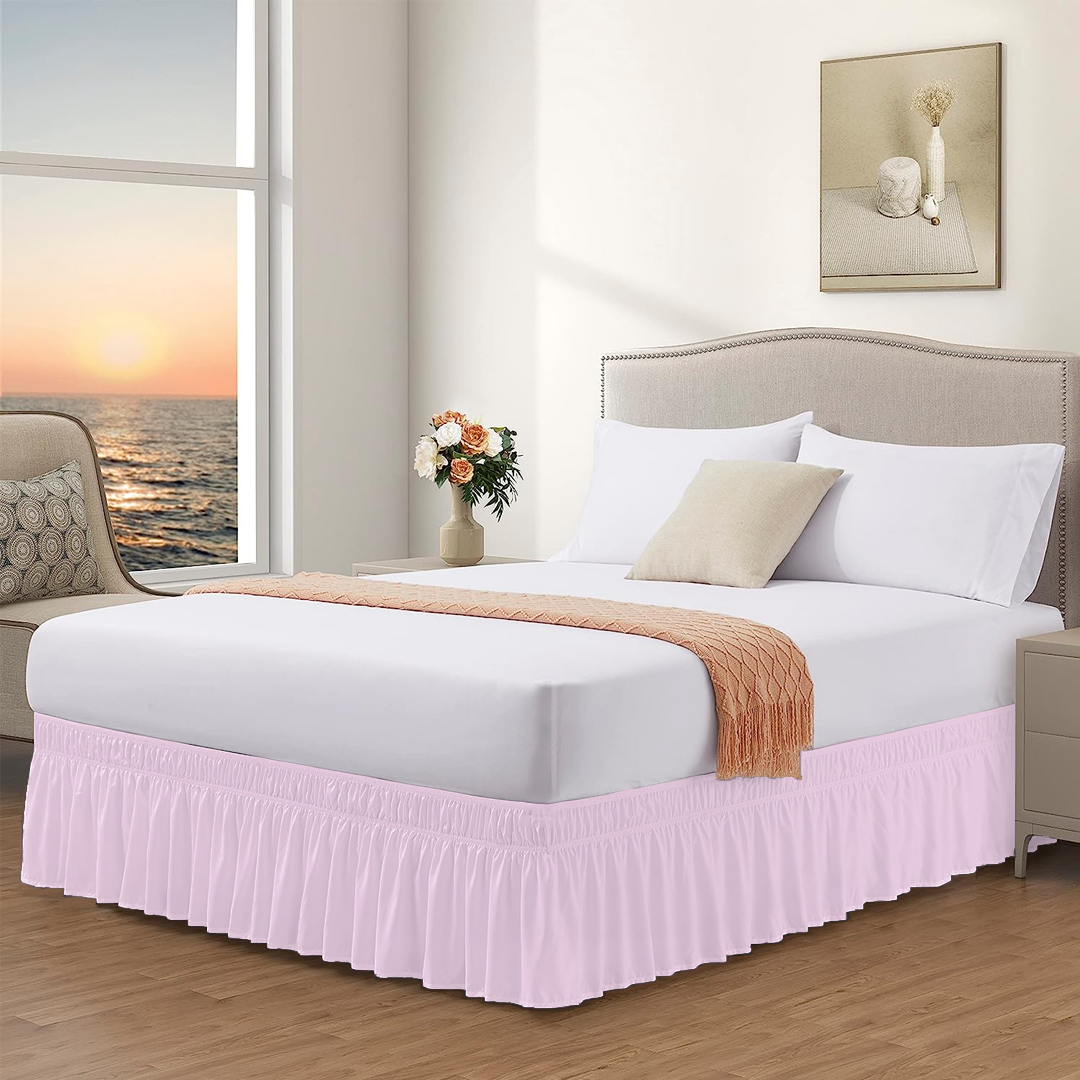
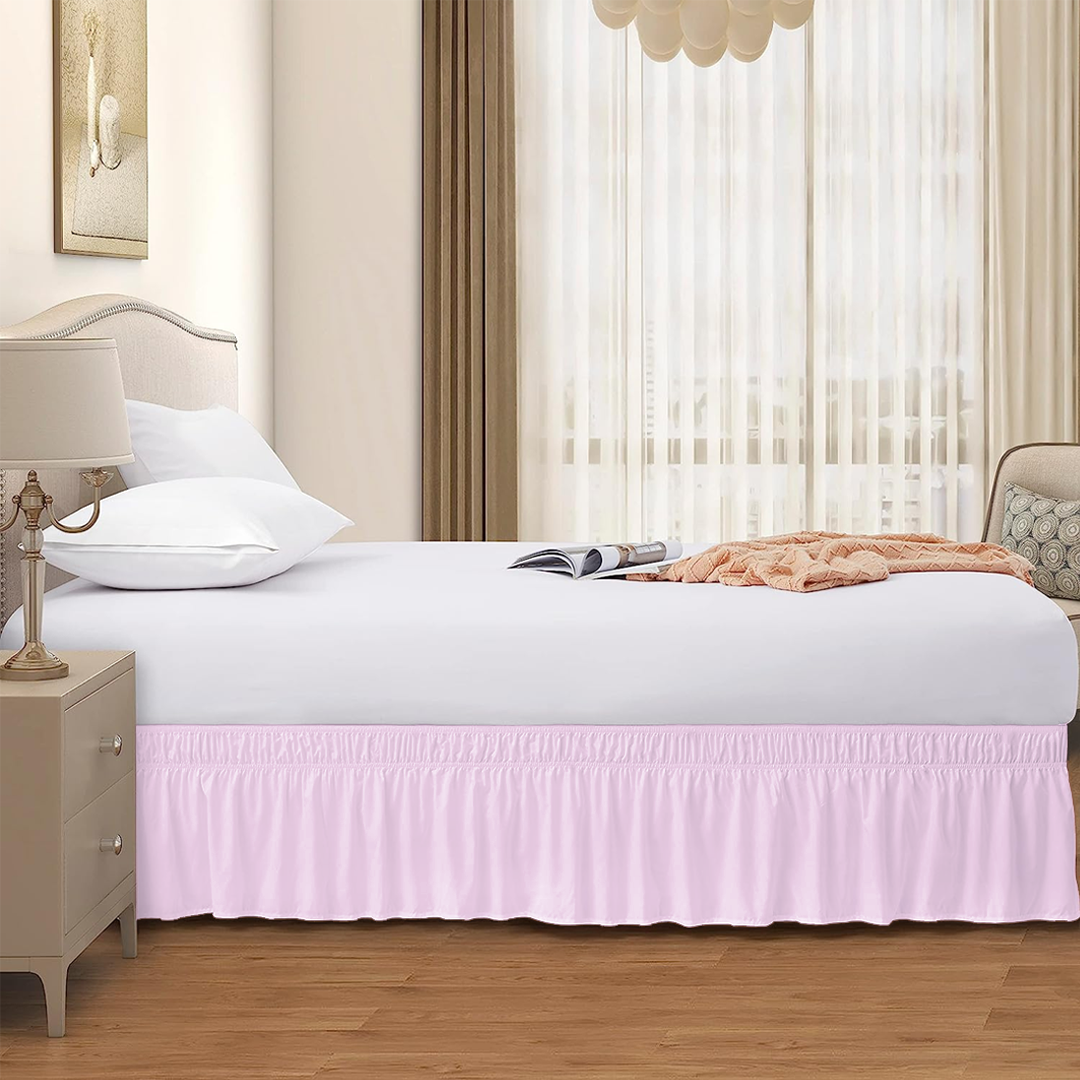
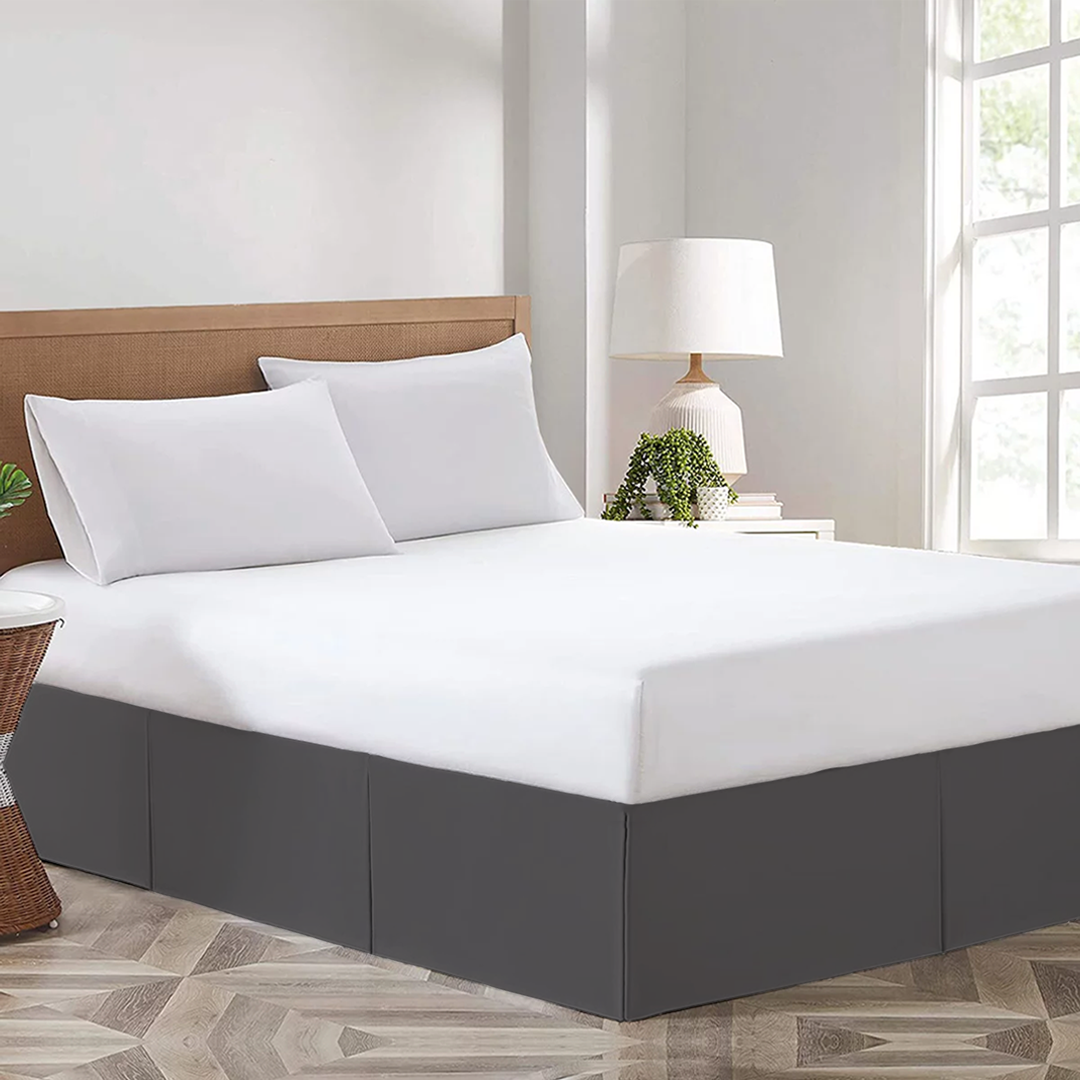
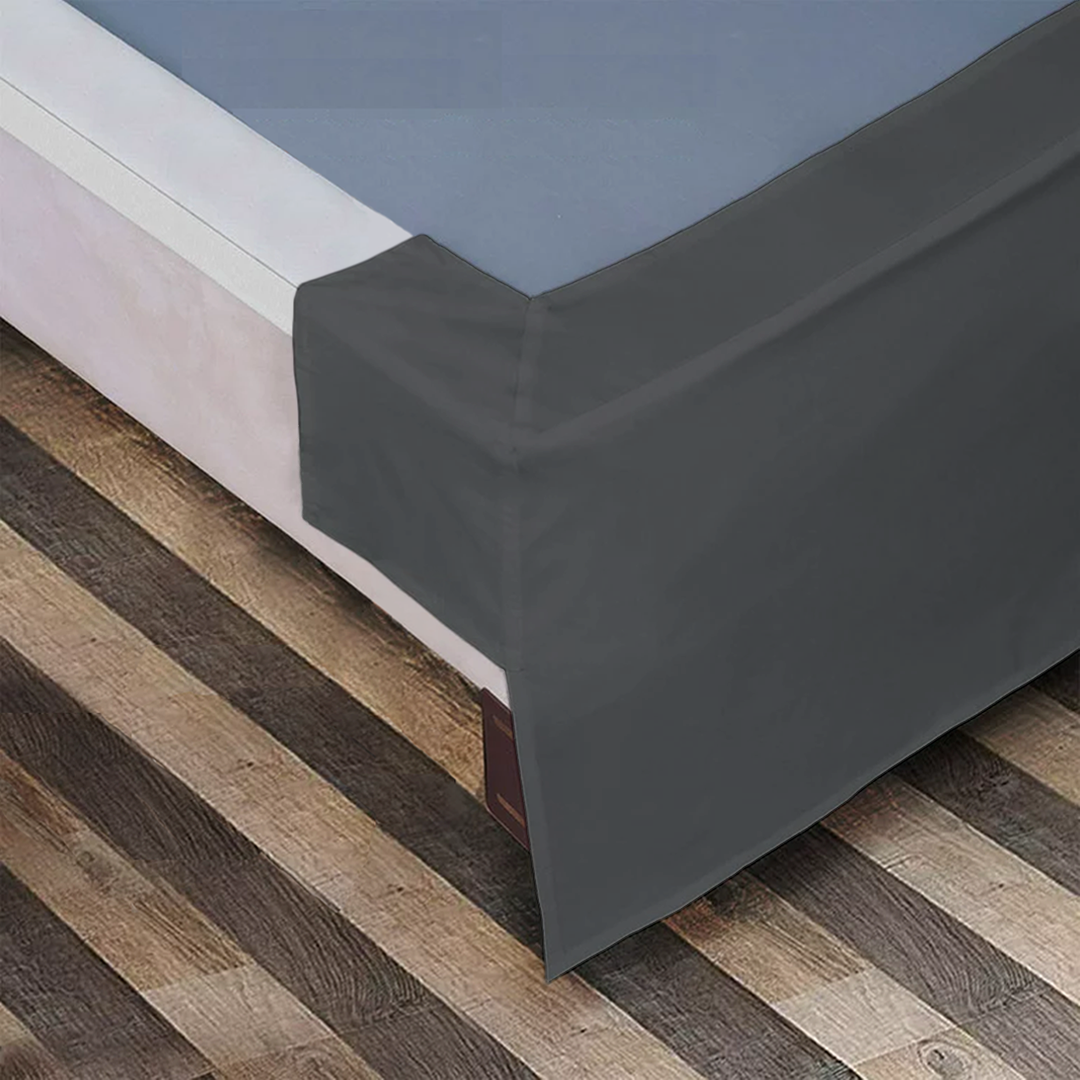
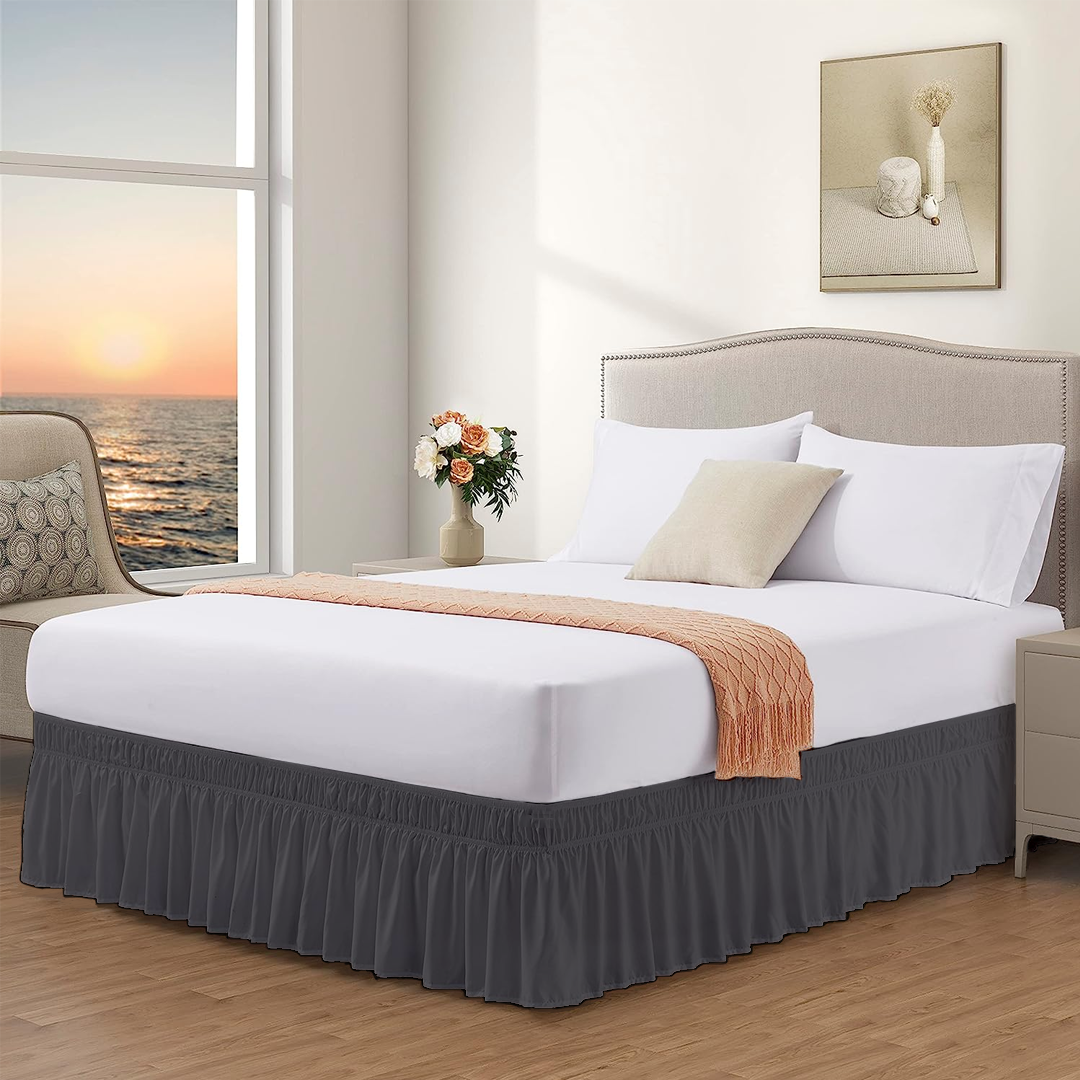
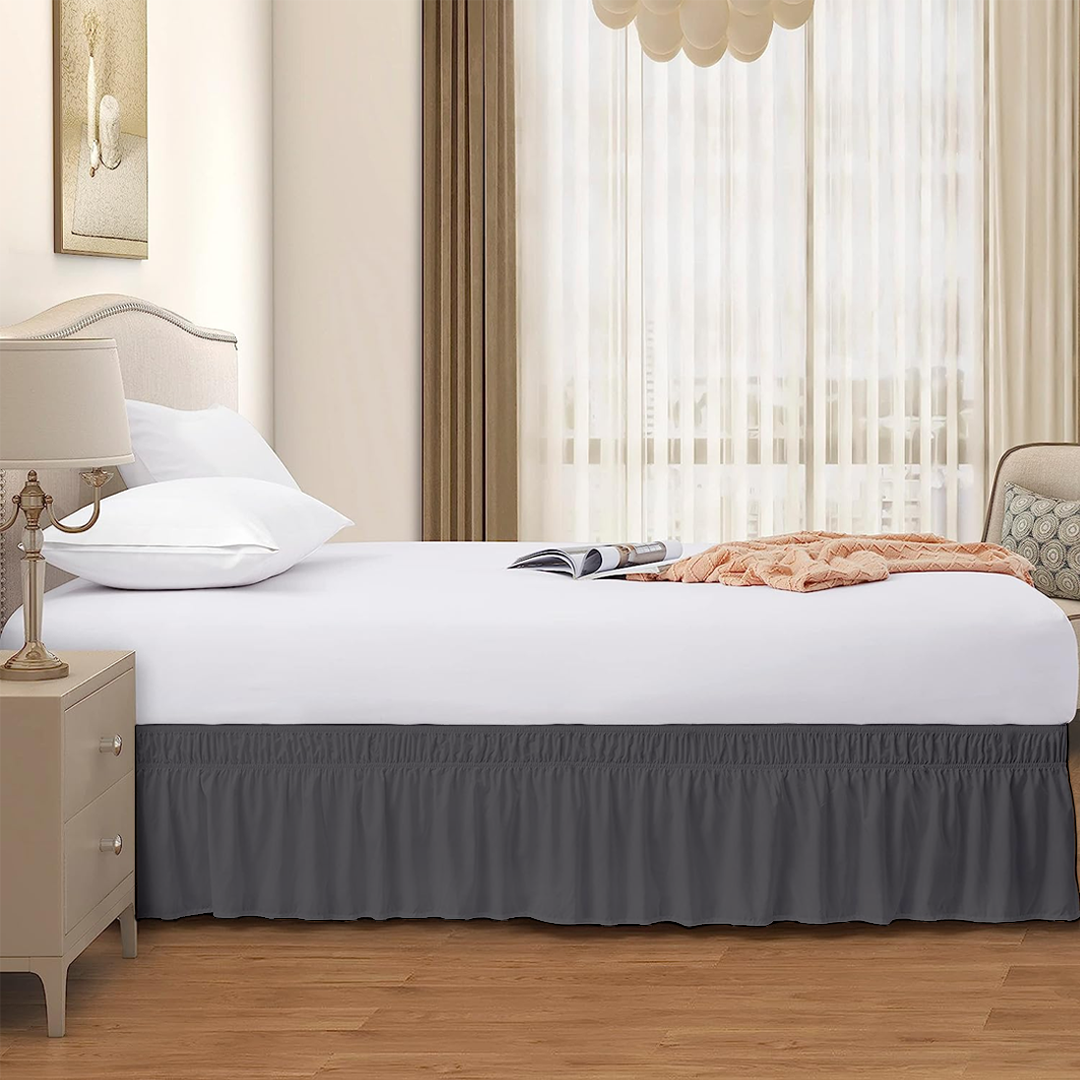
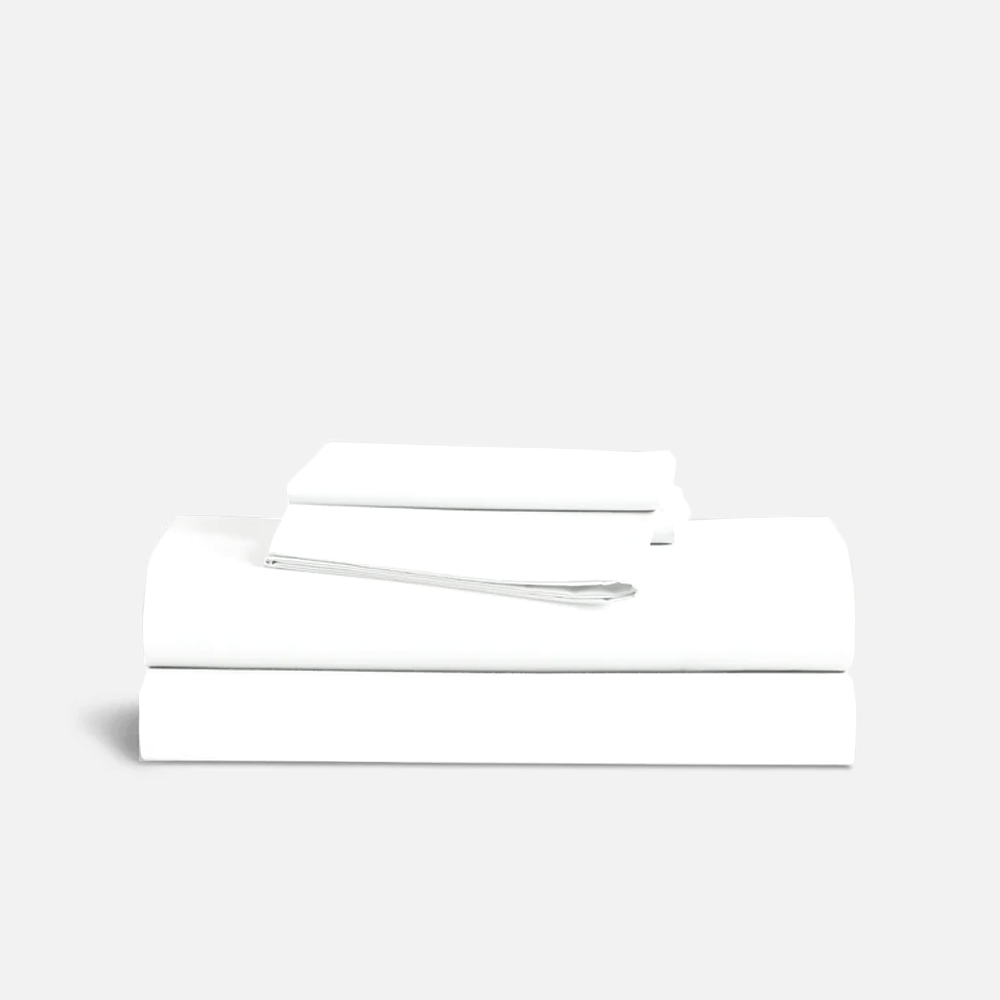
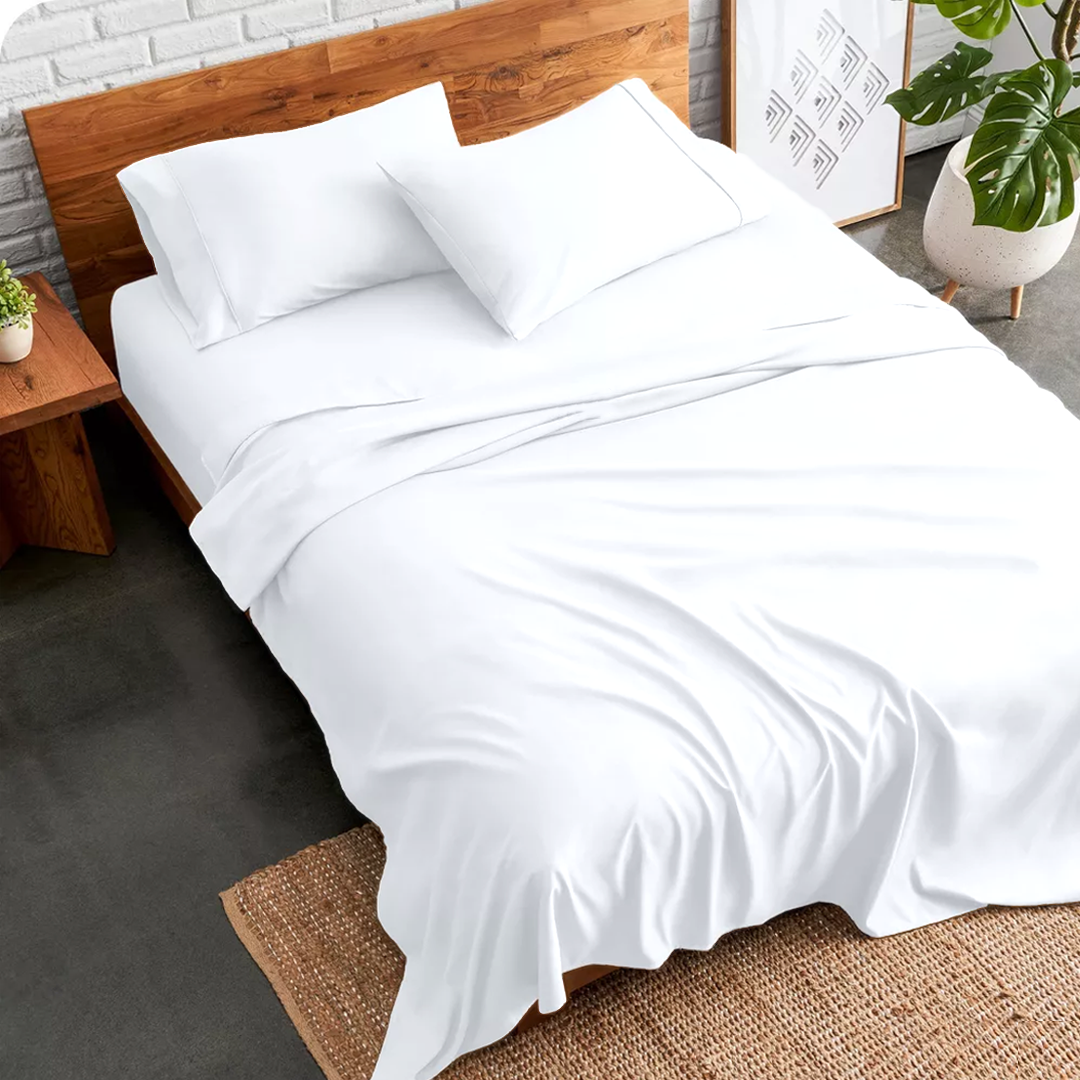
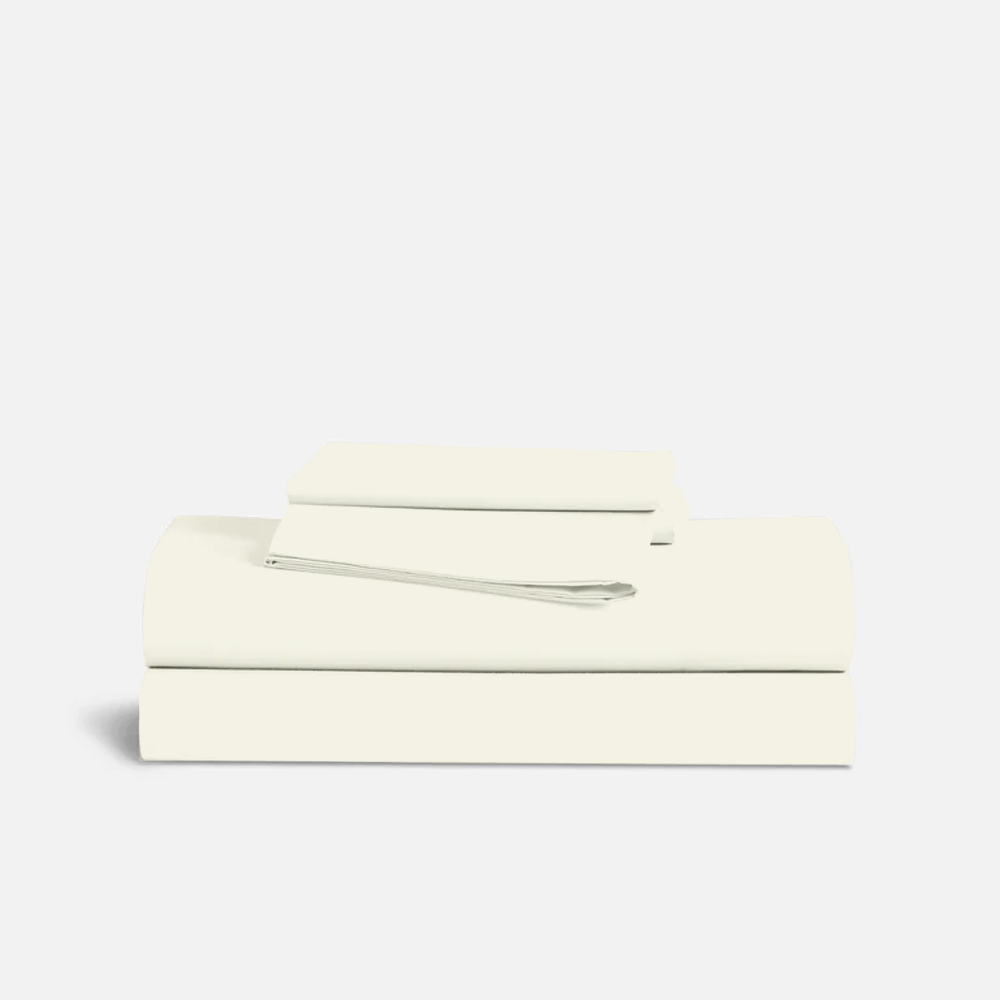
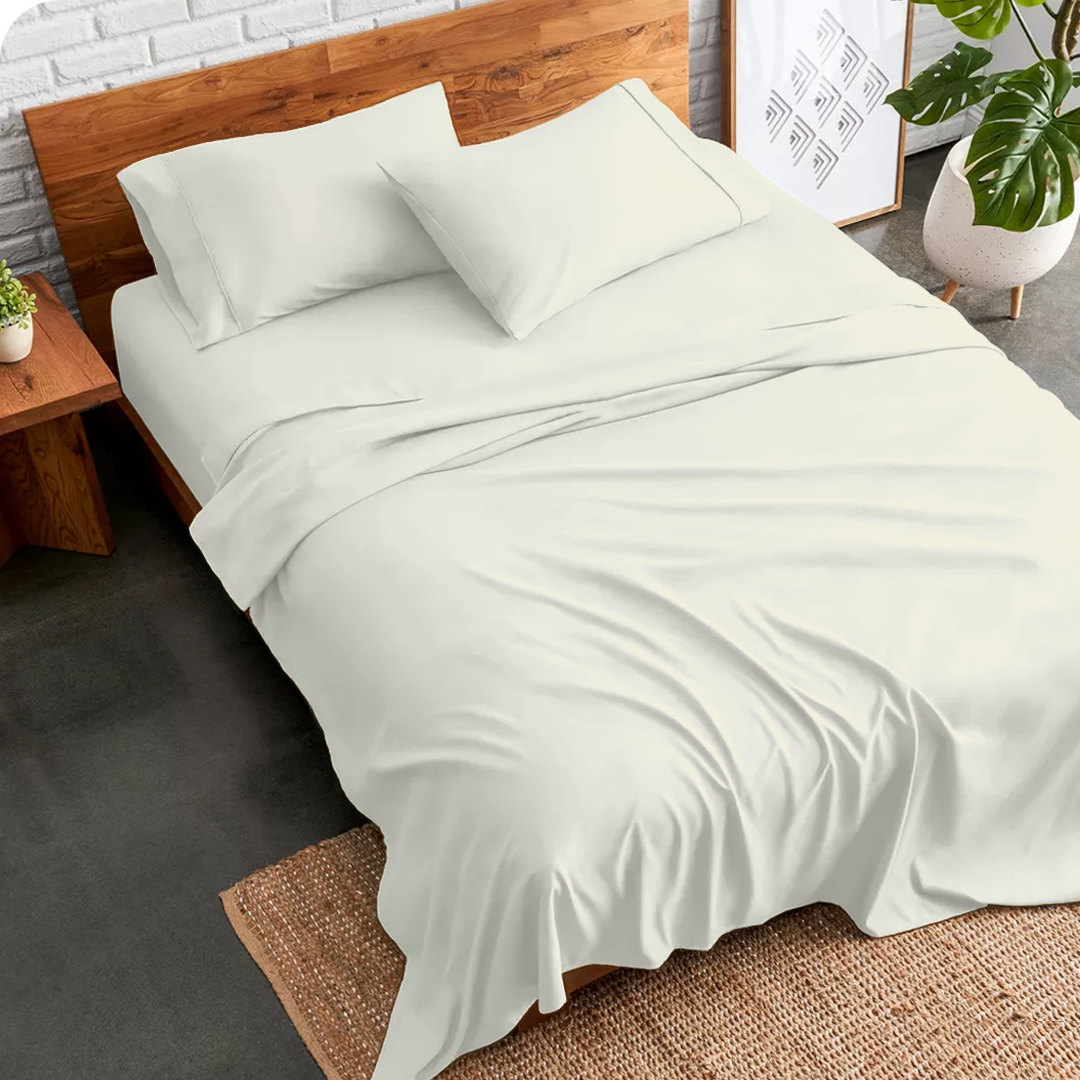
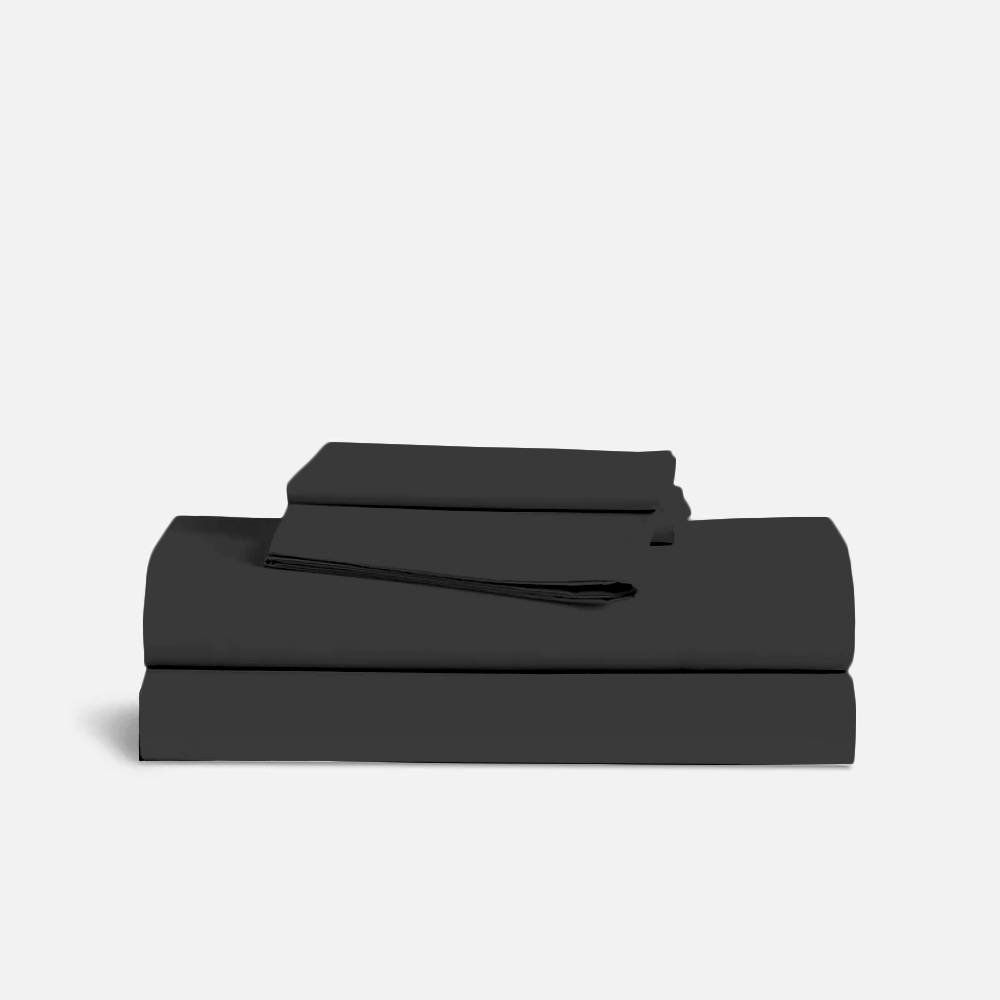
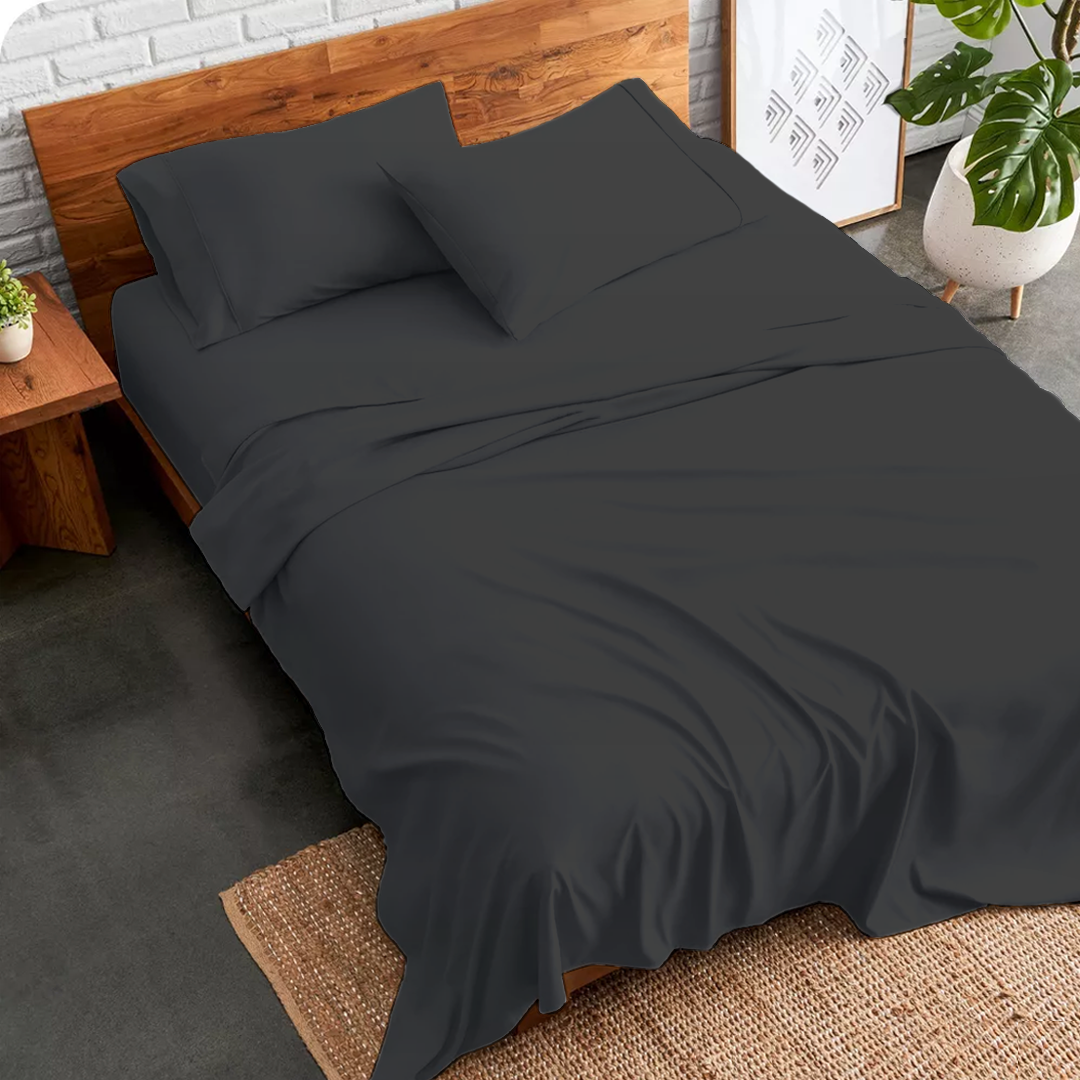
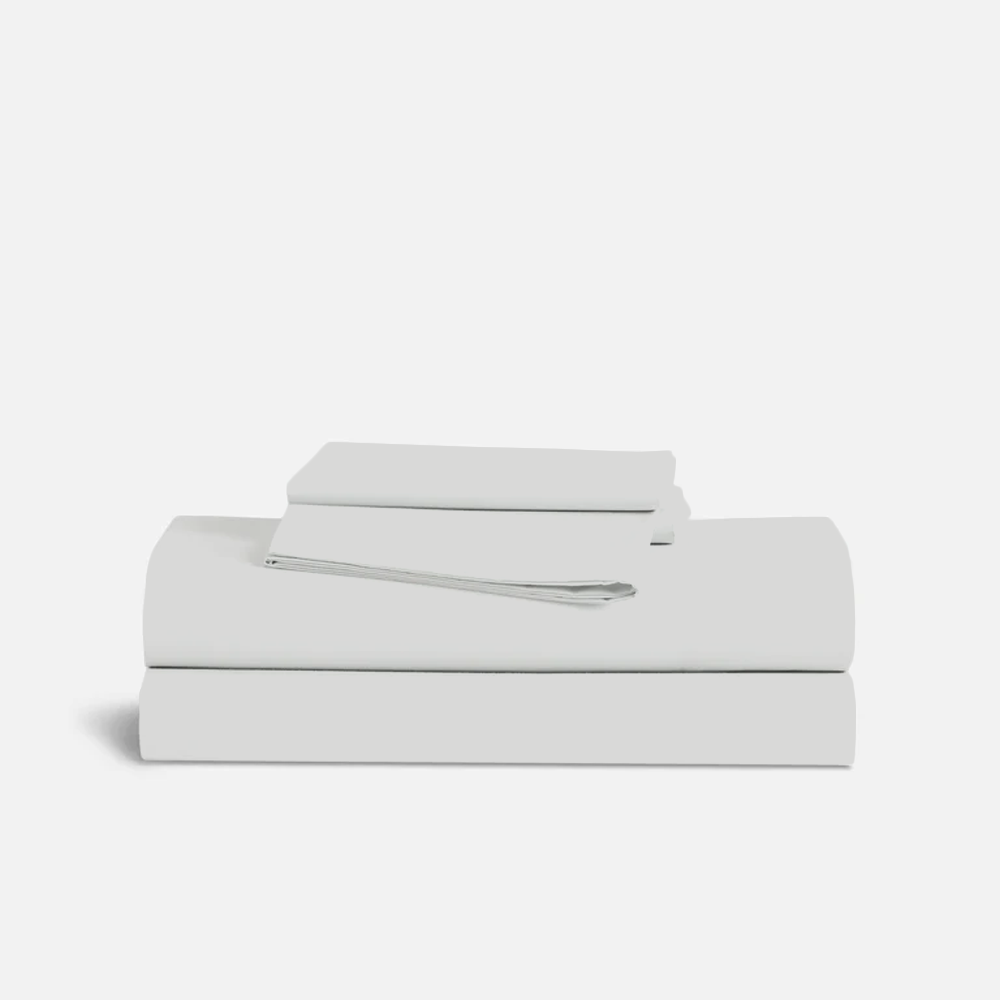
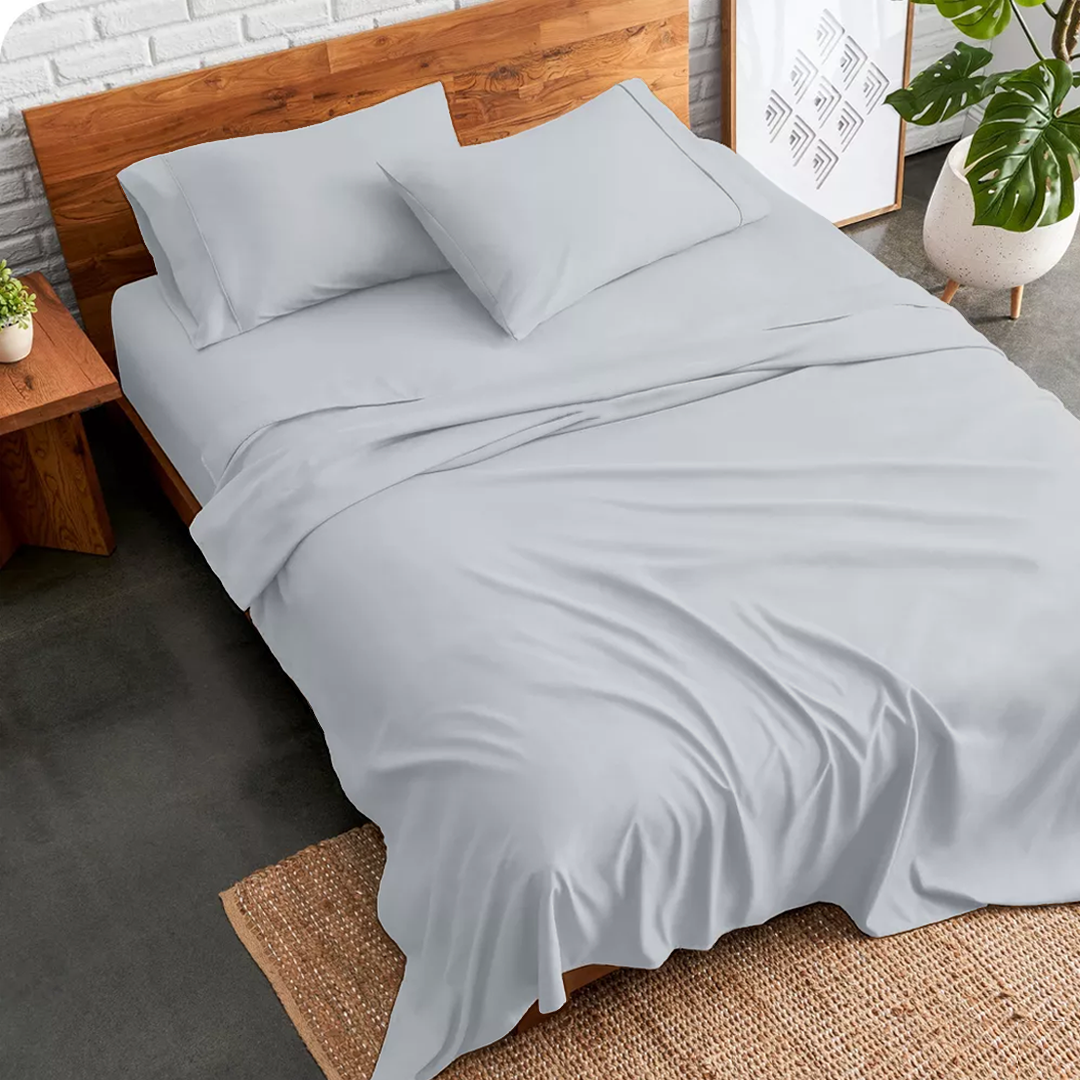
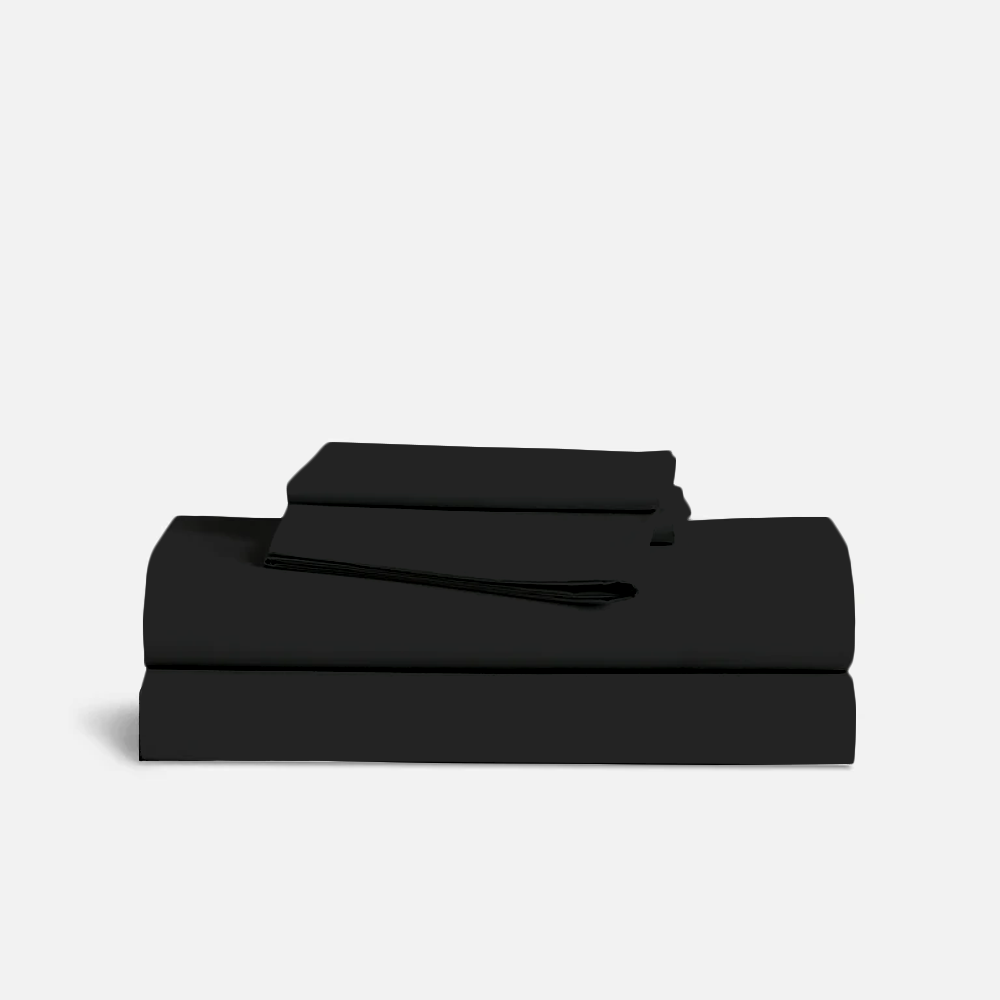
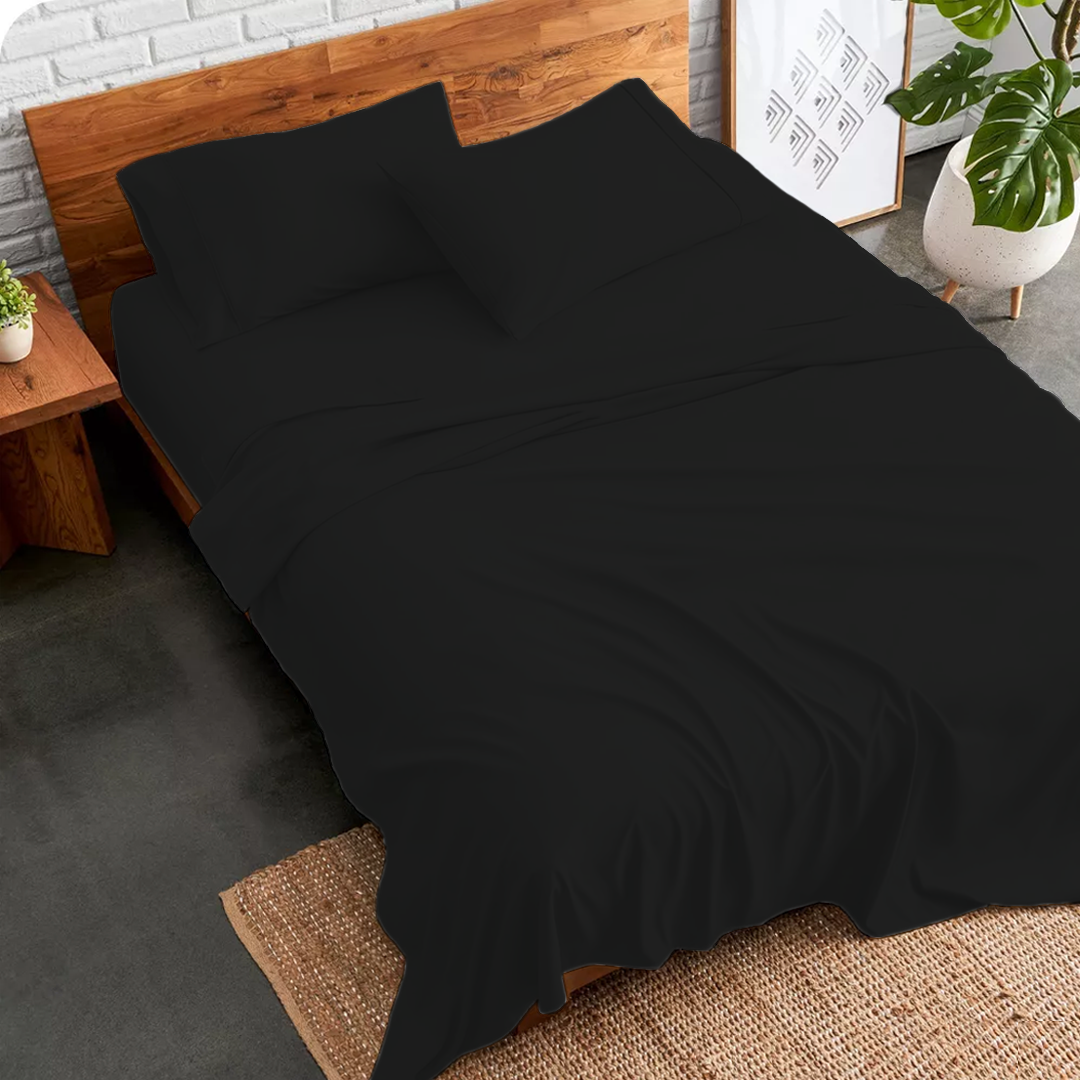
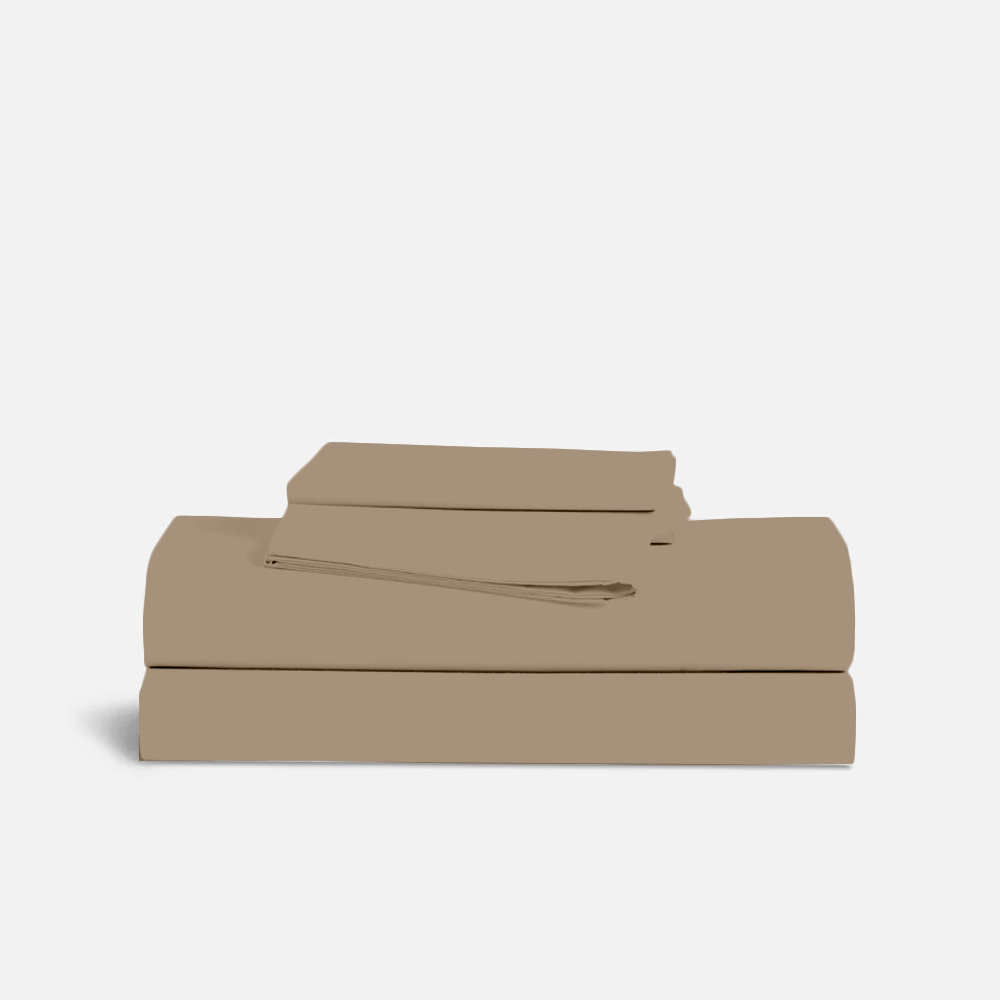
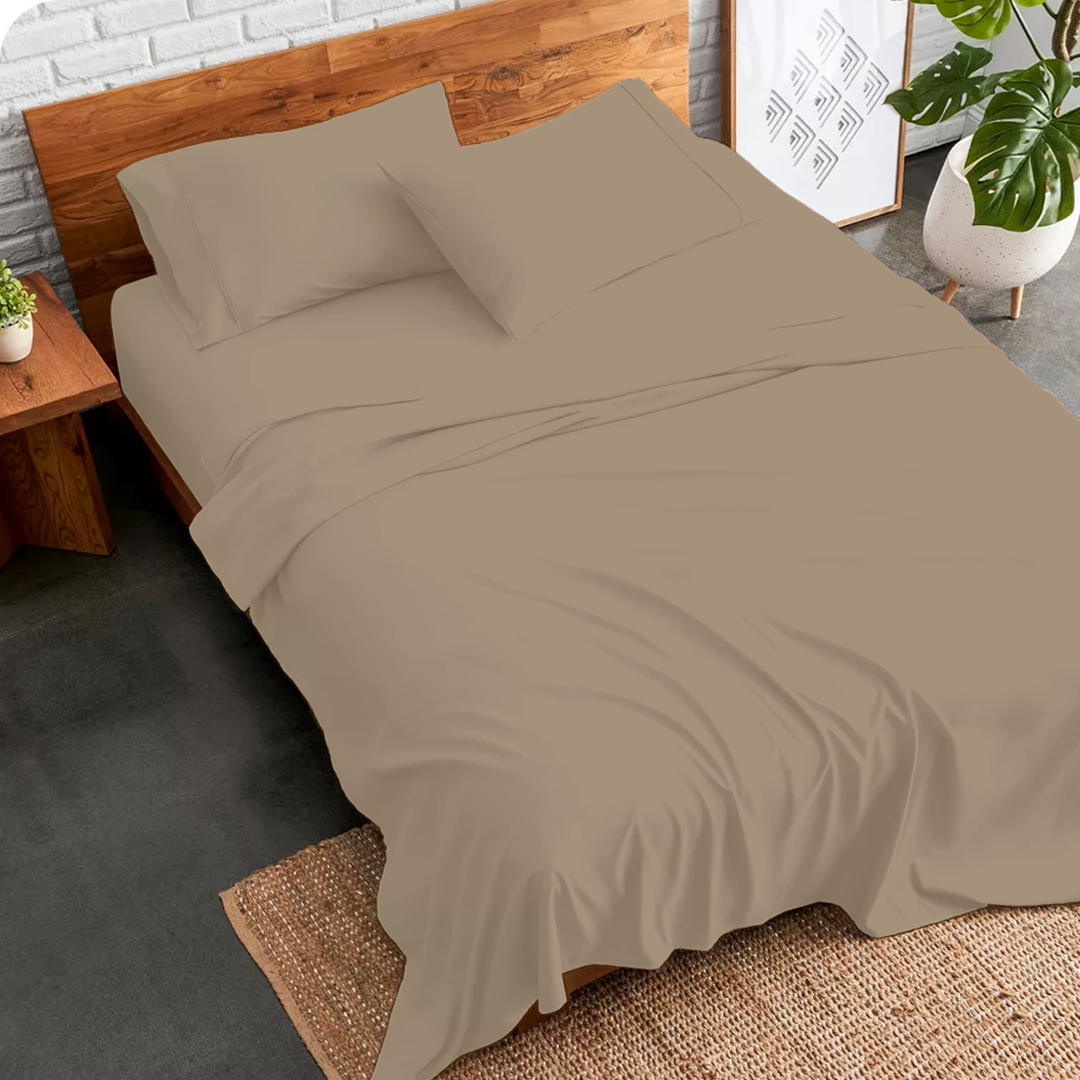
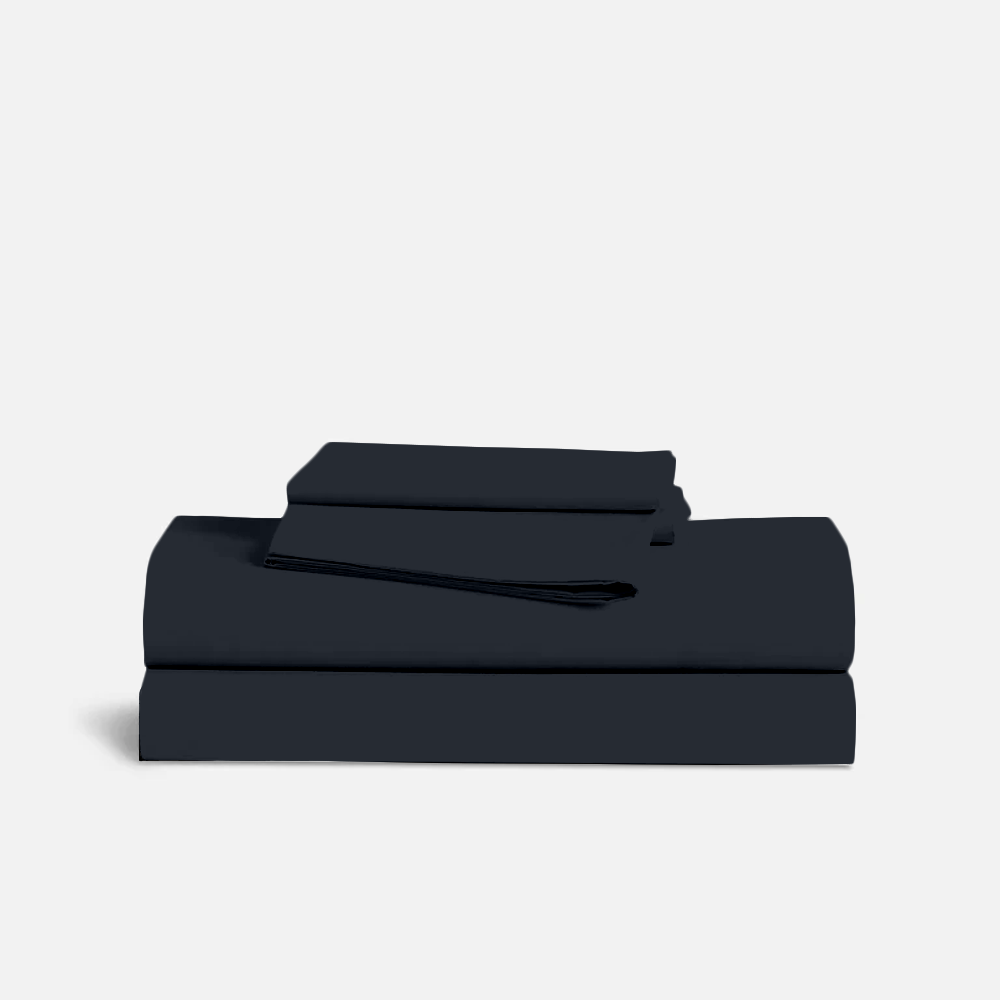
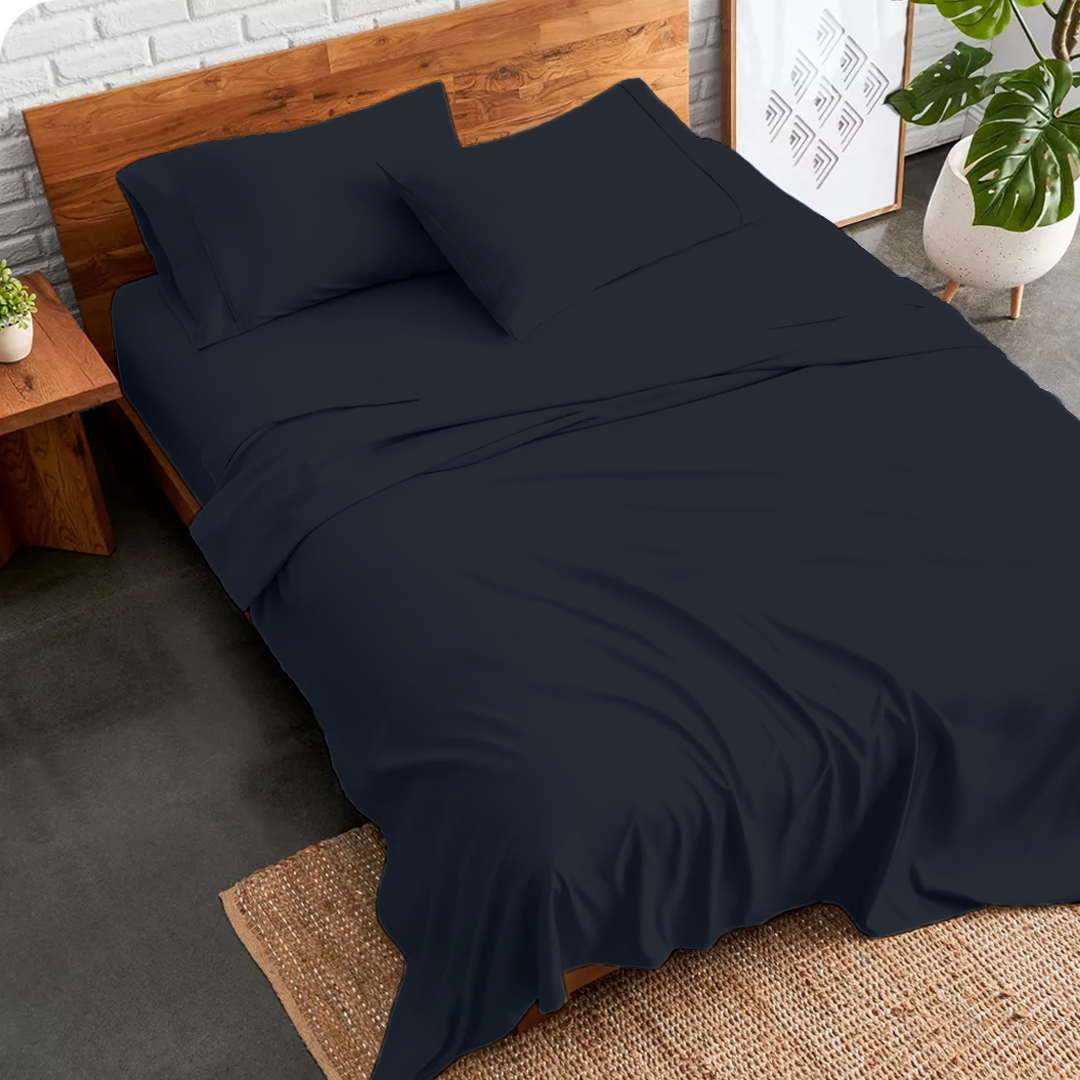
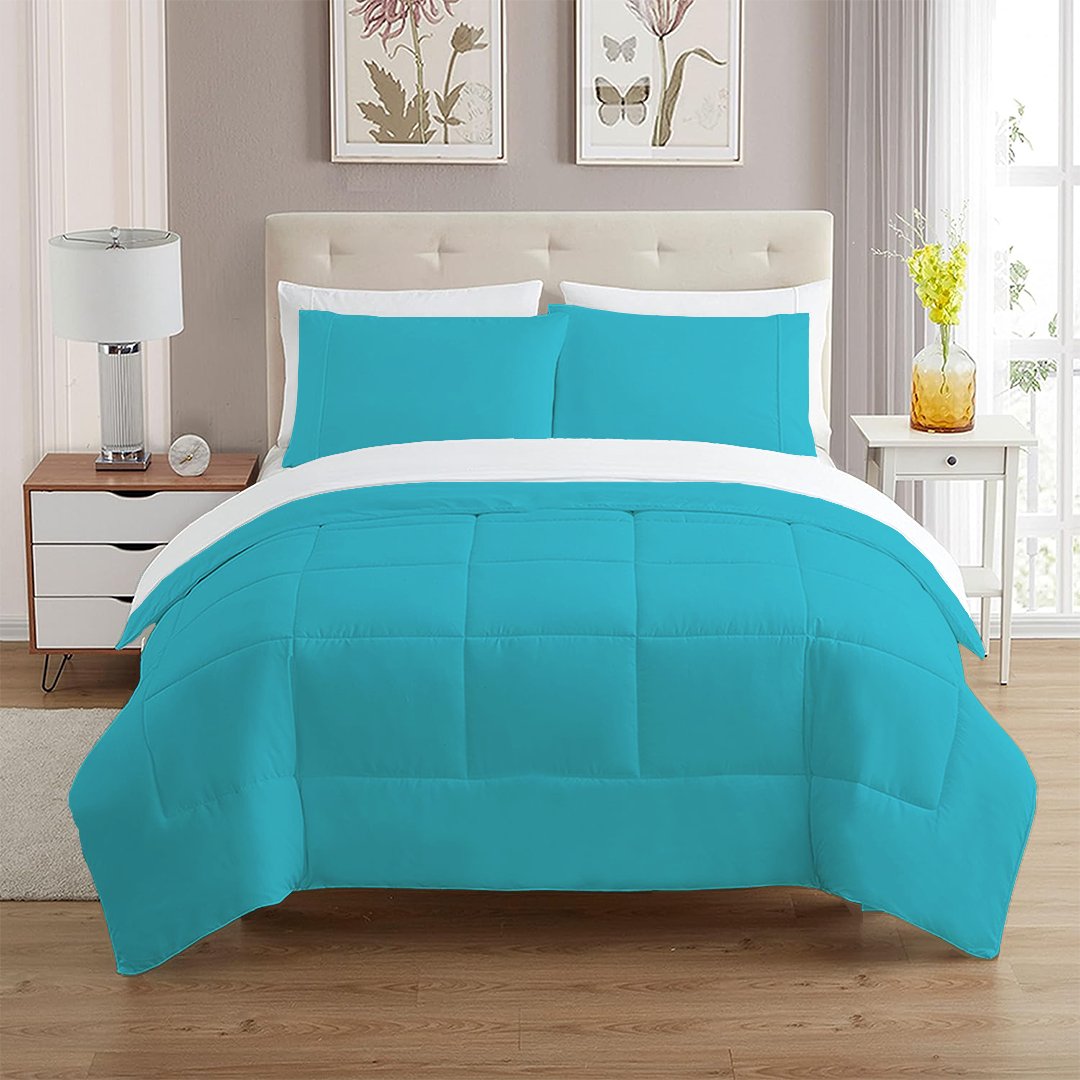
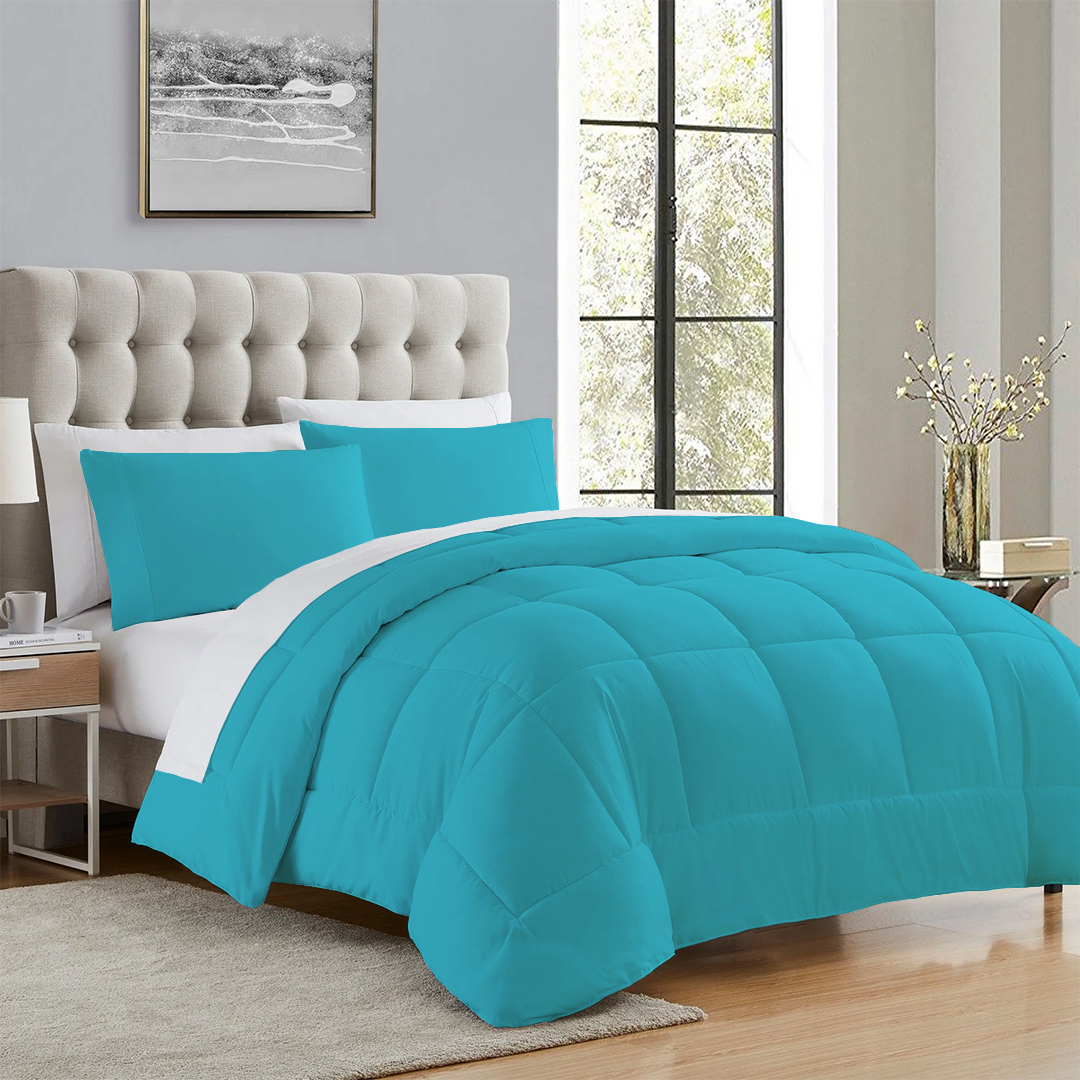
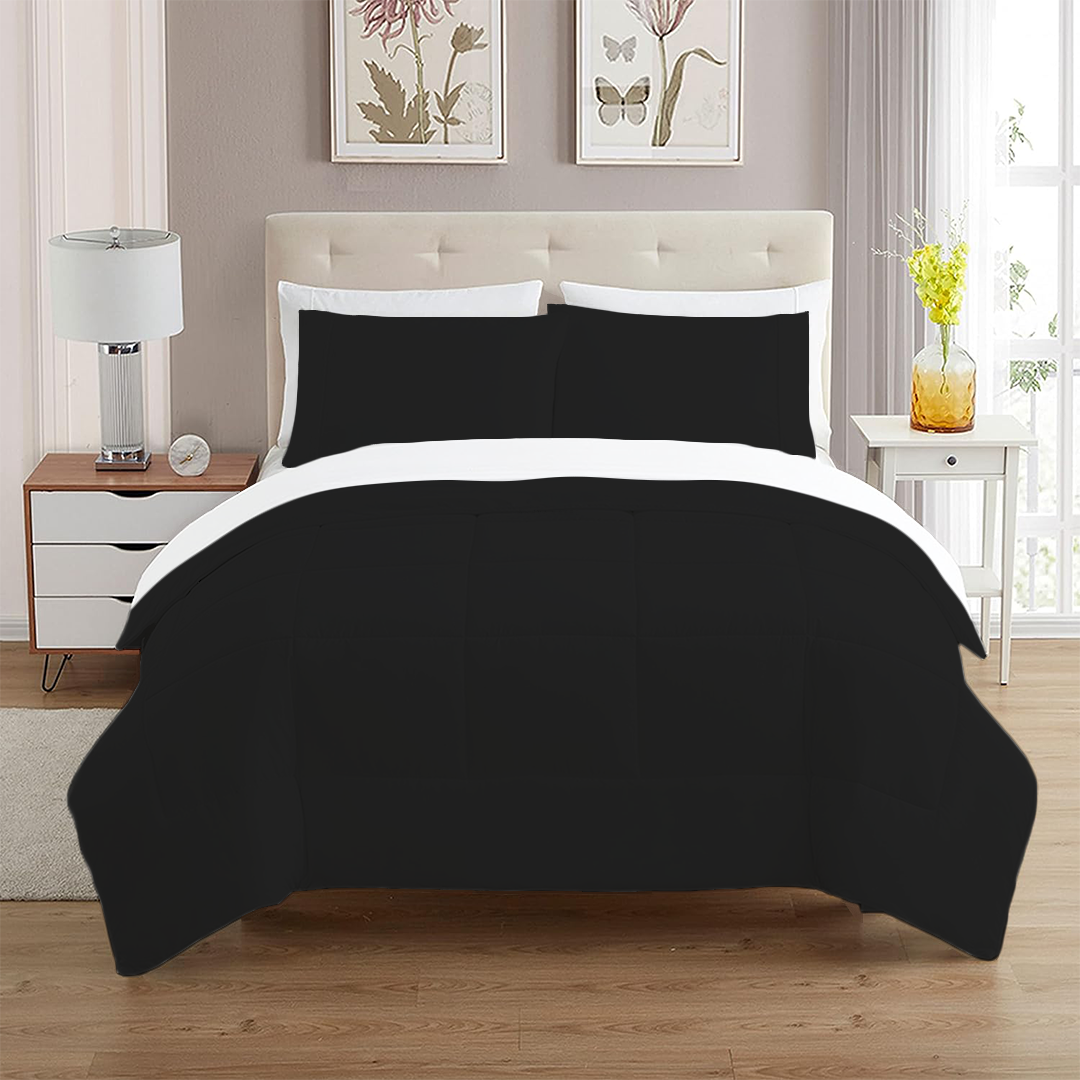
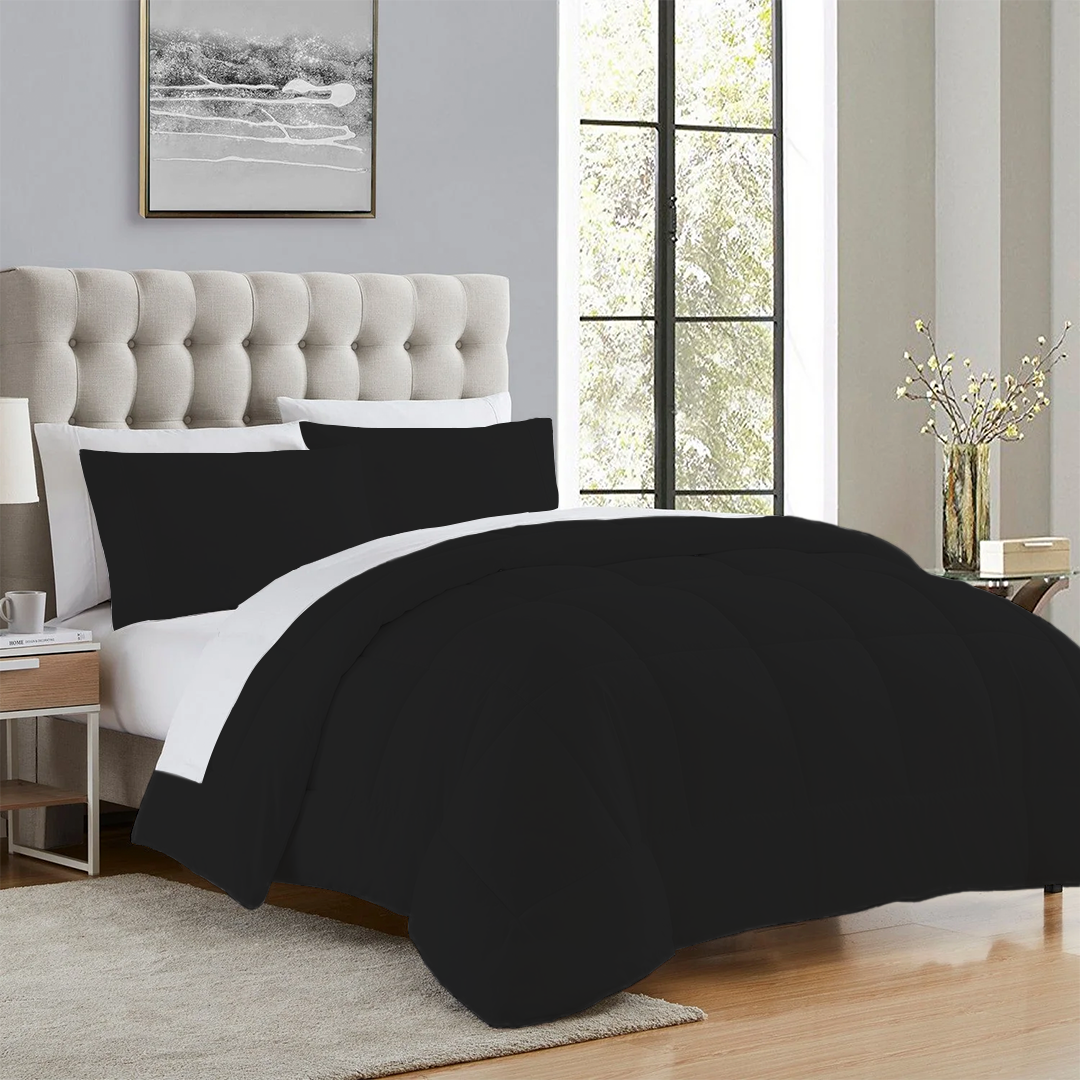
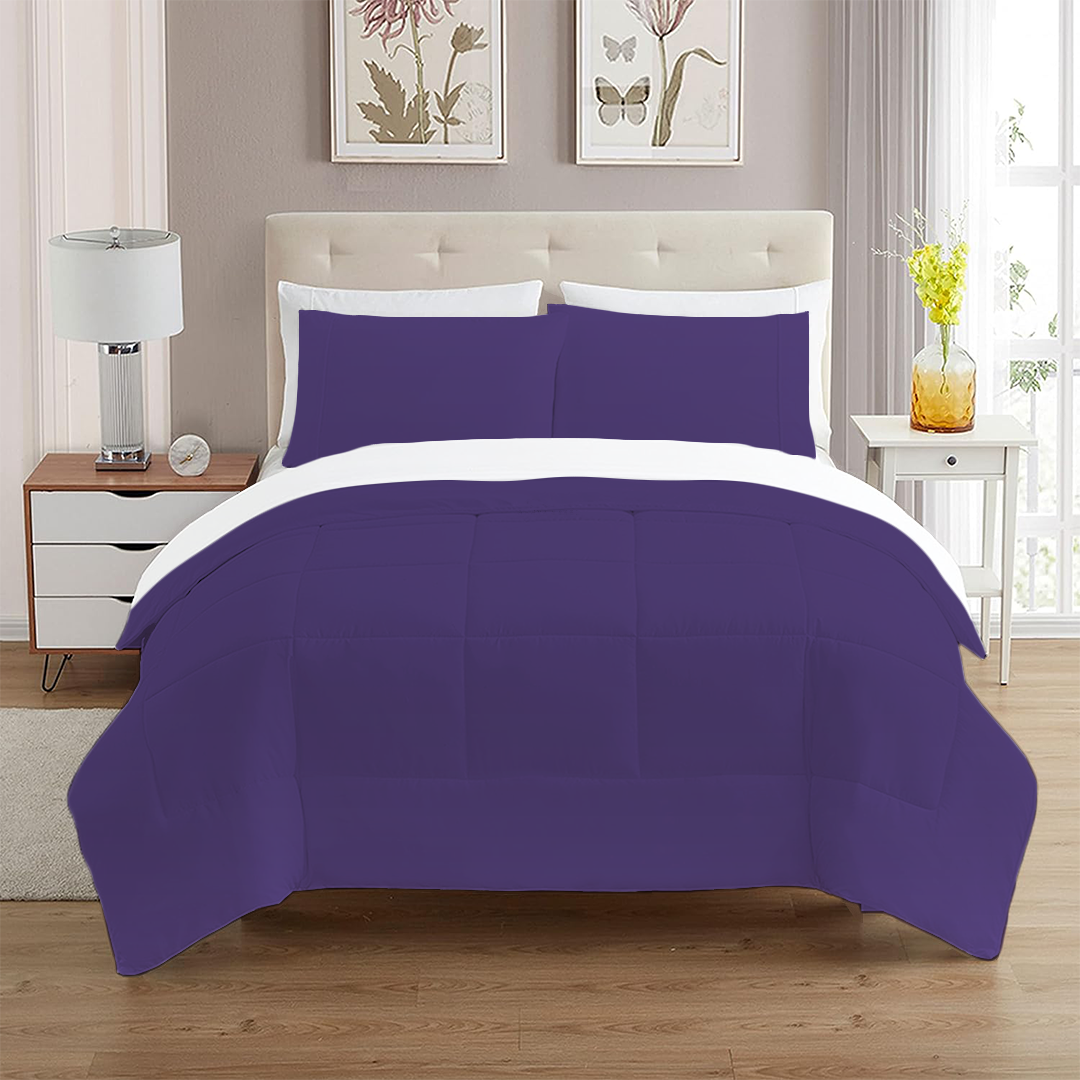
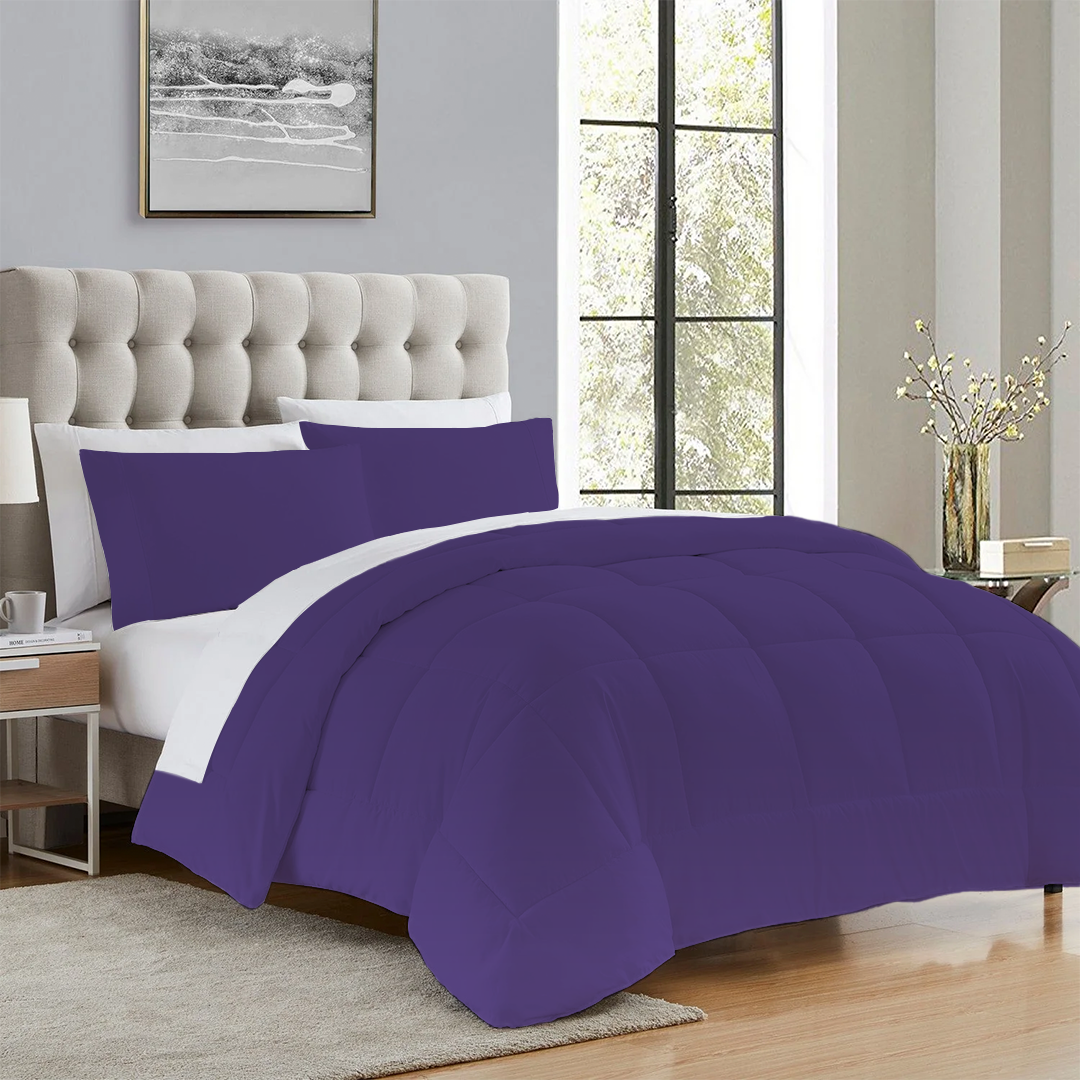
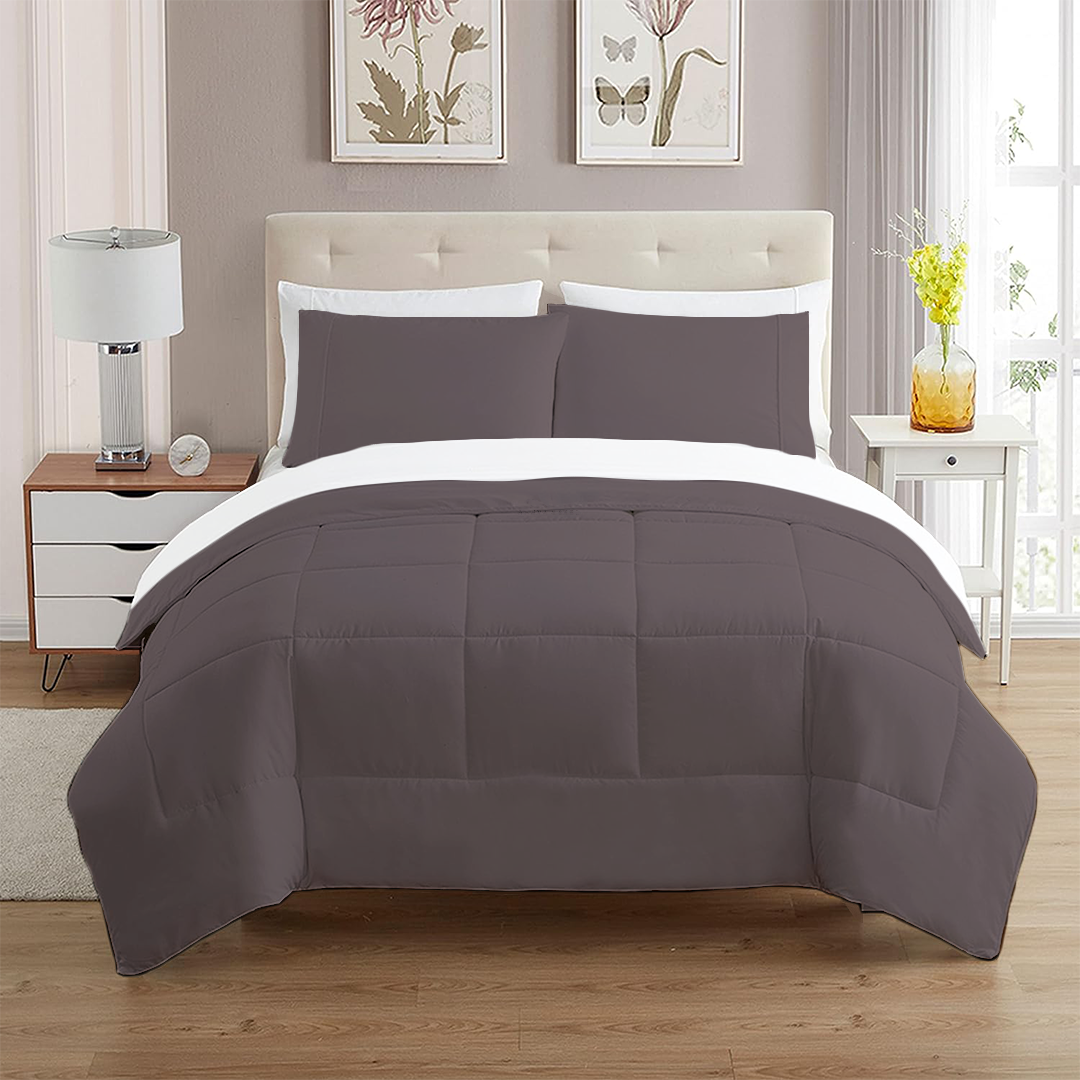
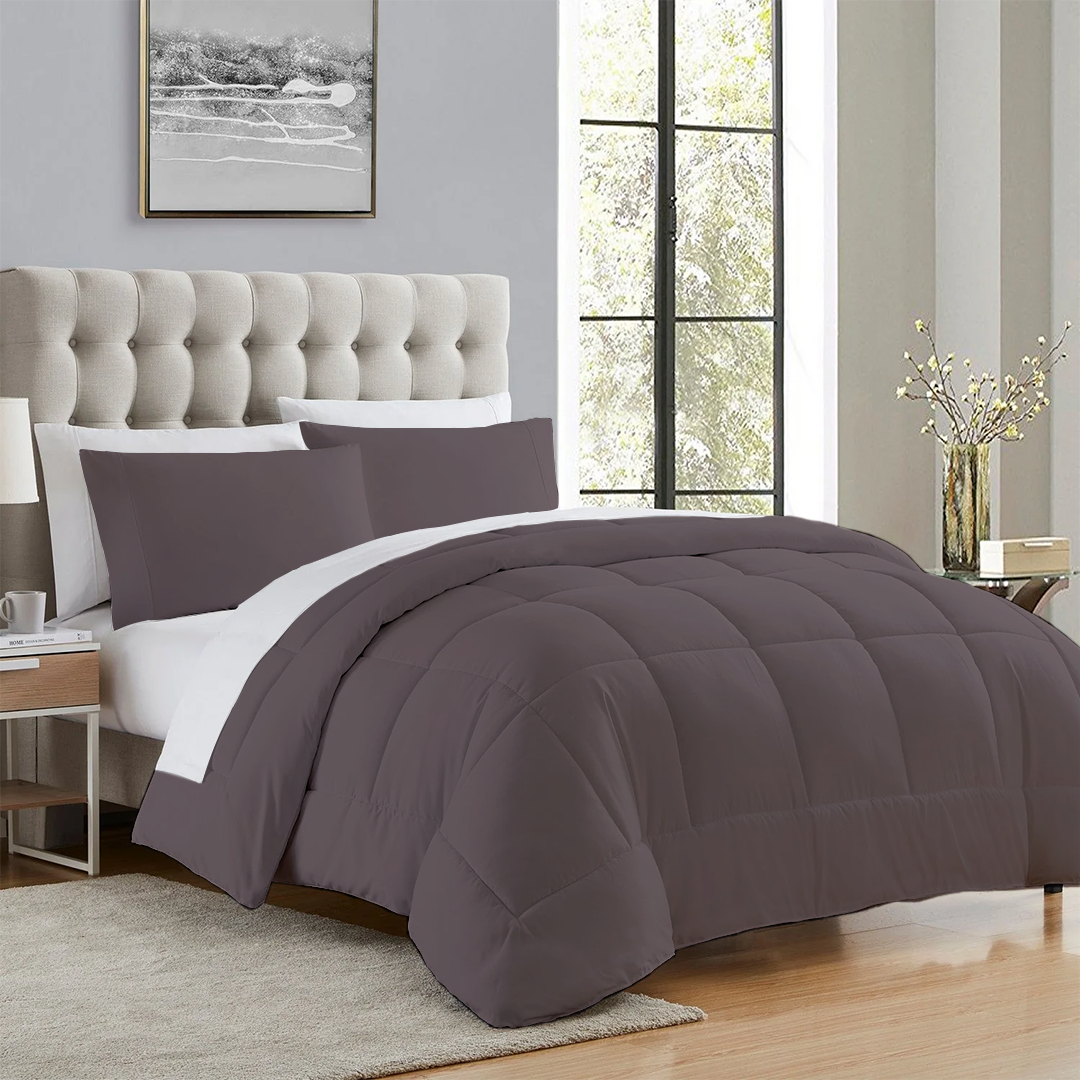
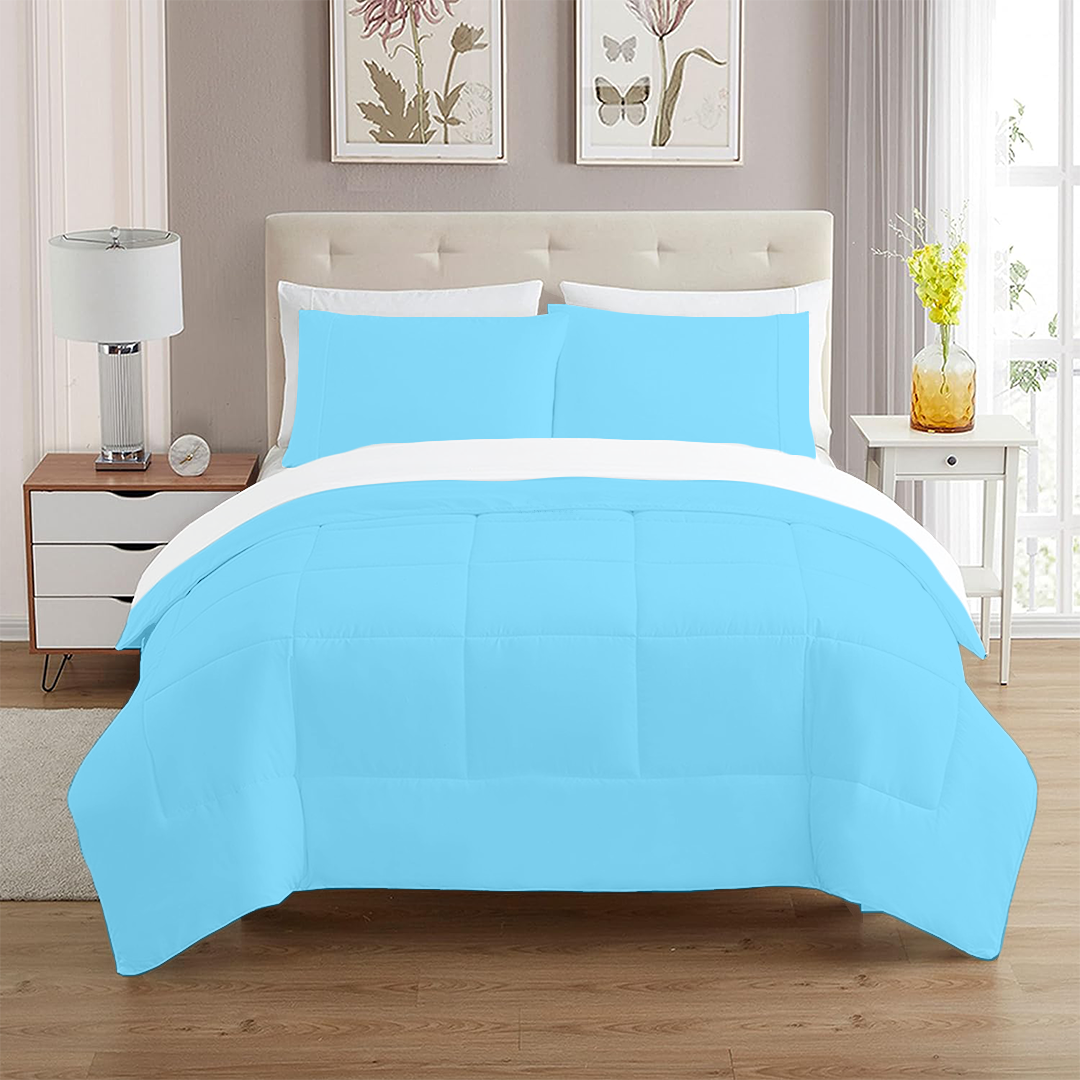
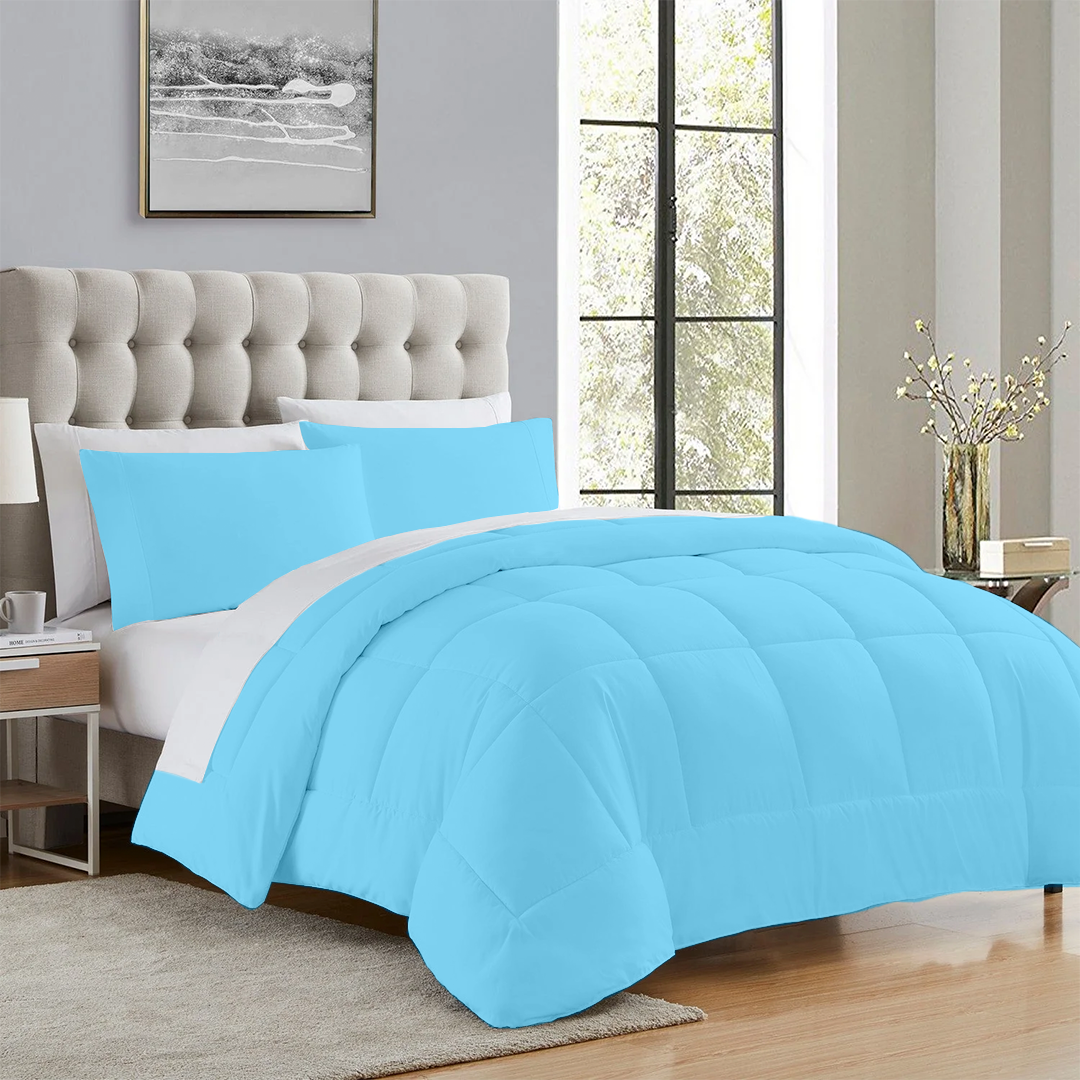
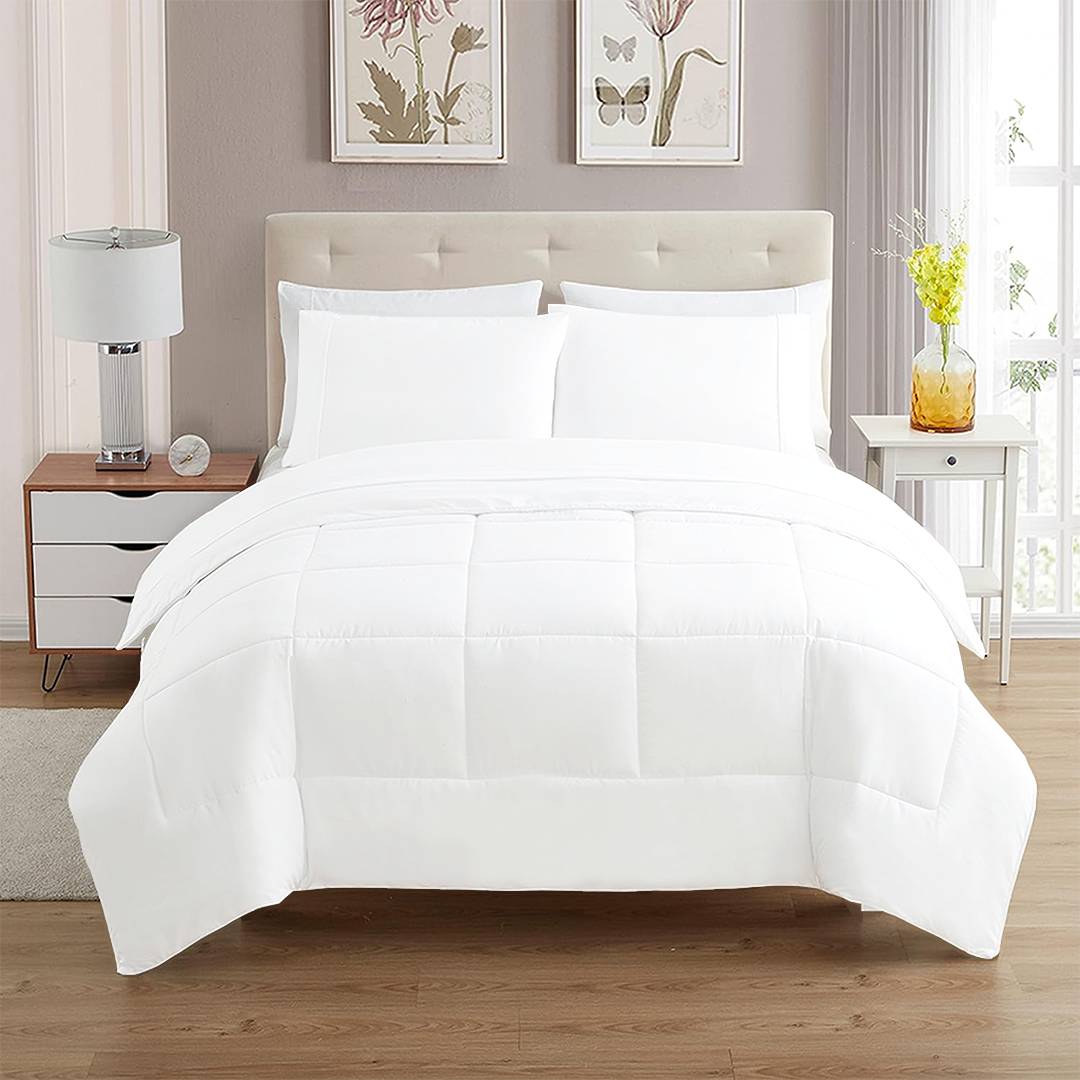
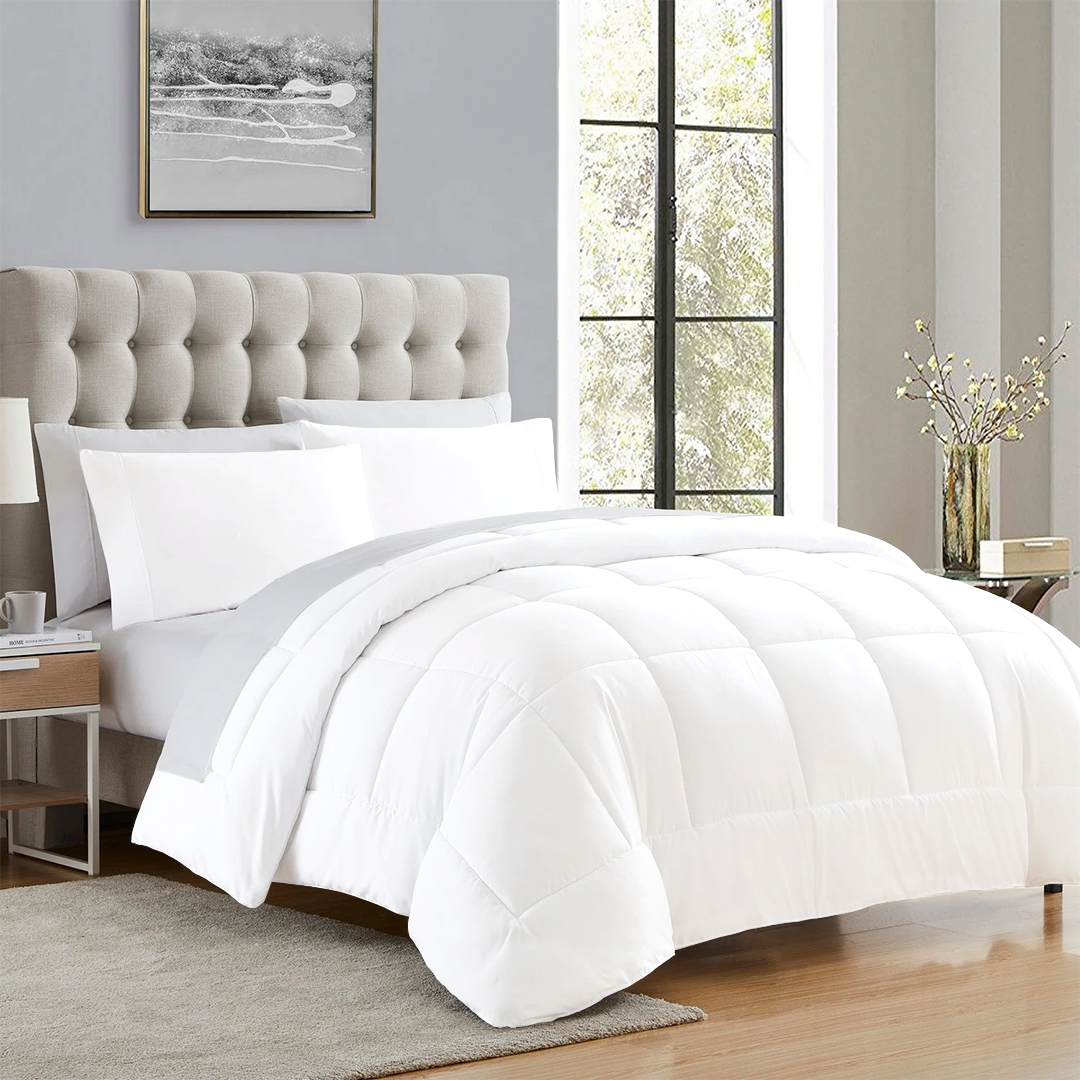
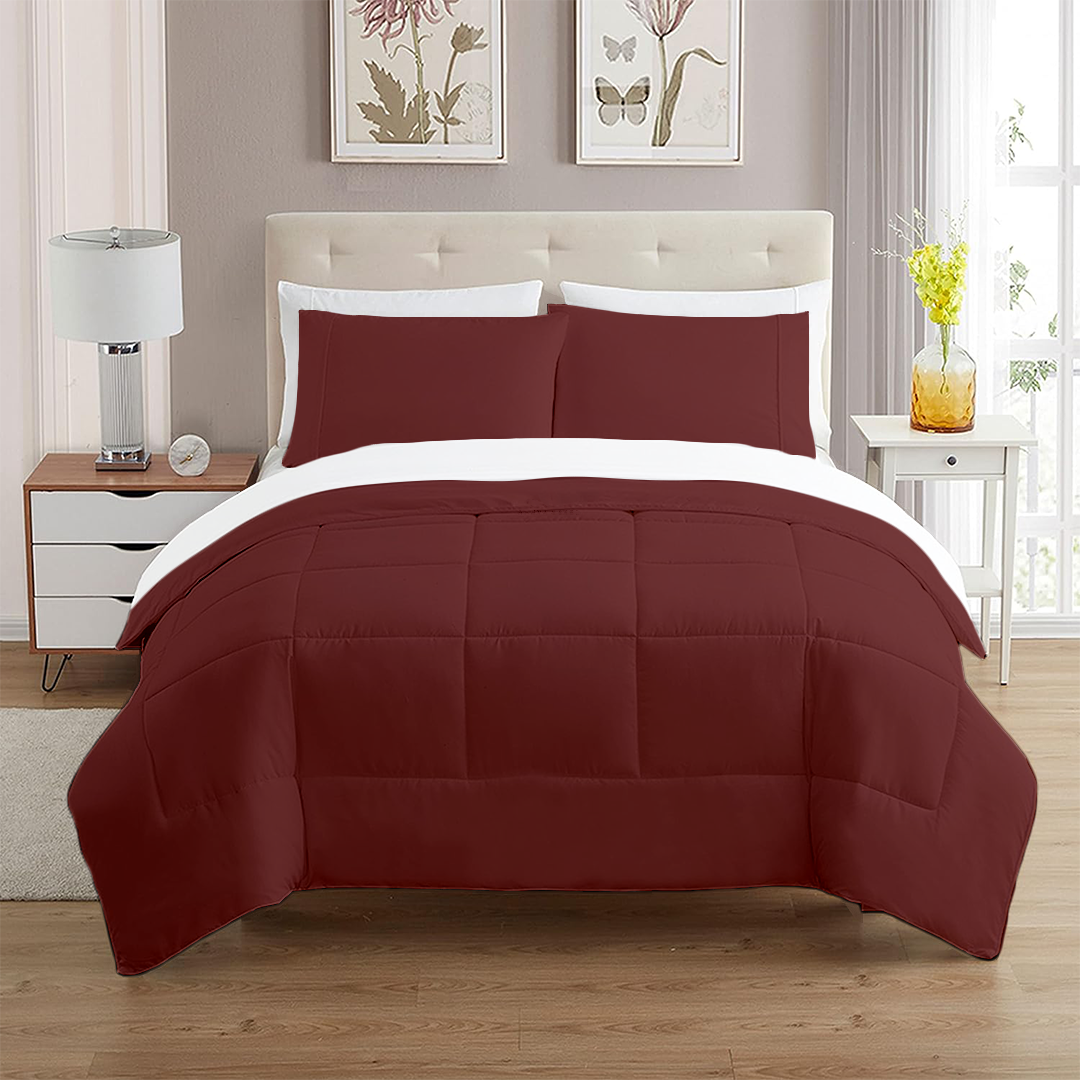
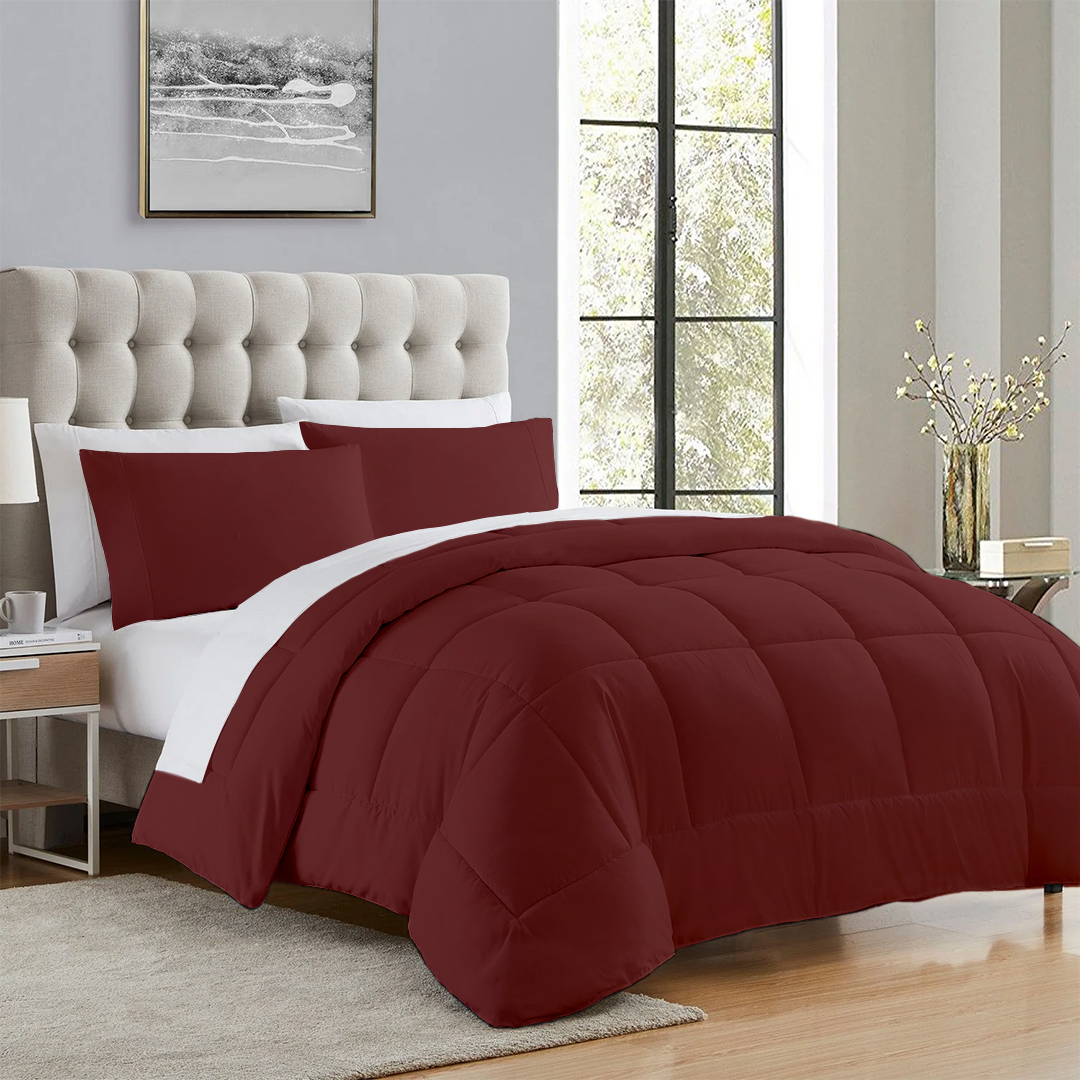
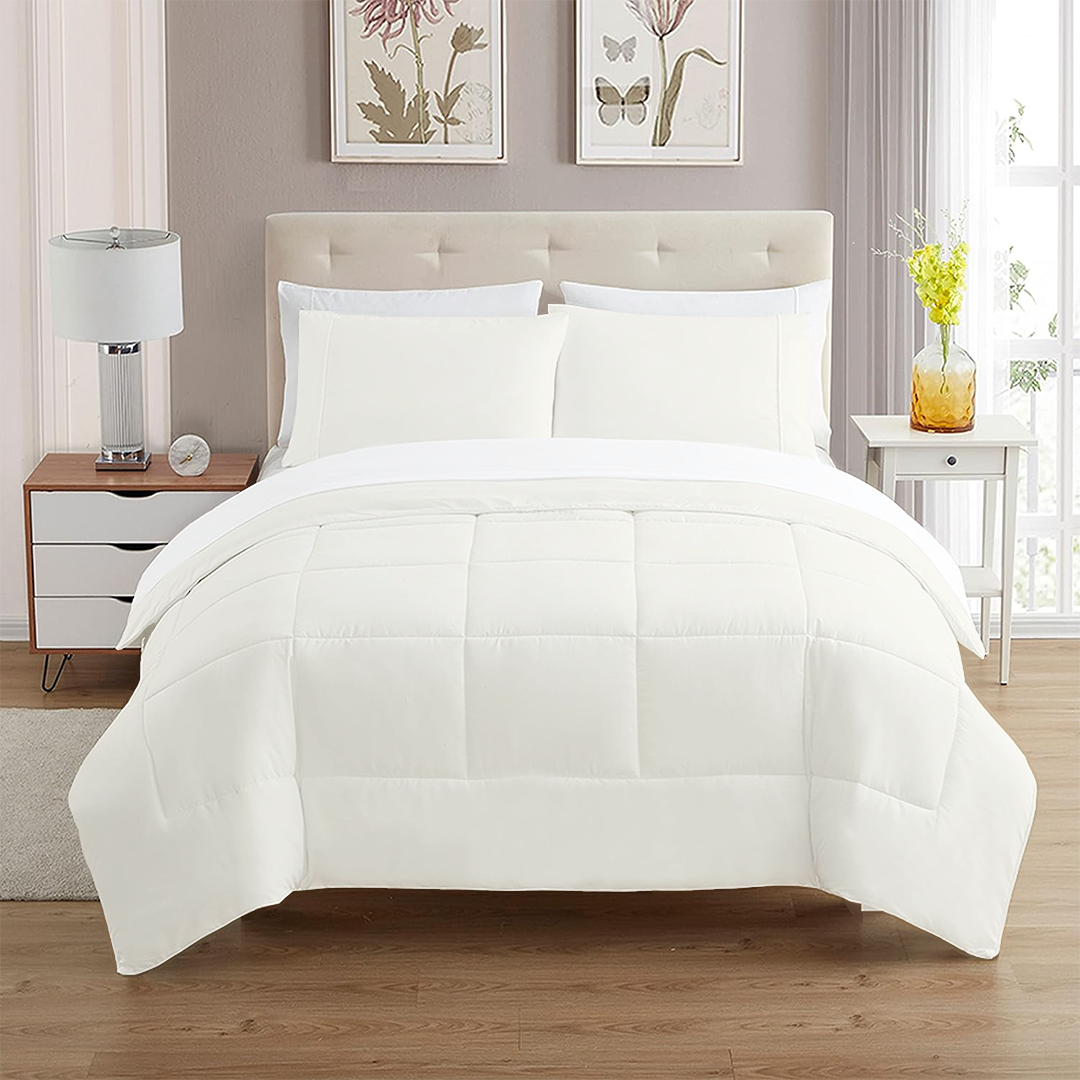
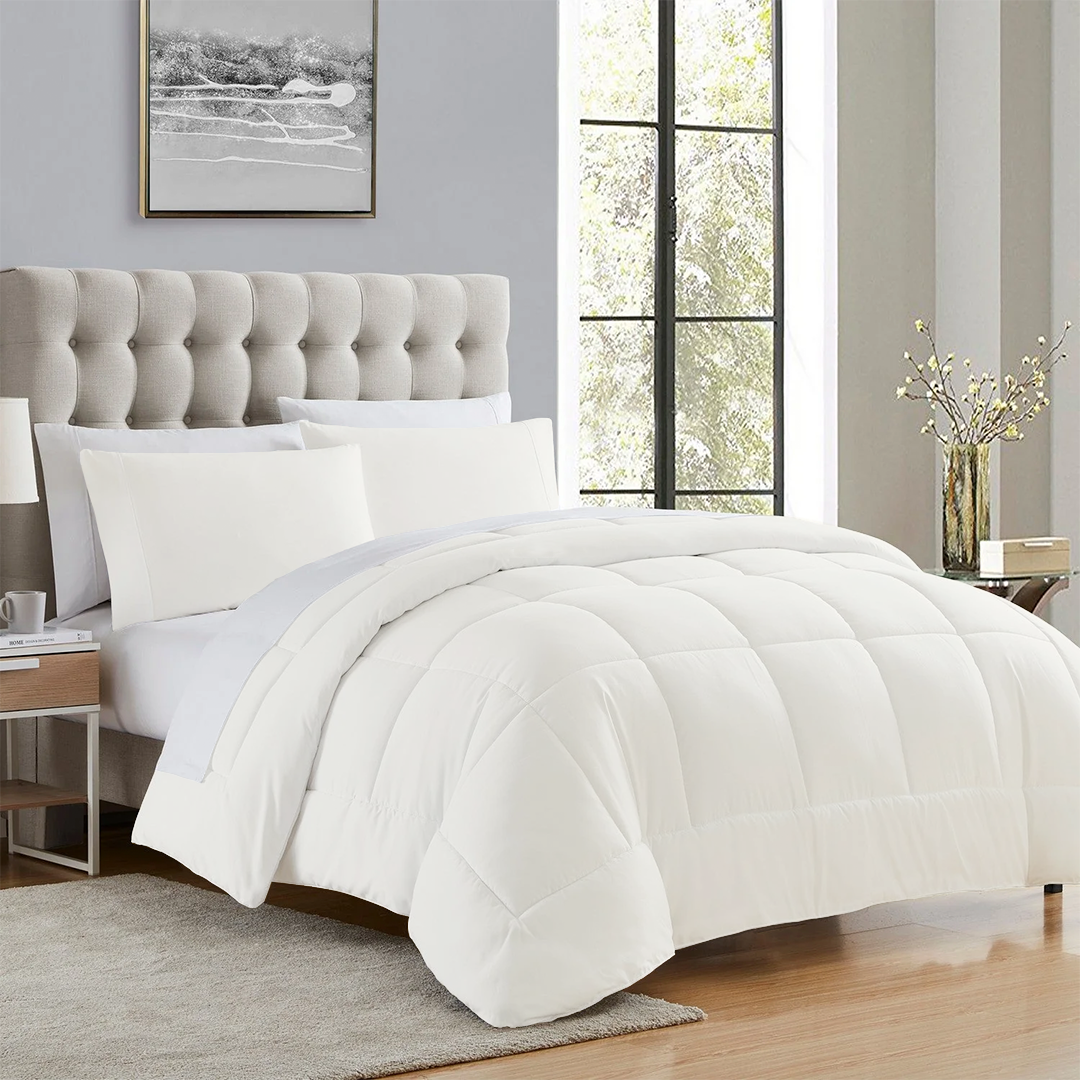
Leave a comment
This site is protected by hCaptcha and the hCaptcha Privacy Policy and Terms of Service apply.